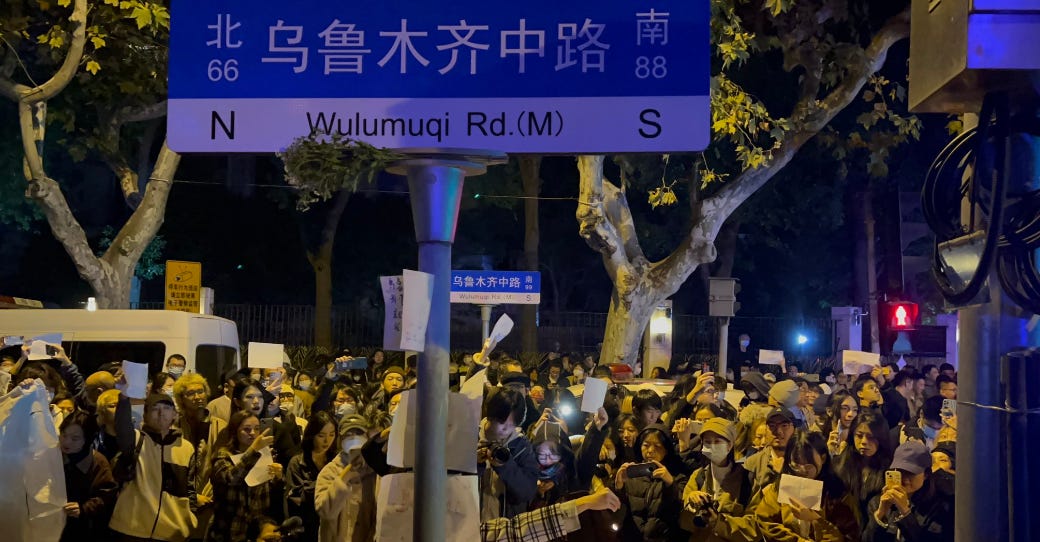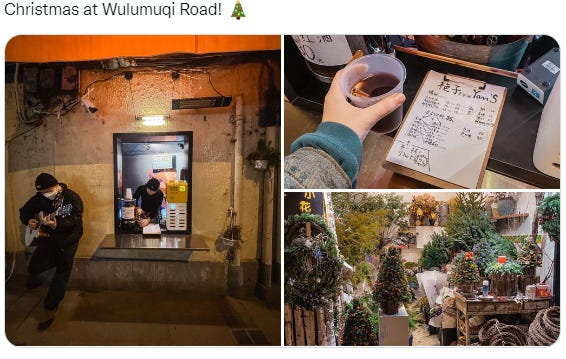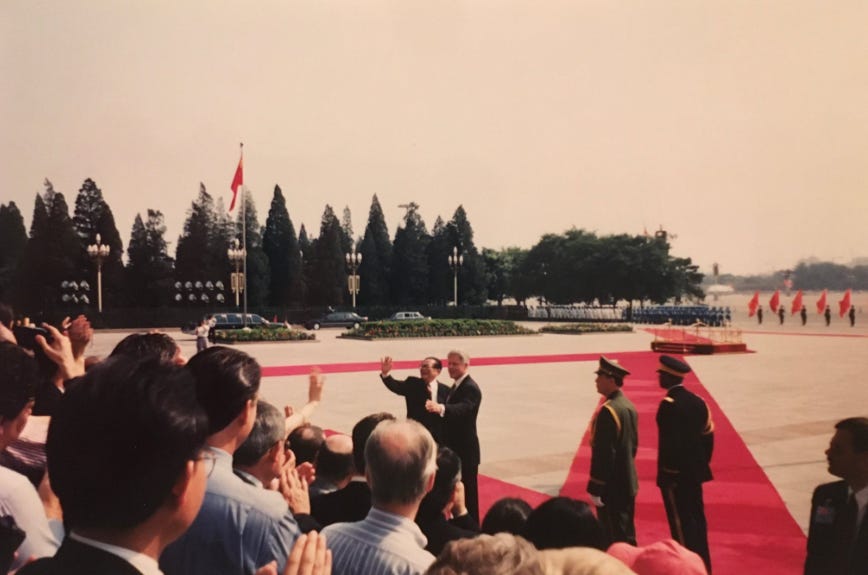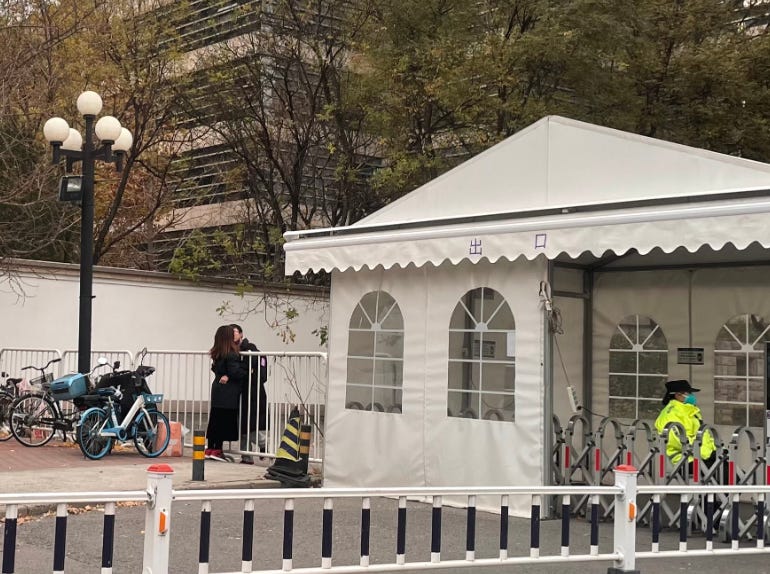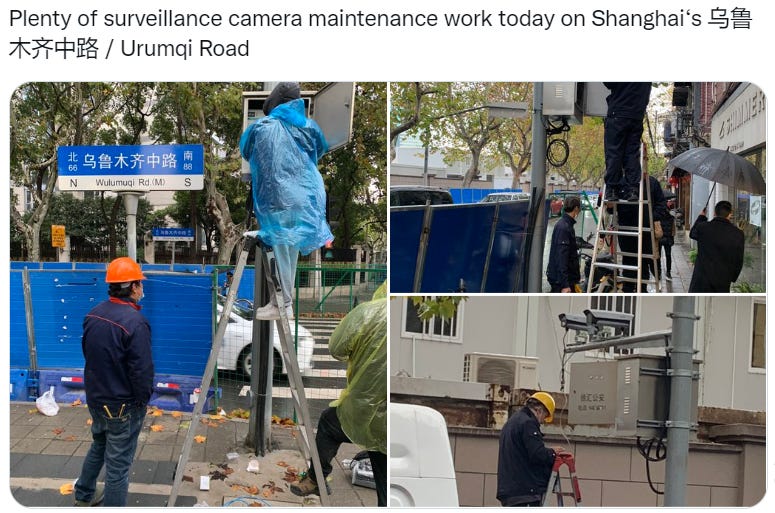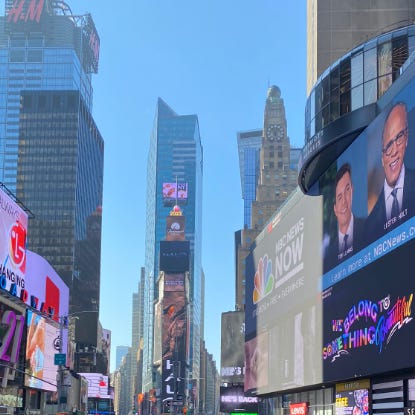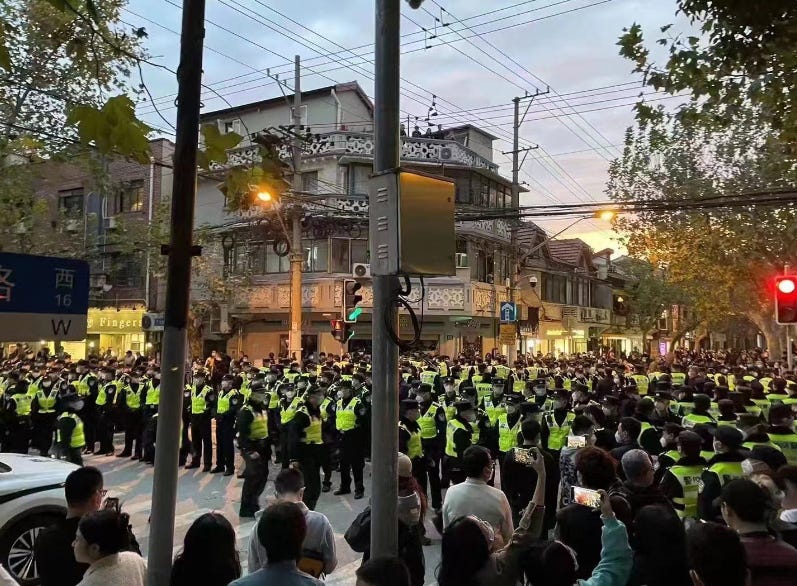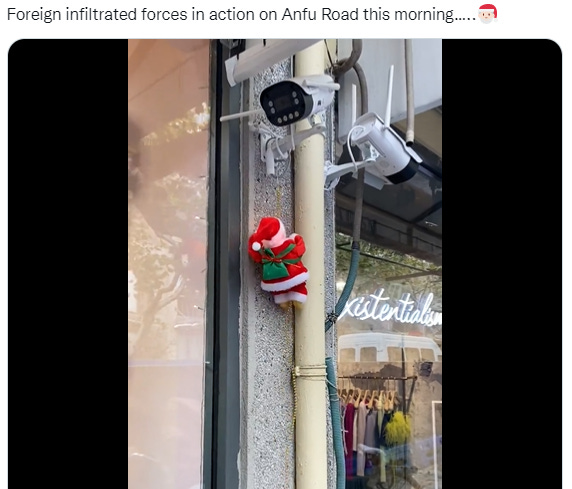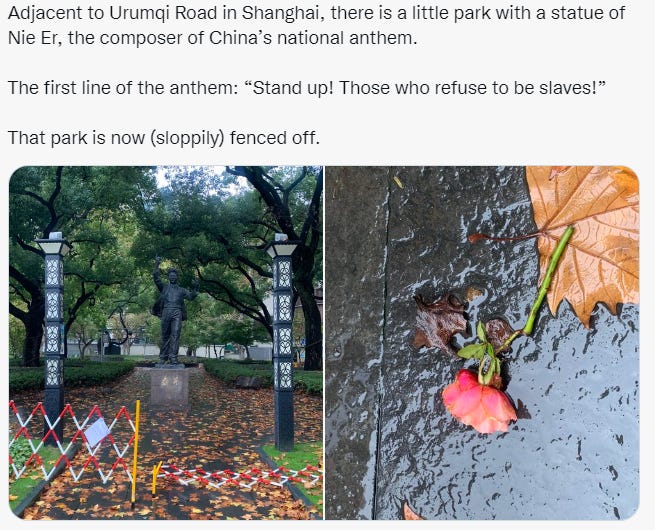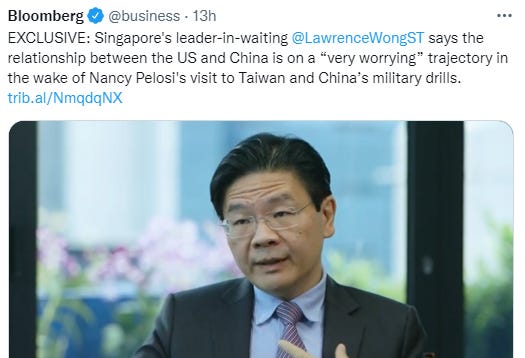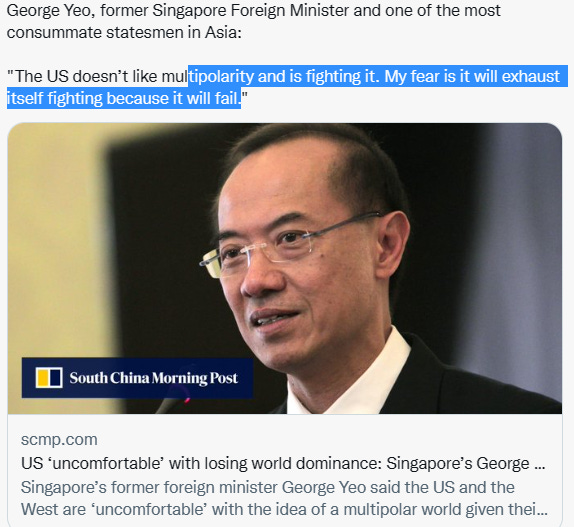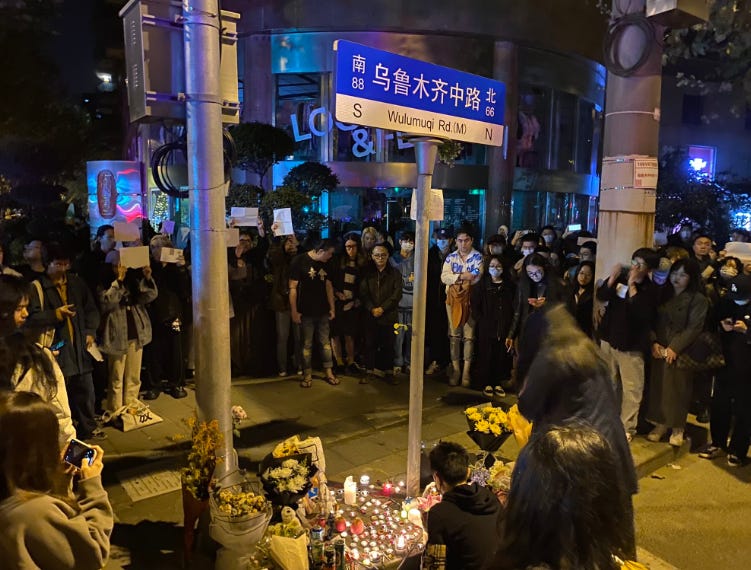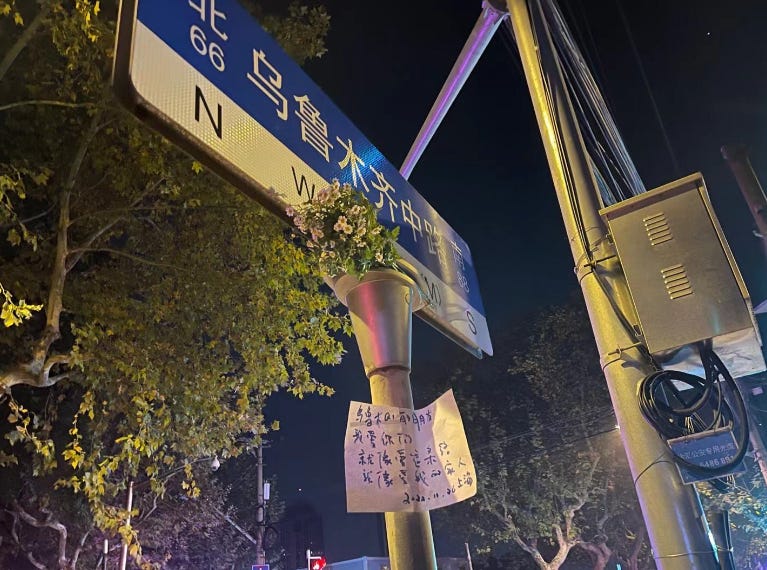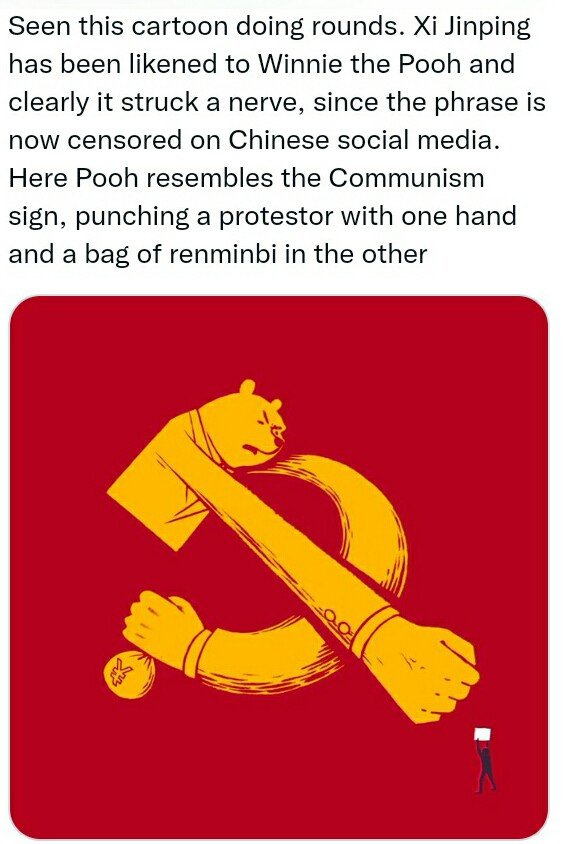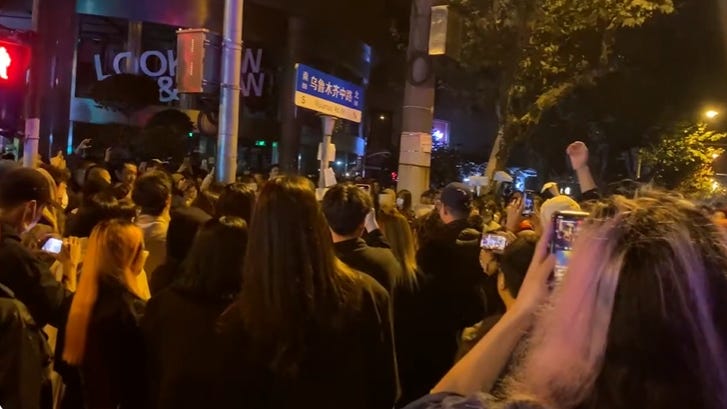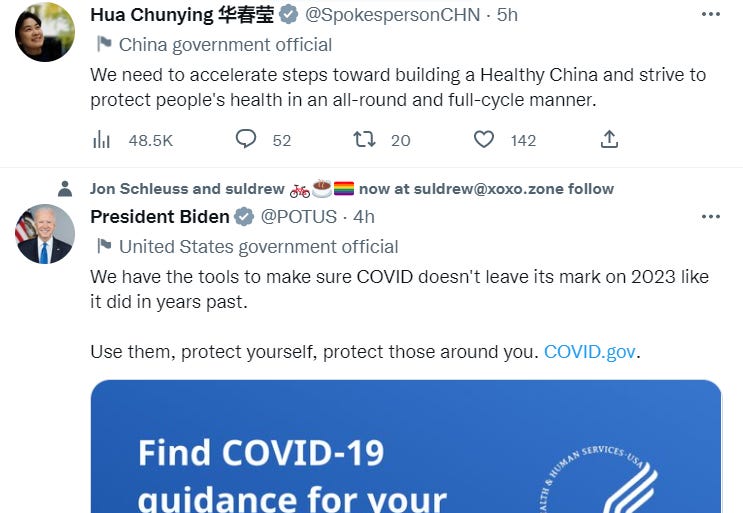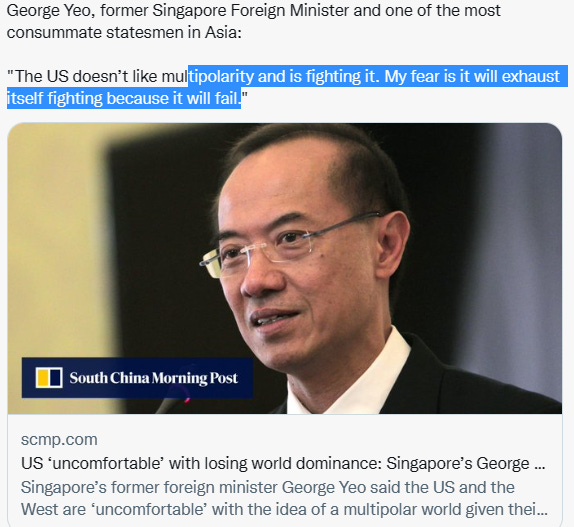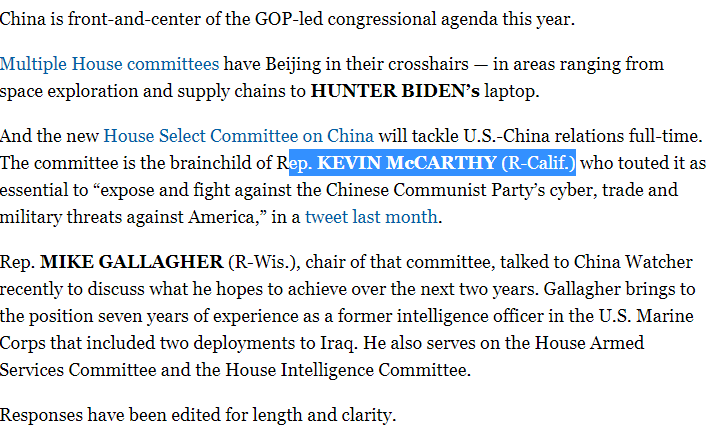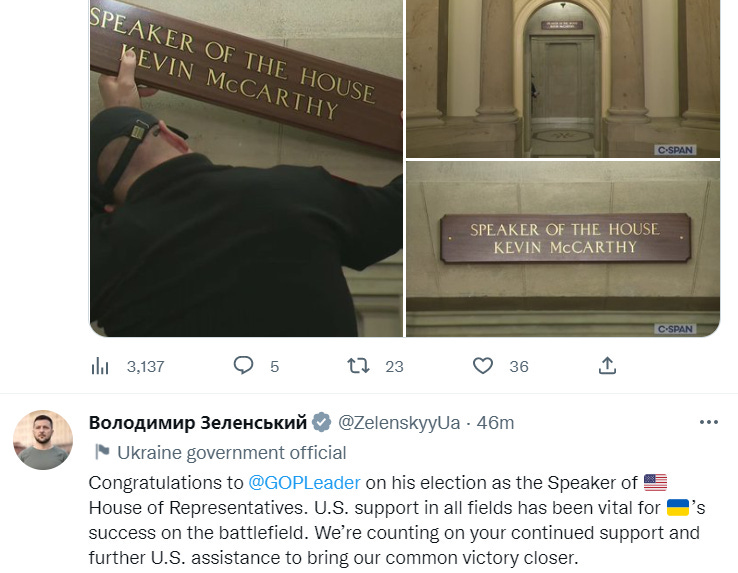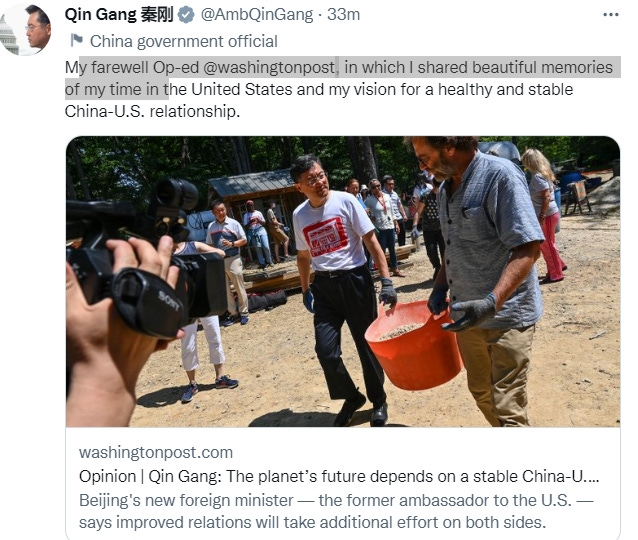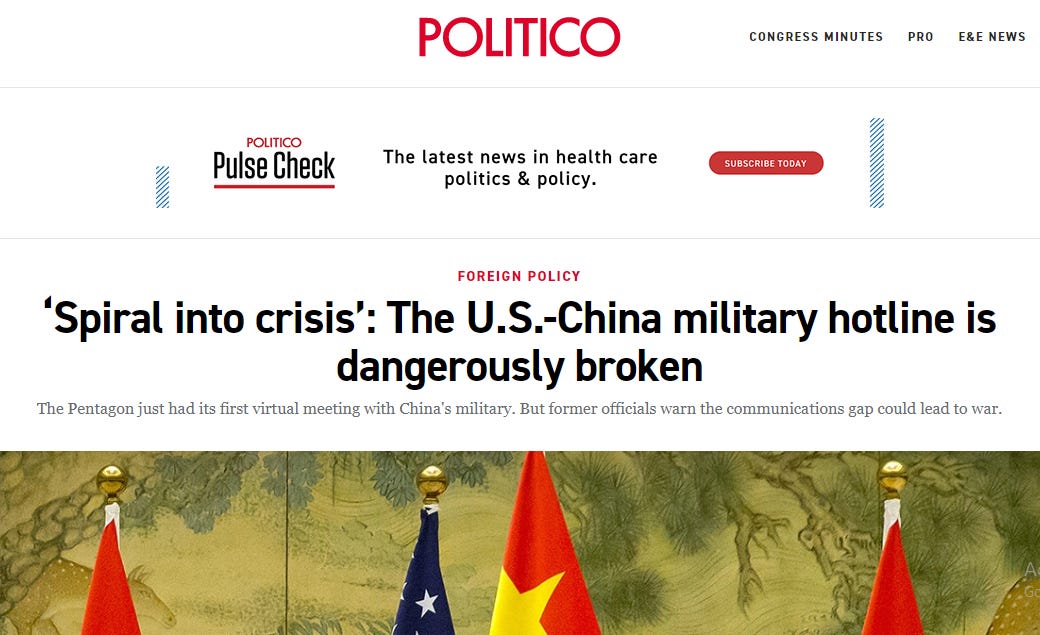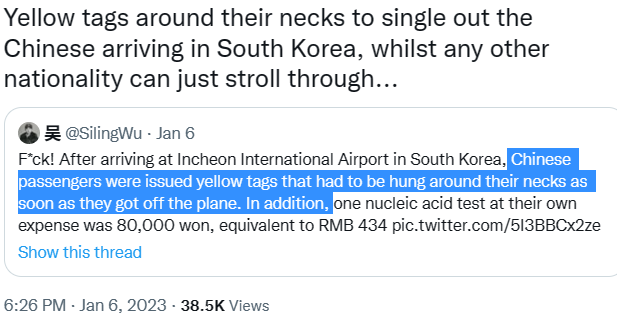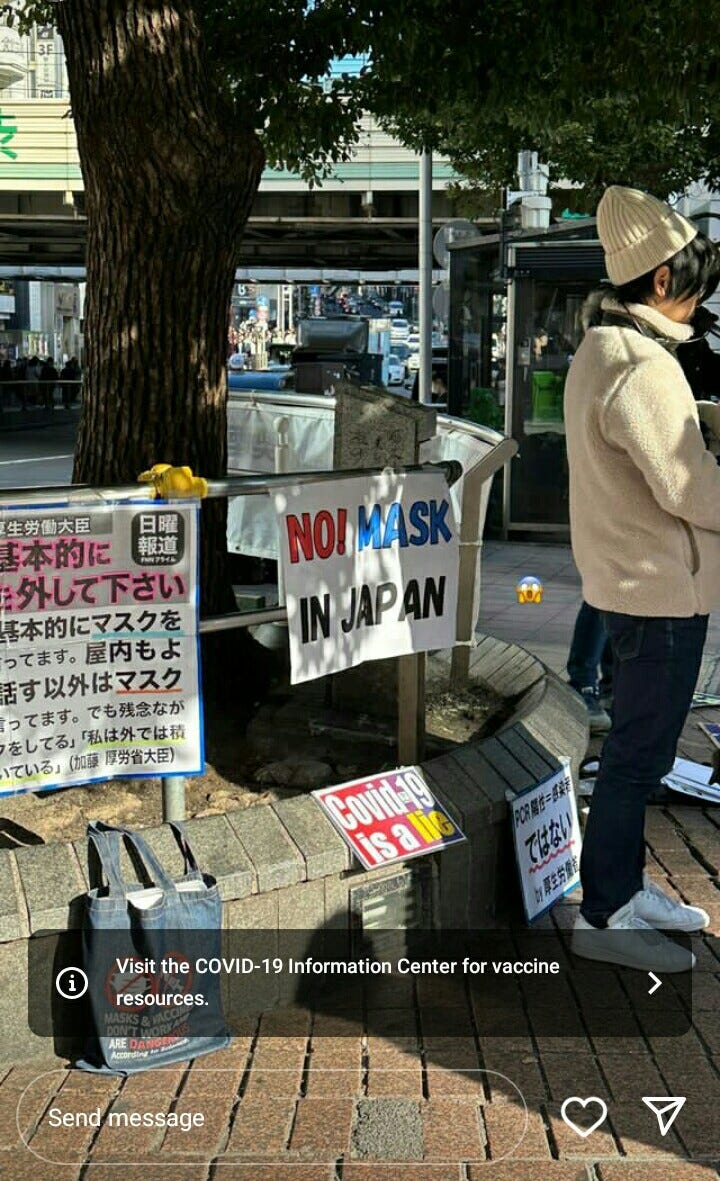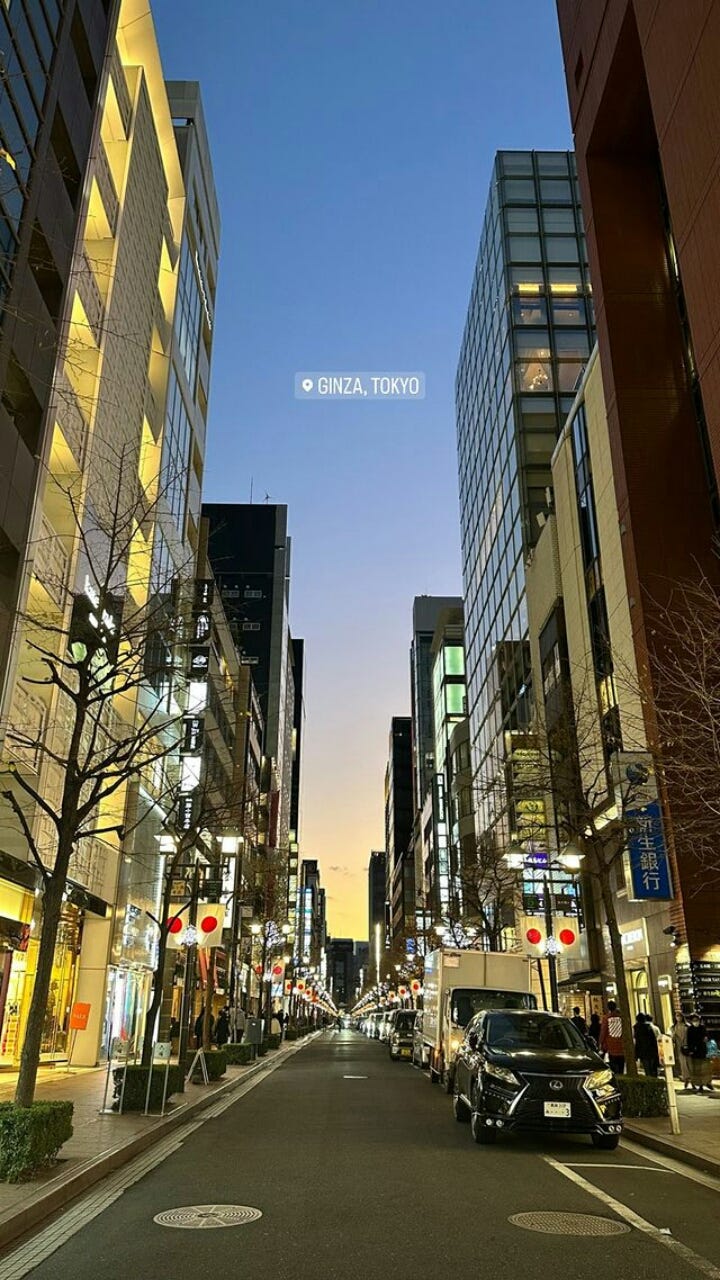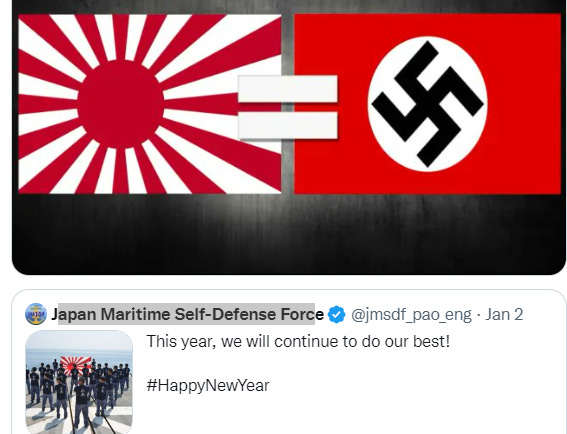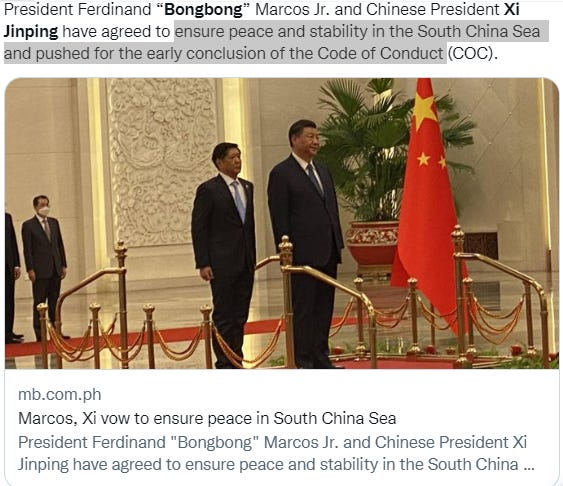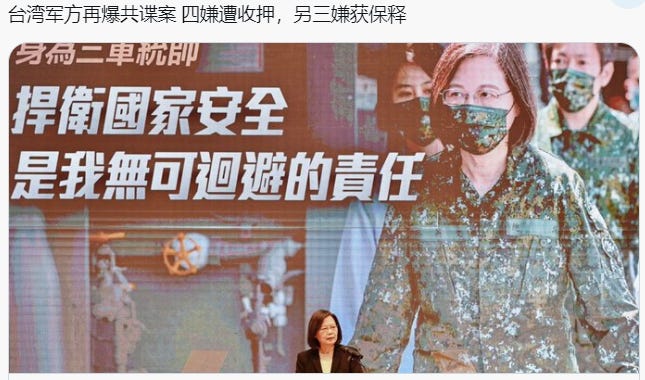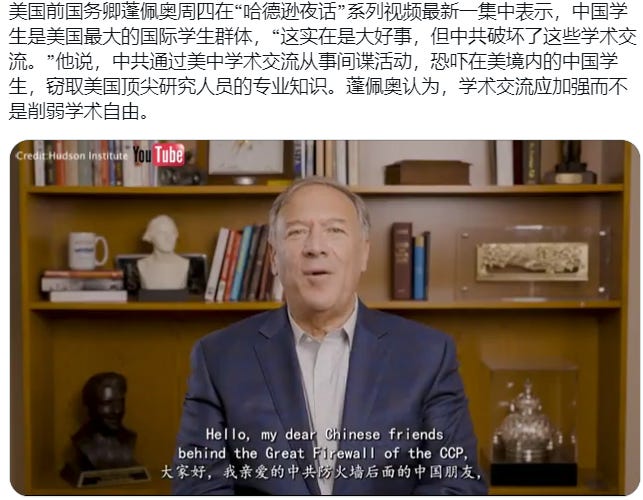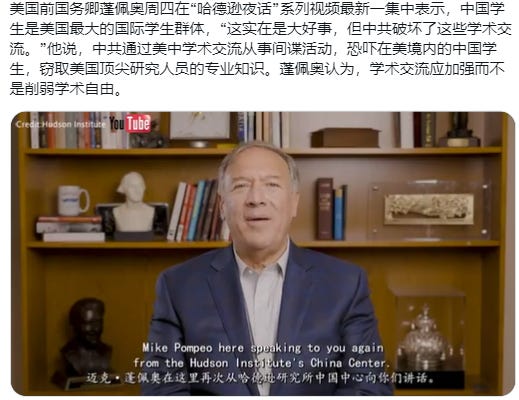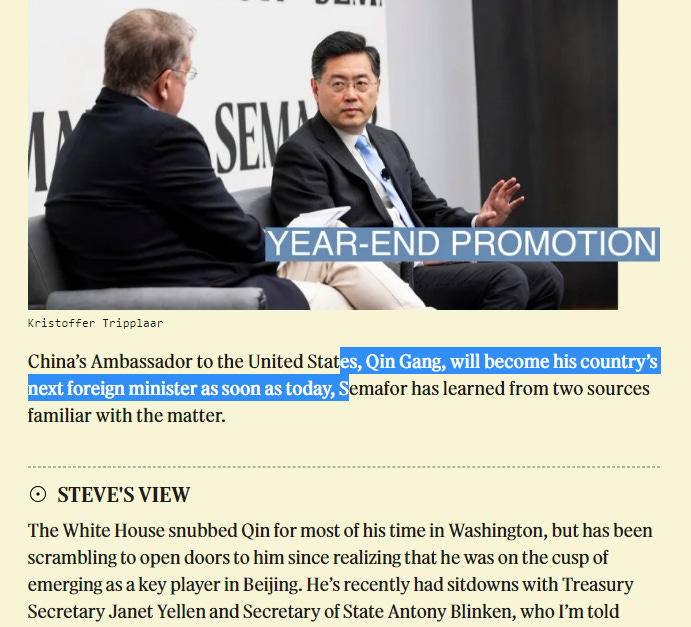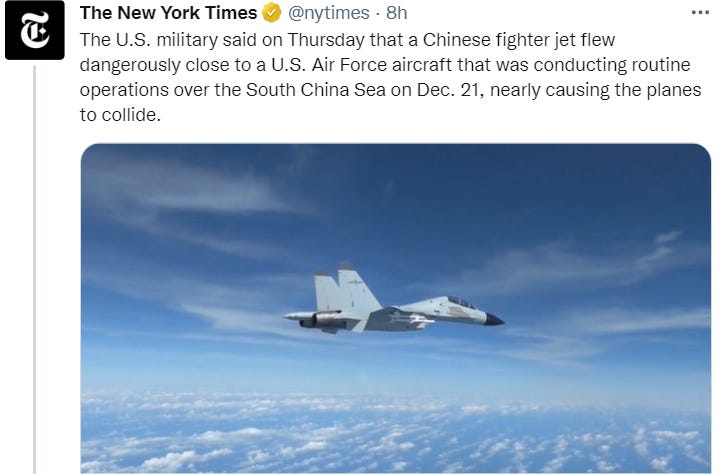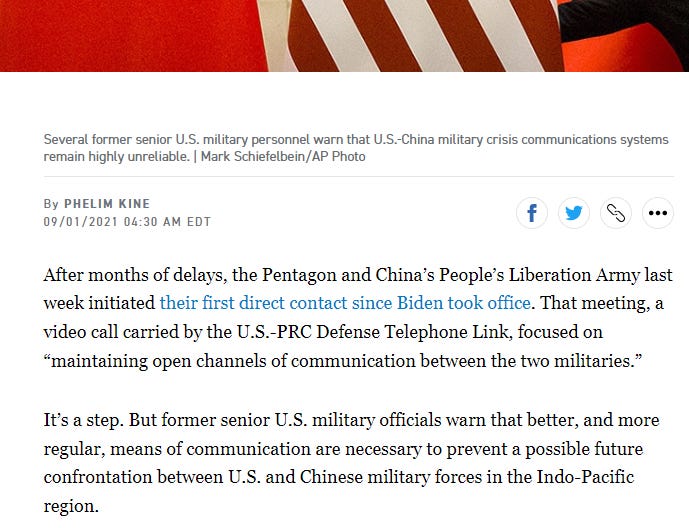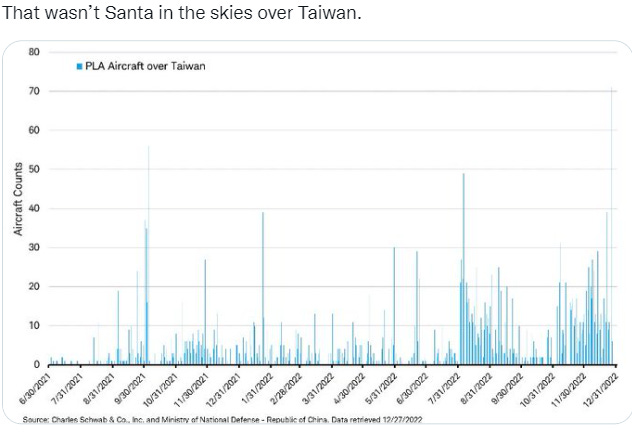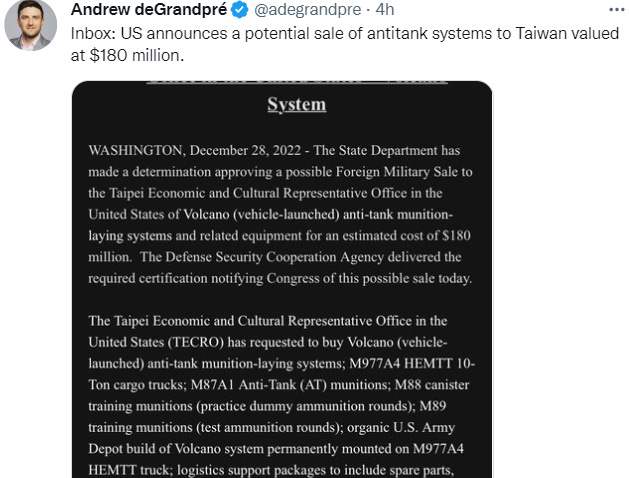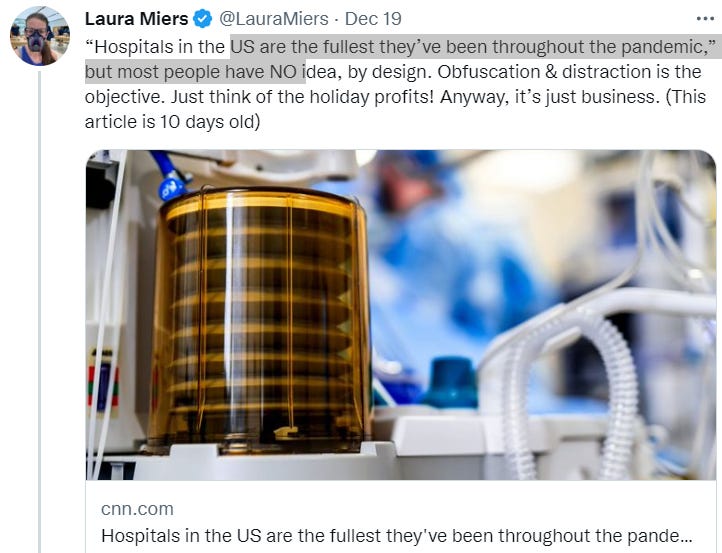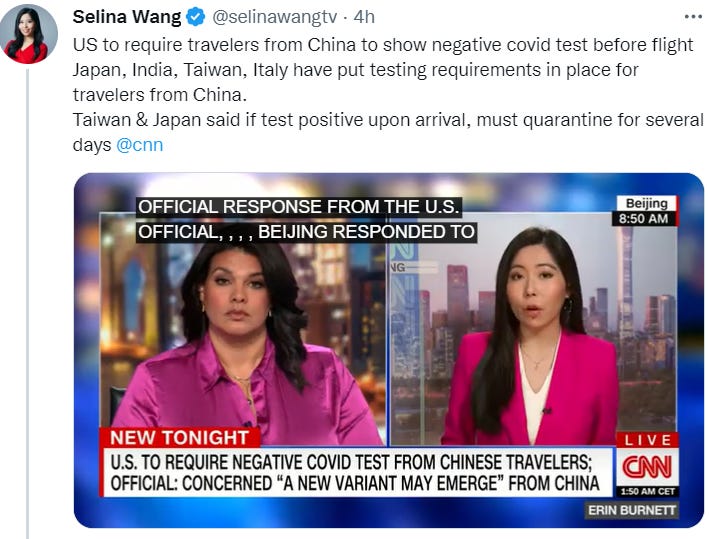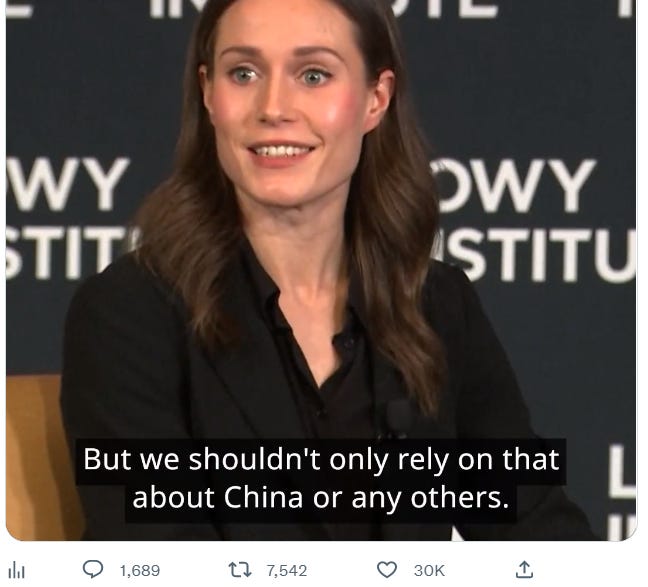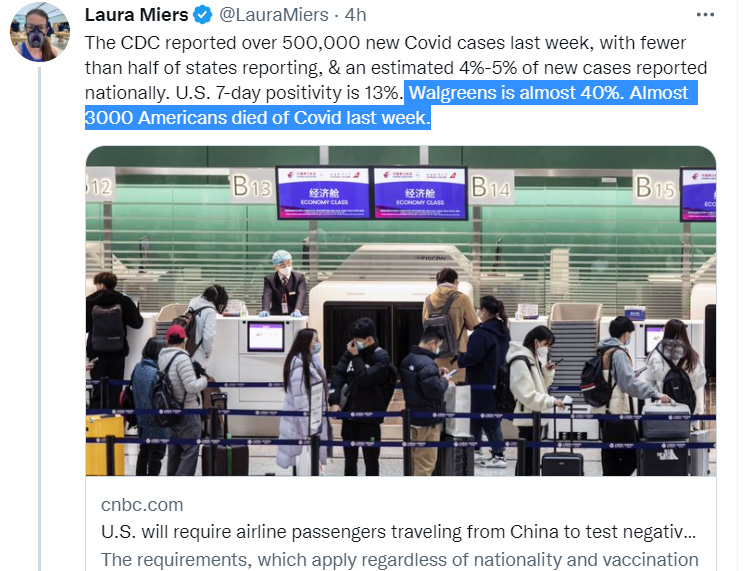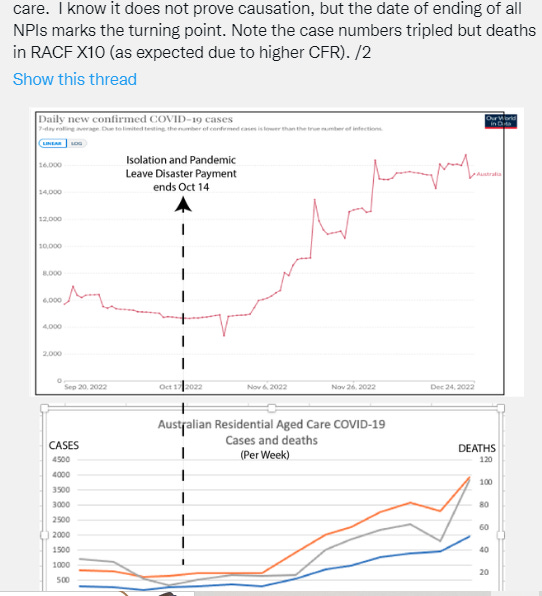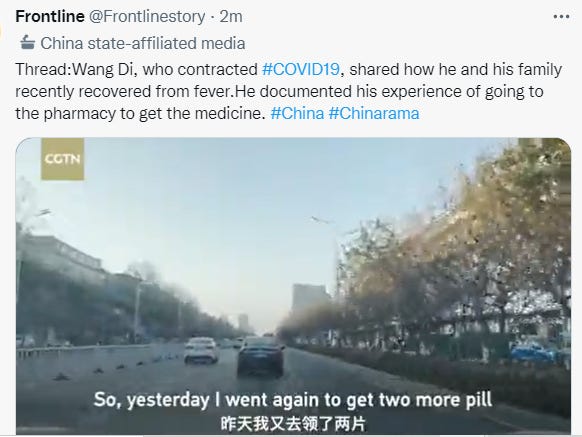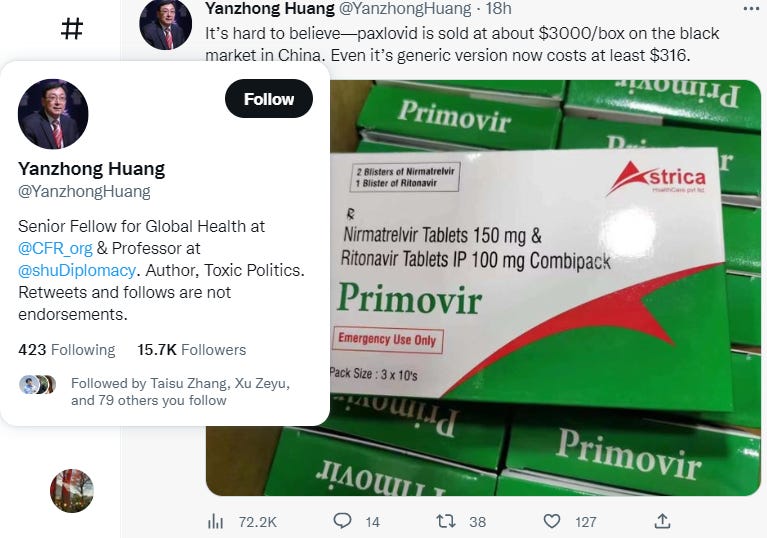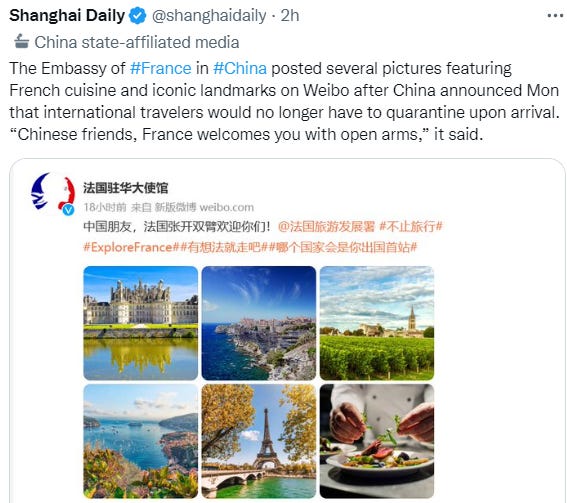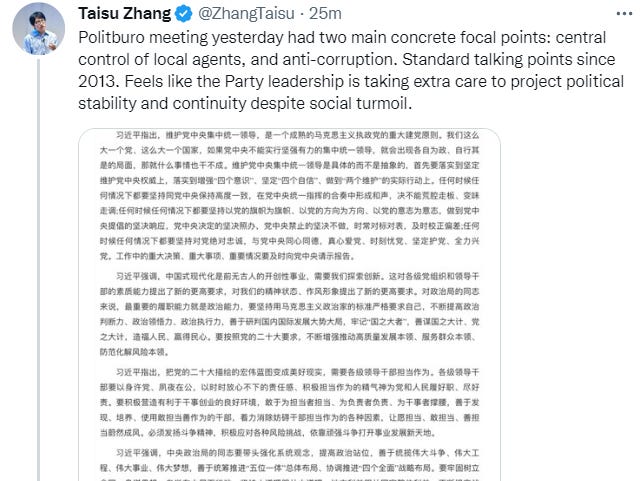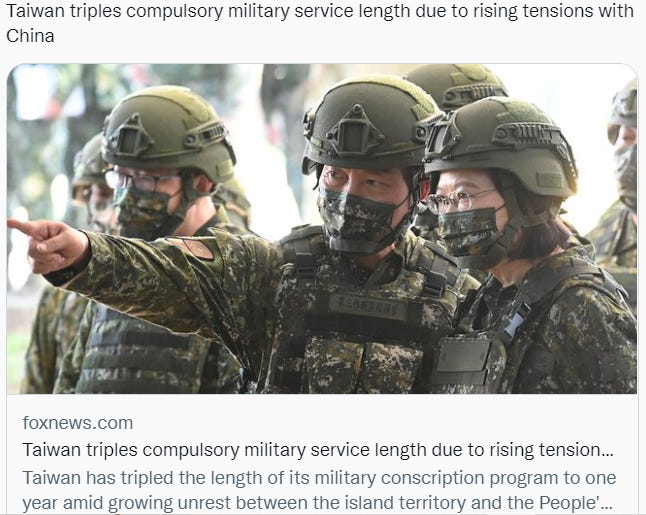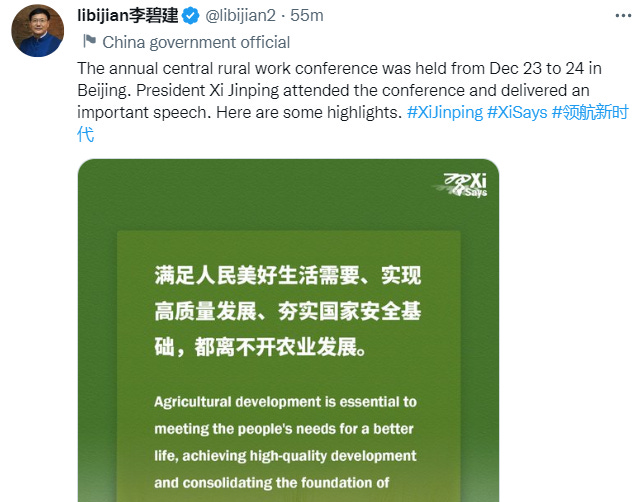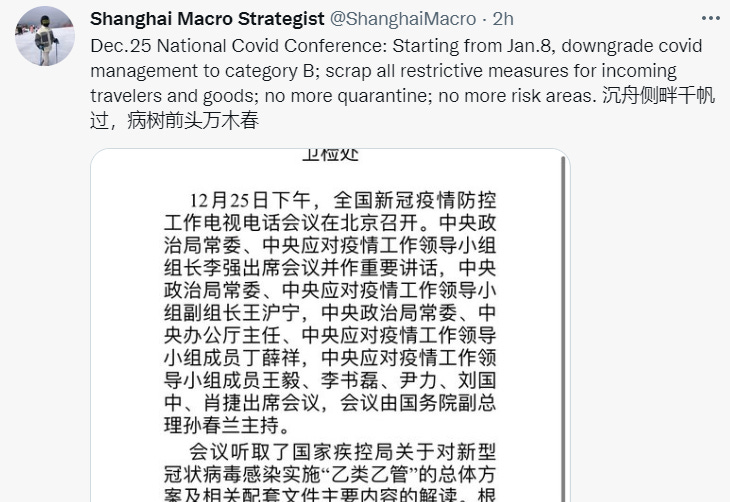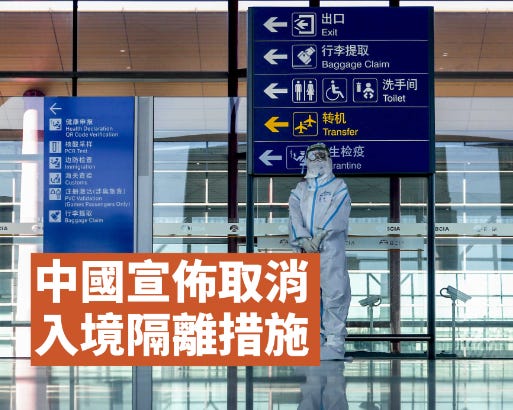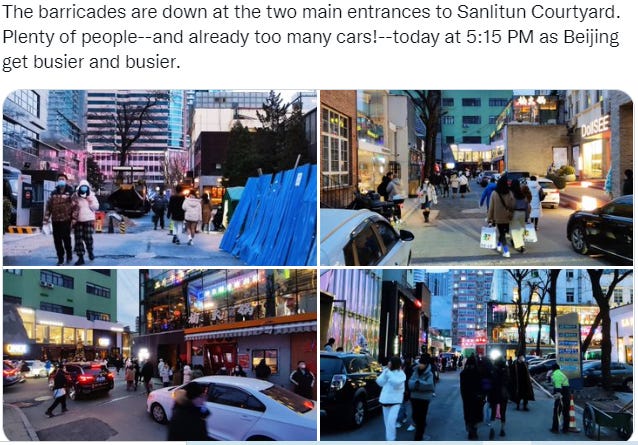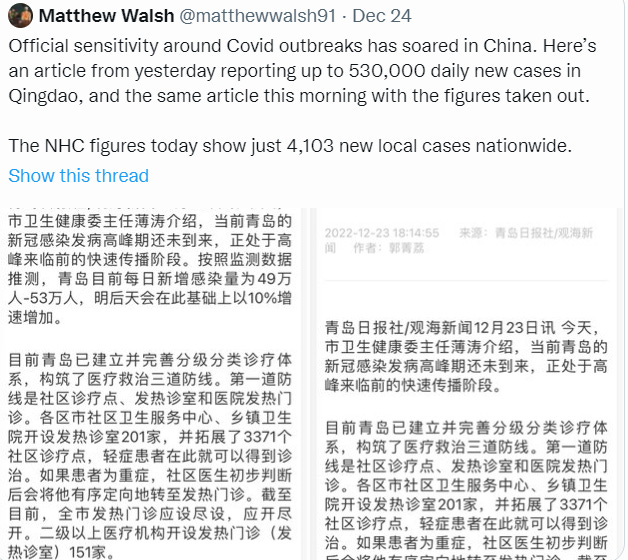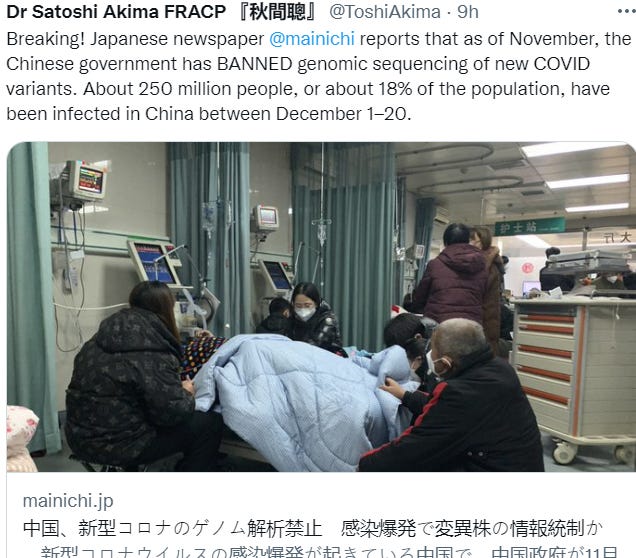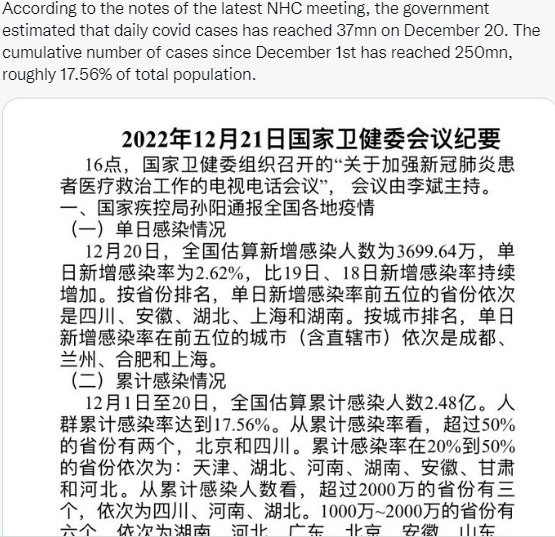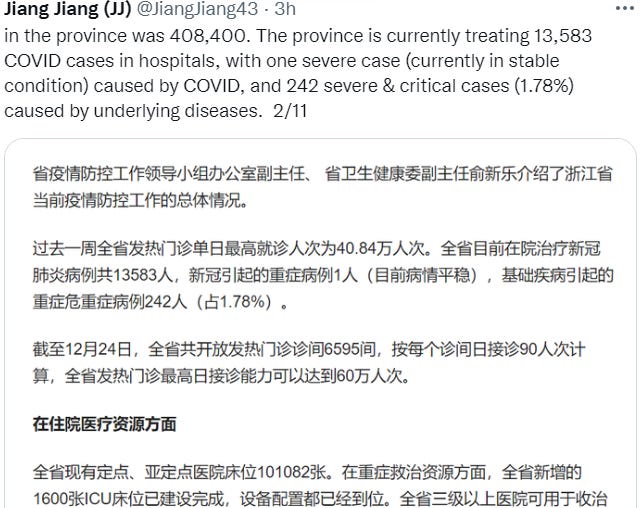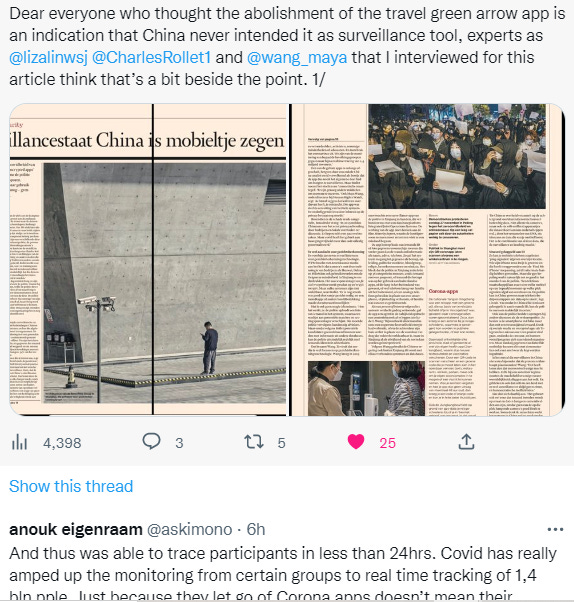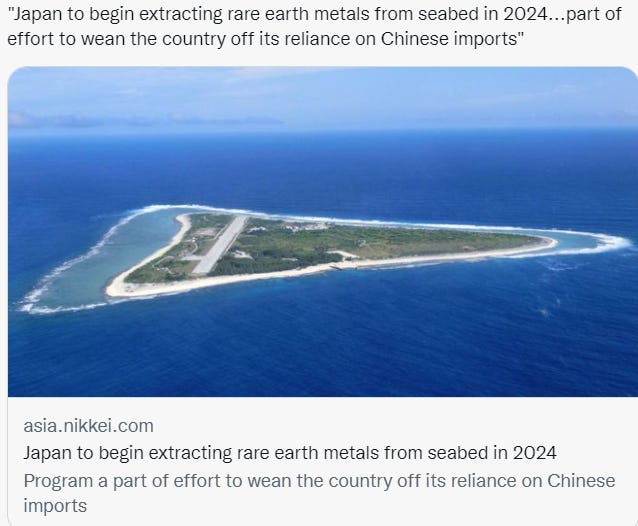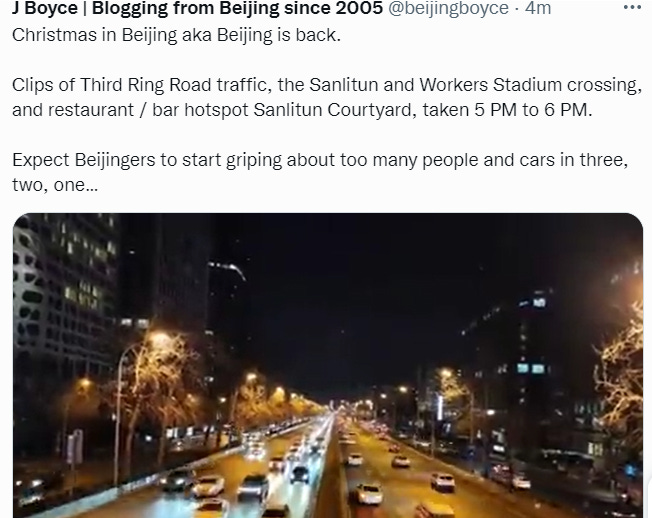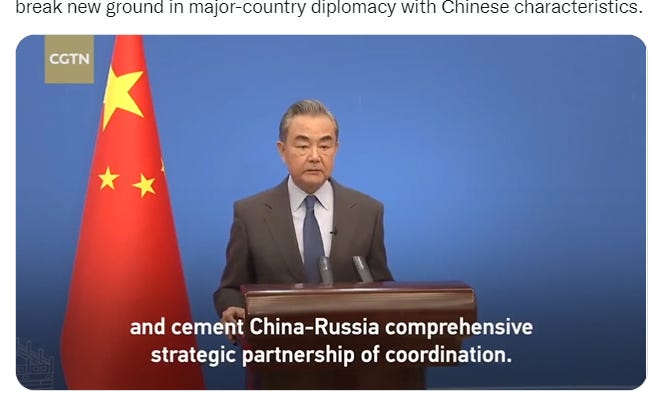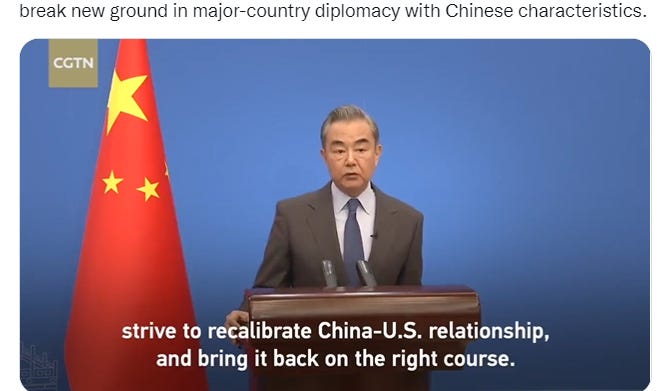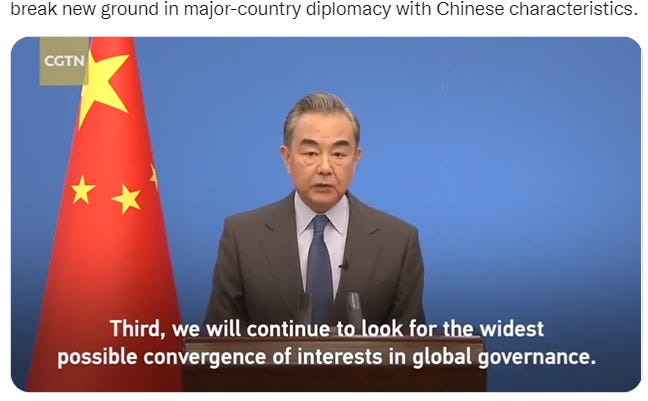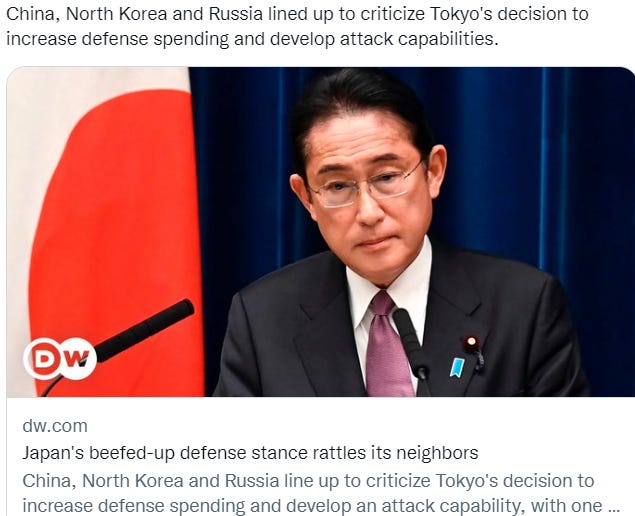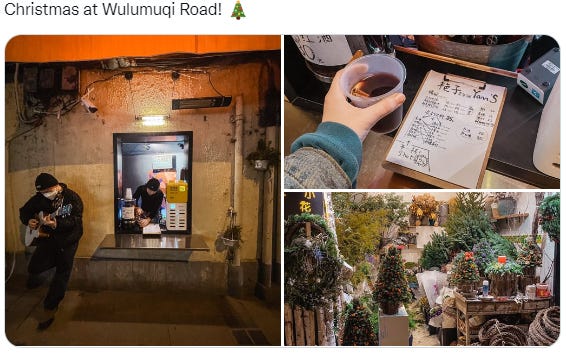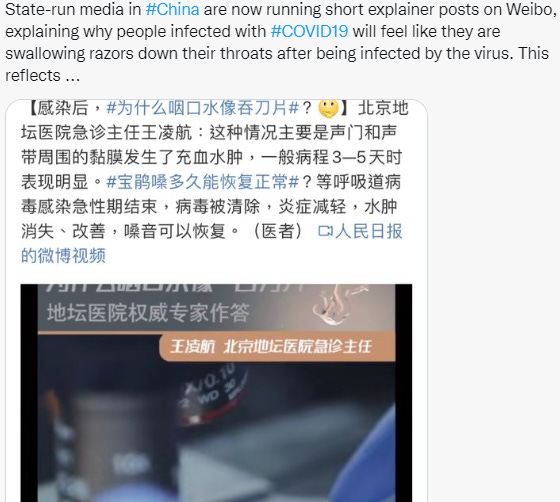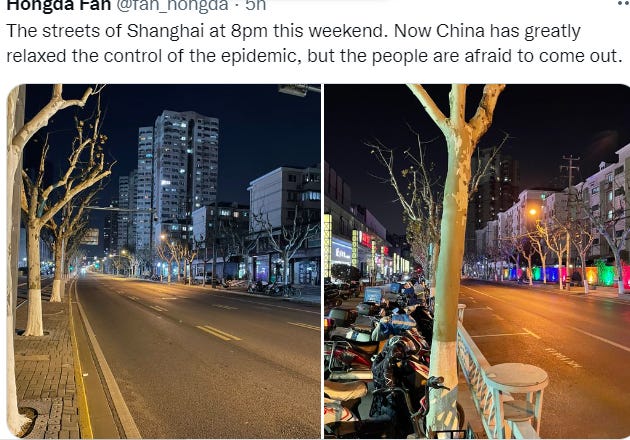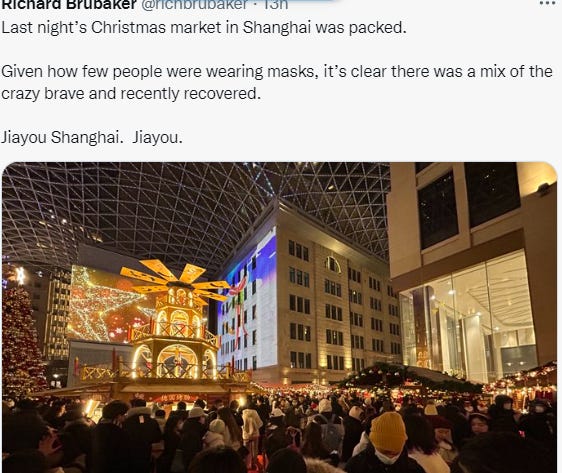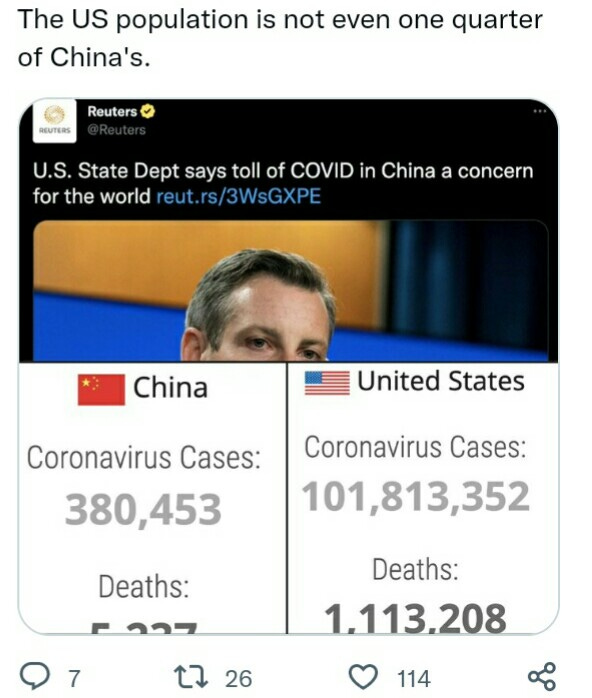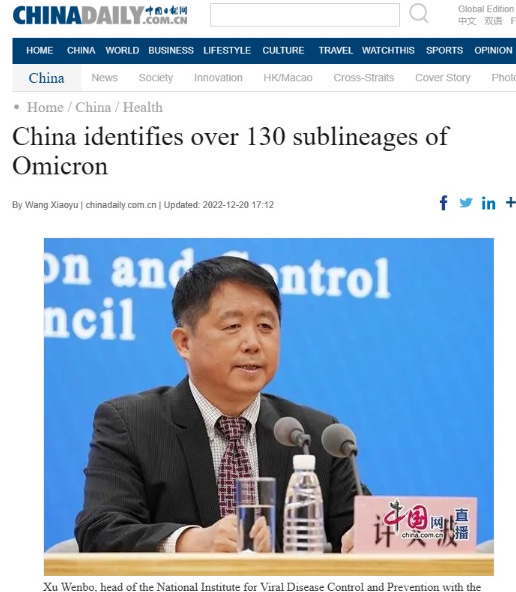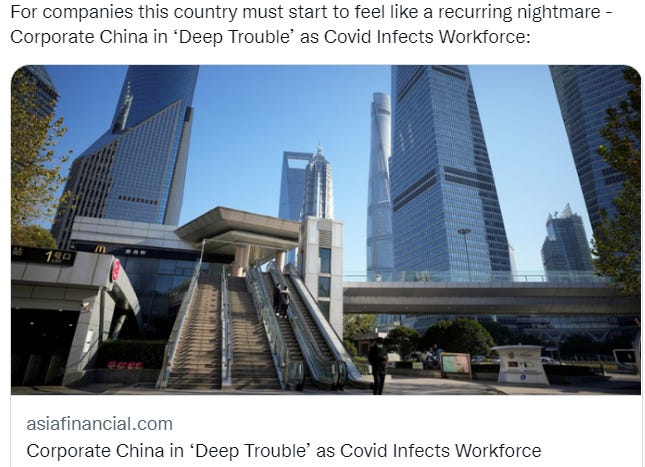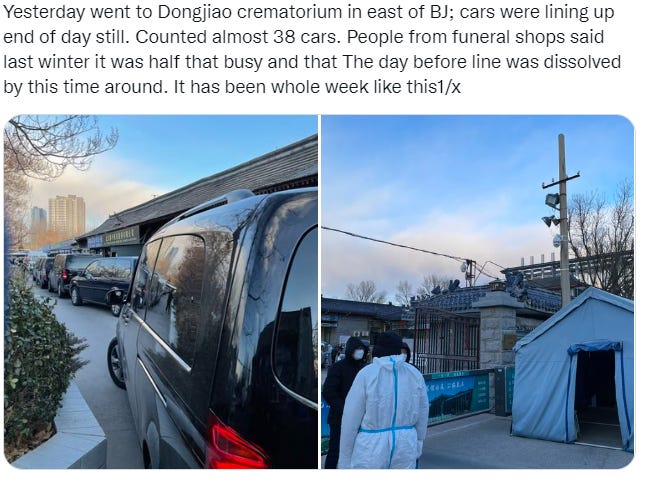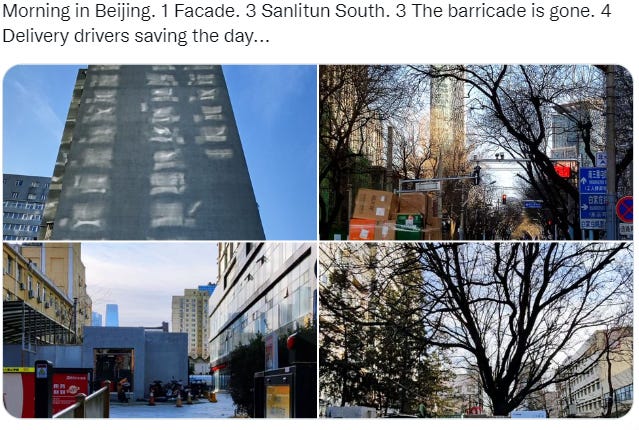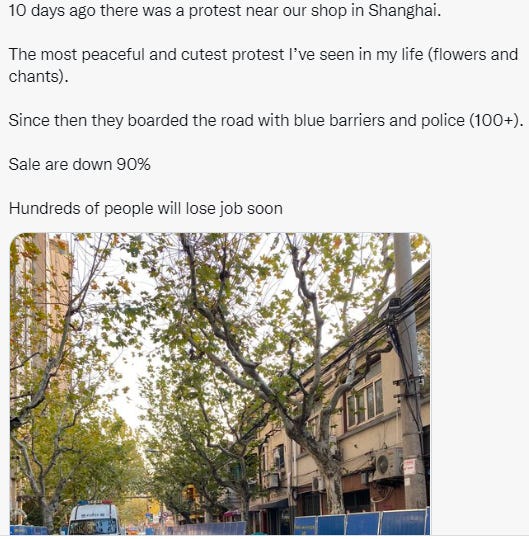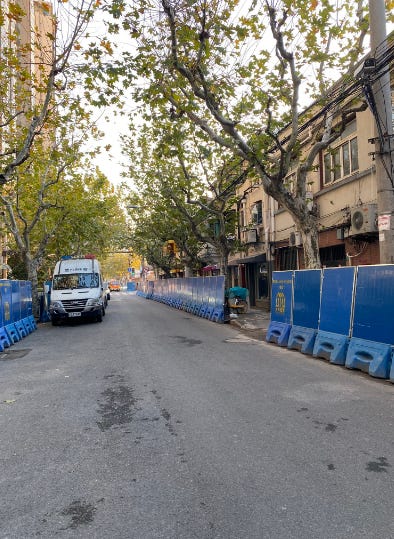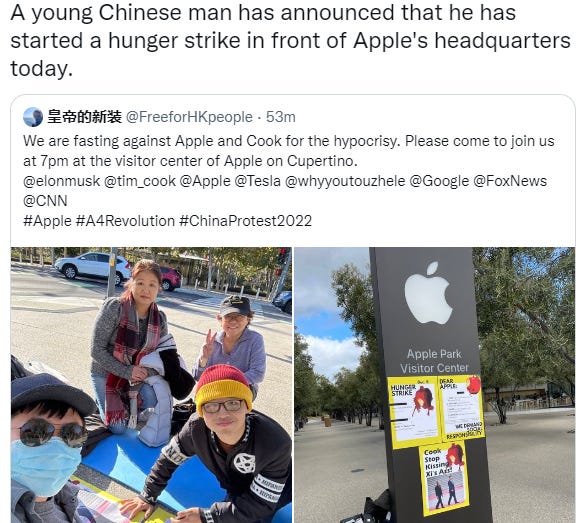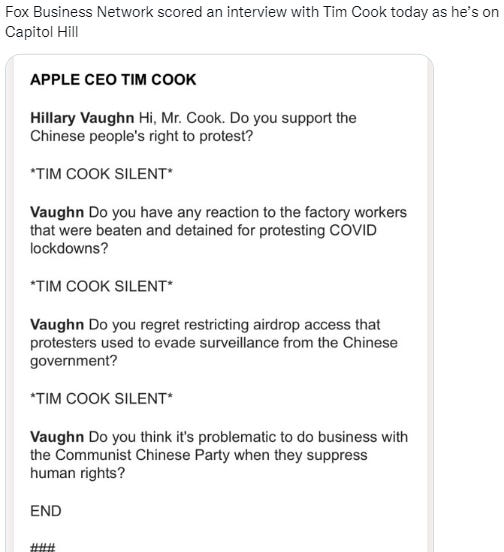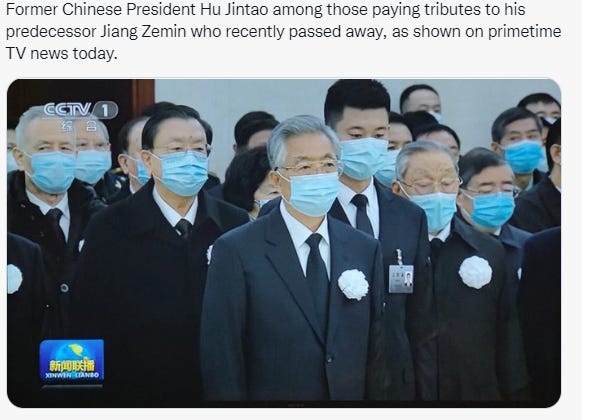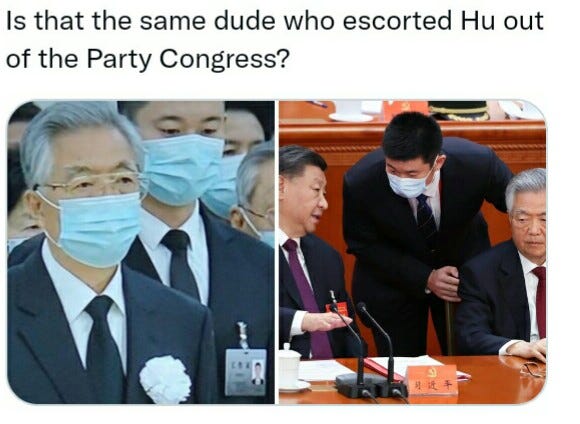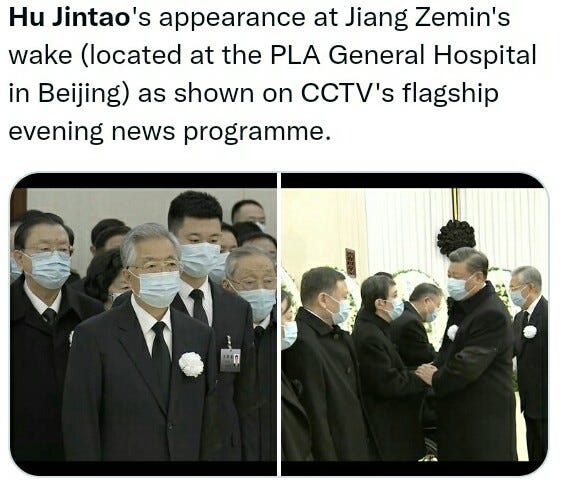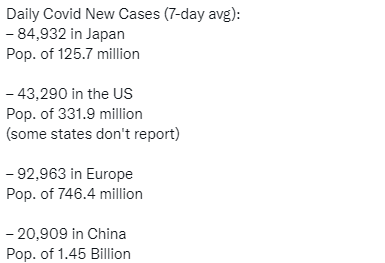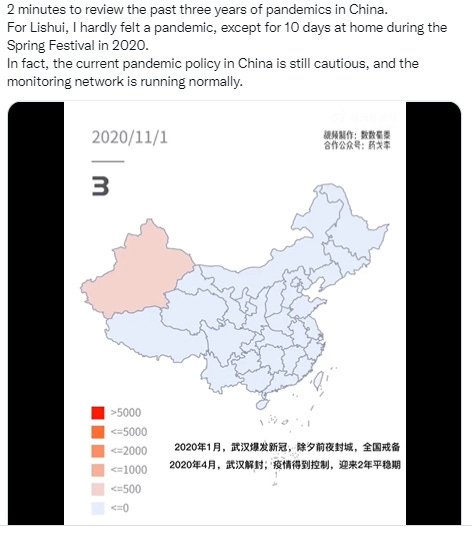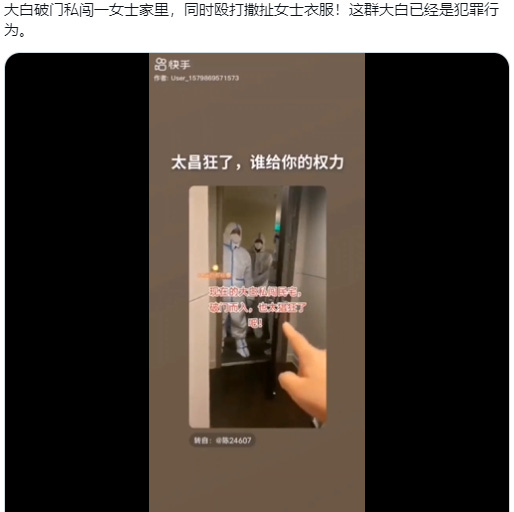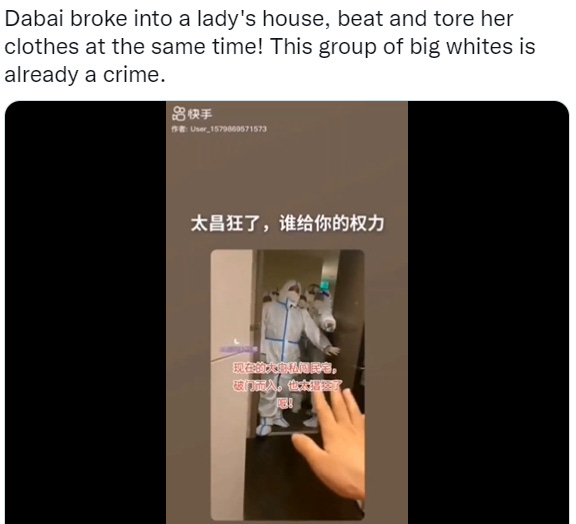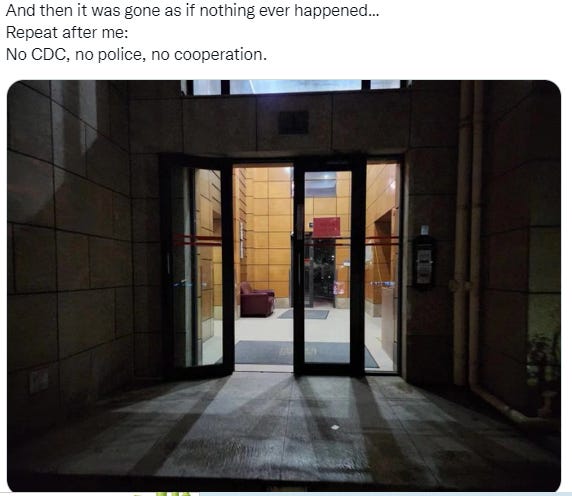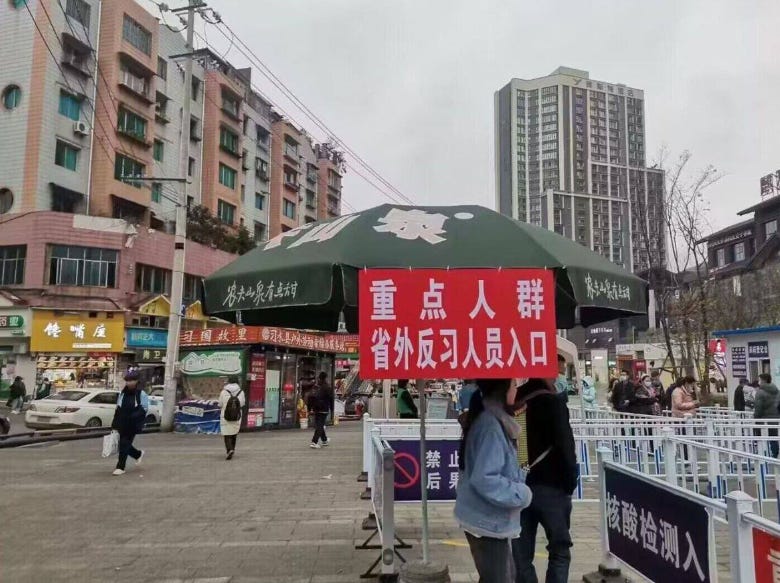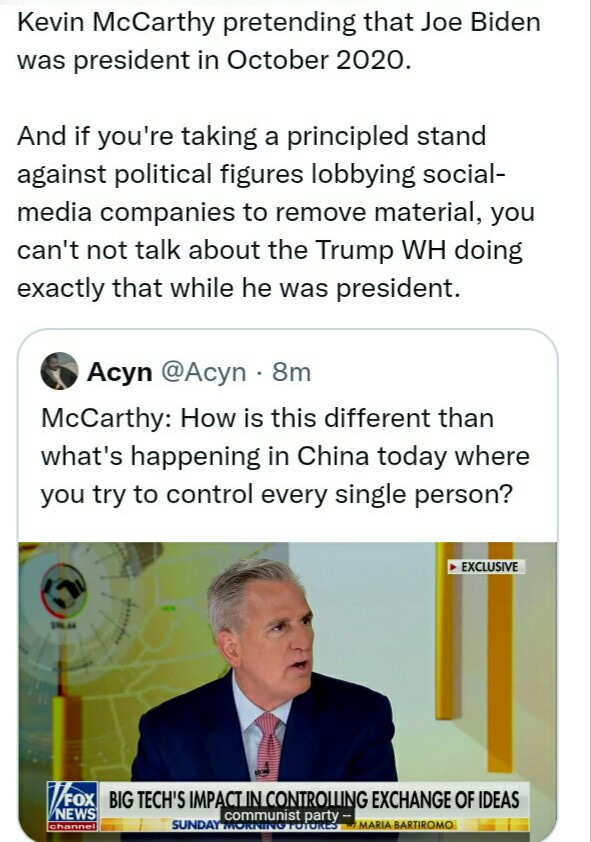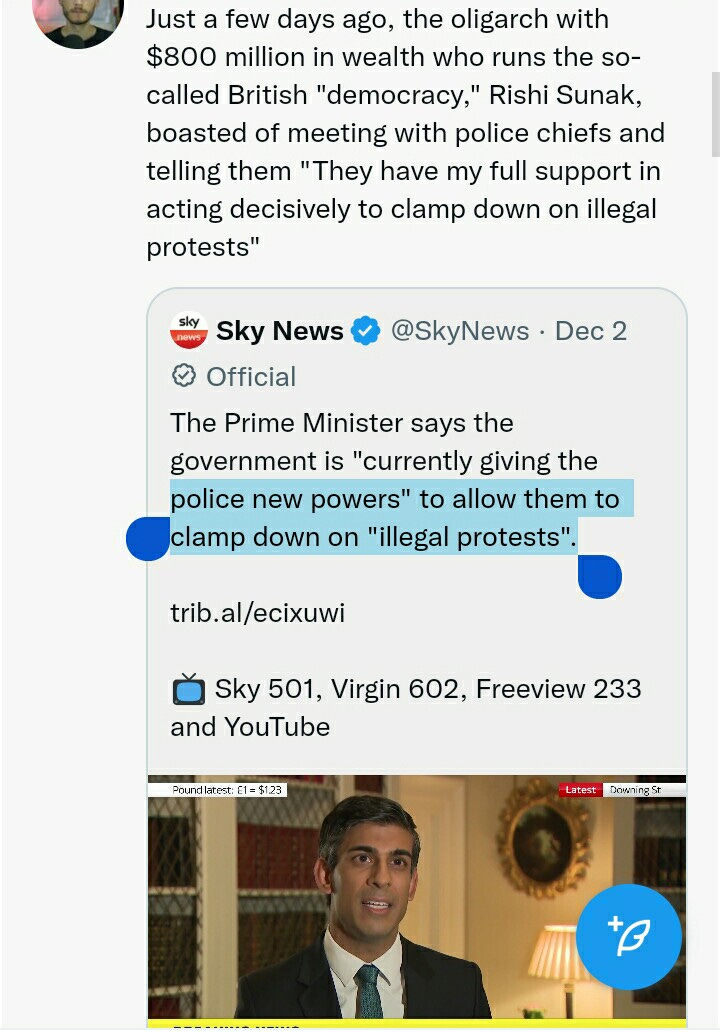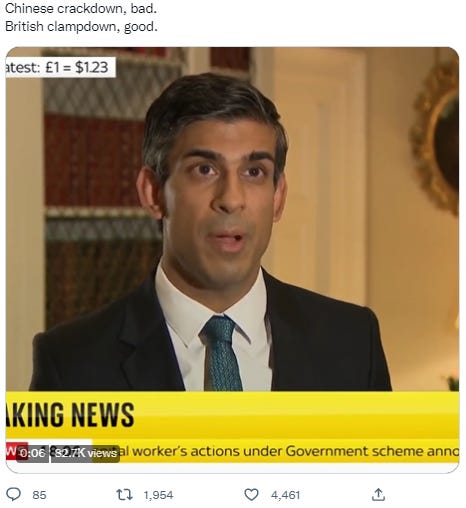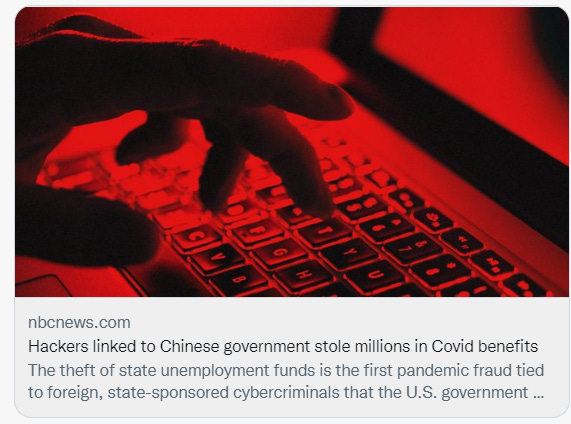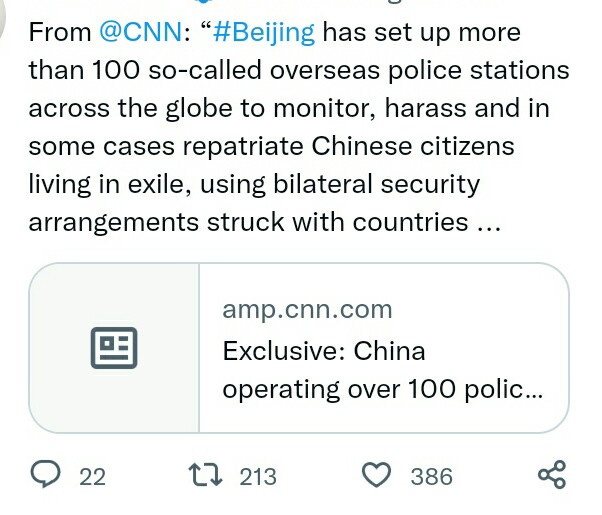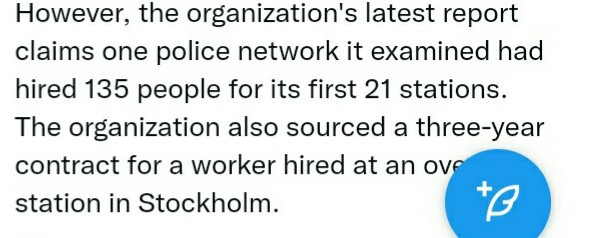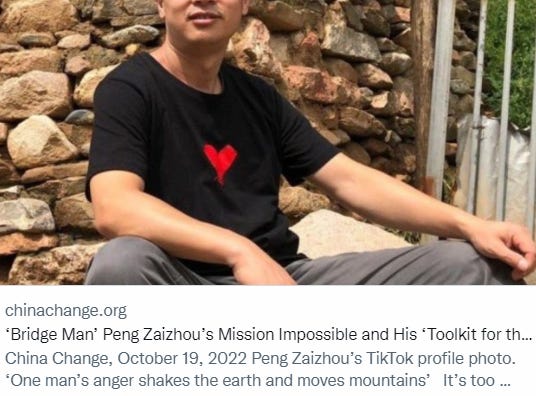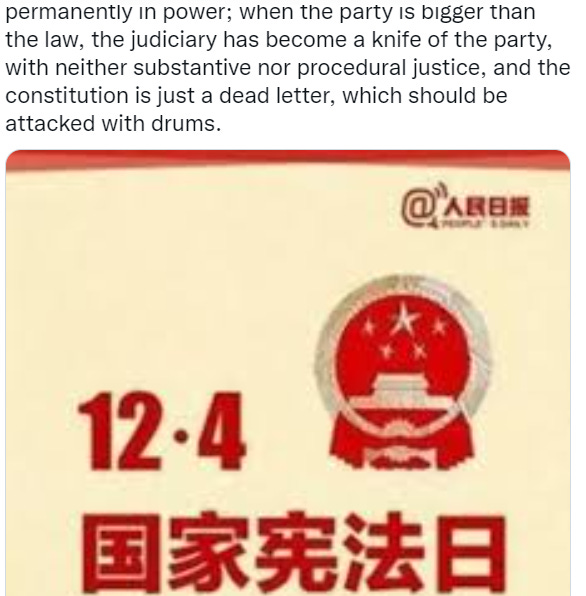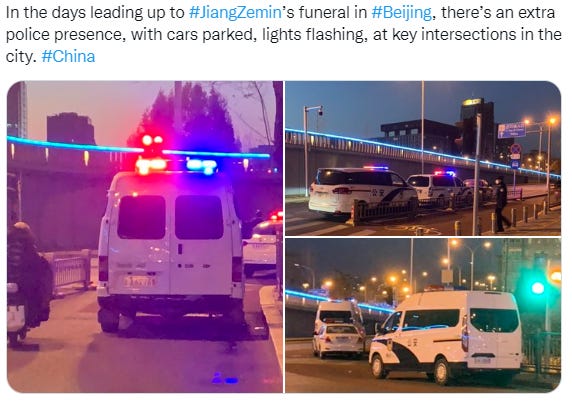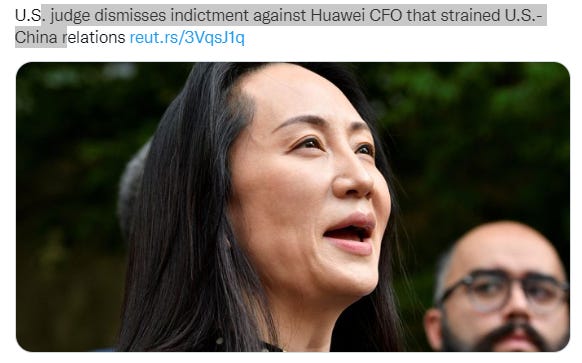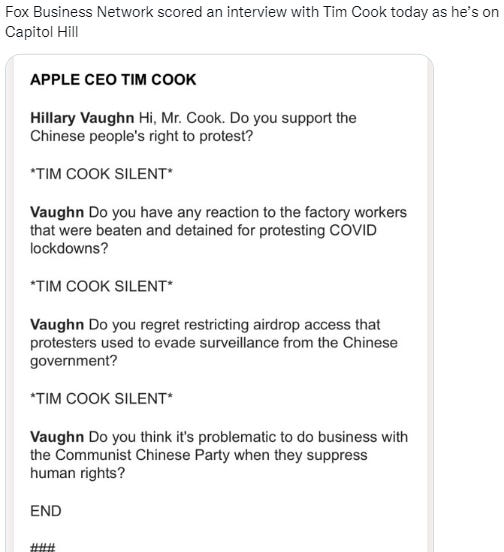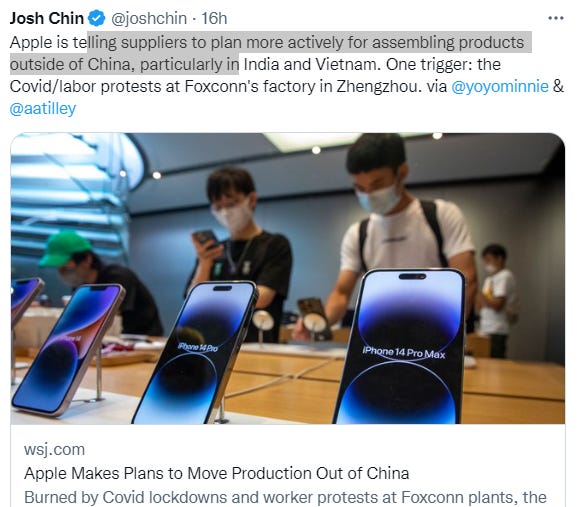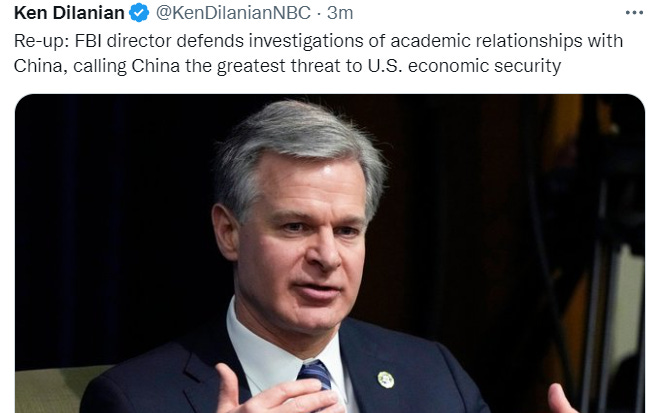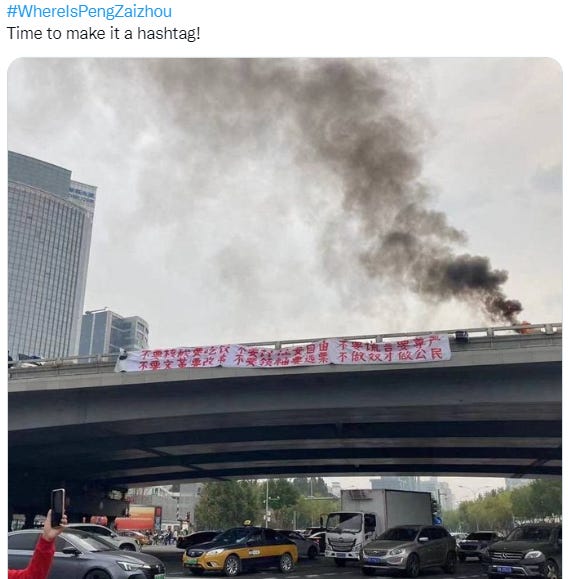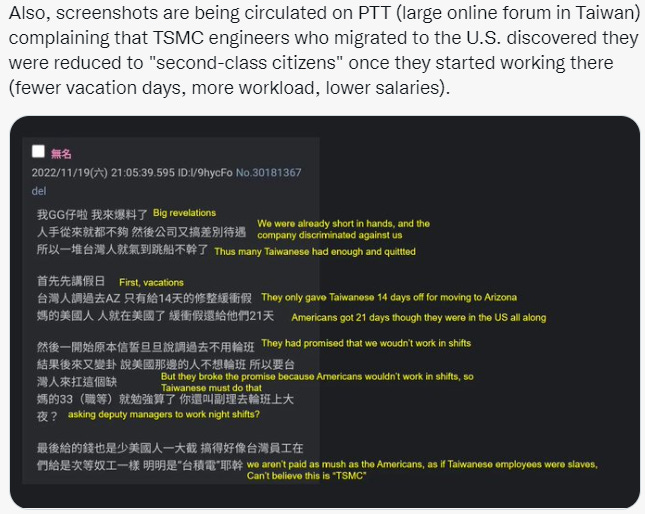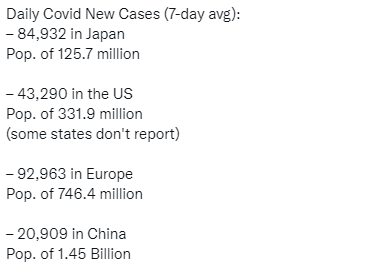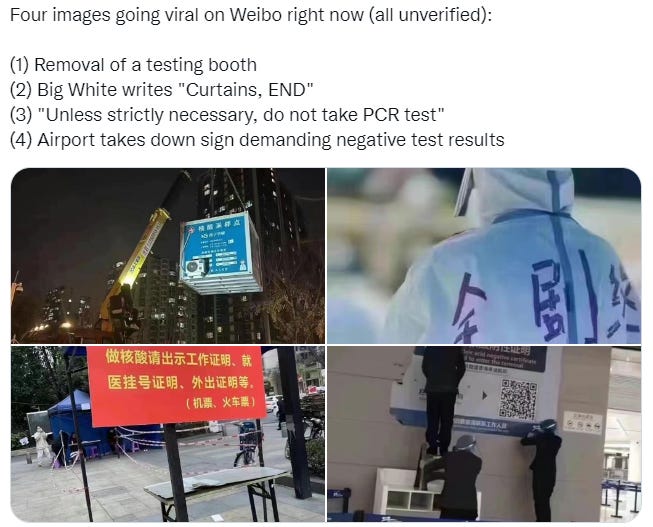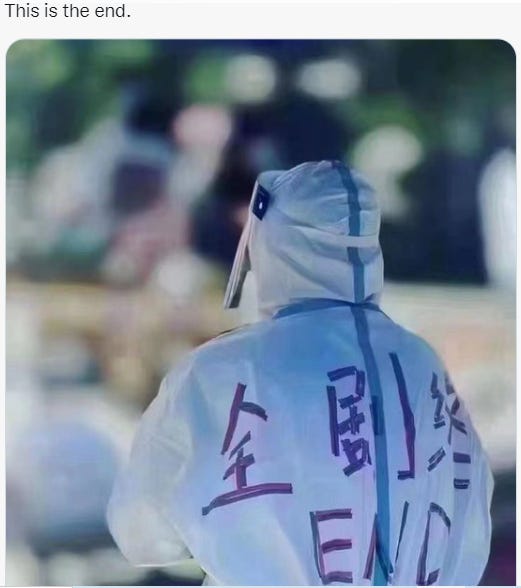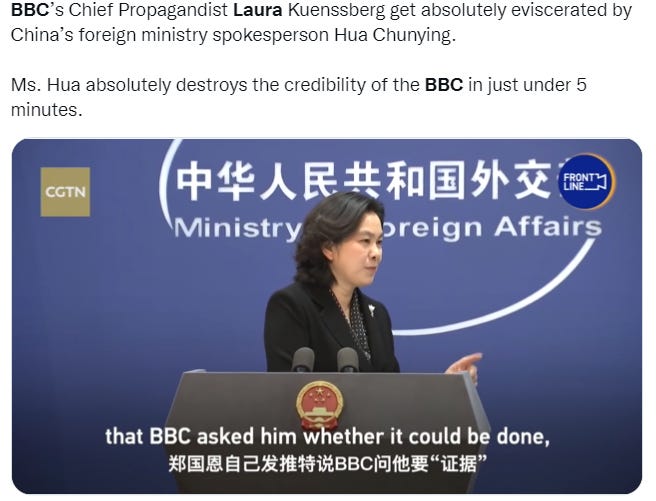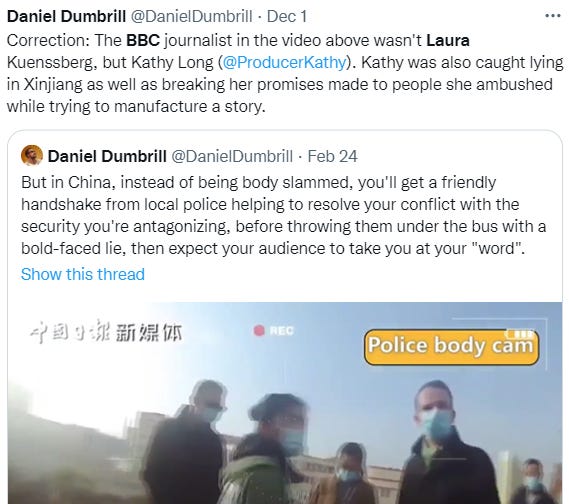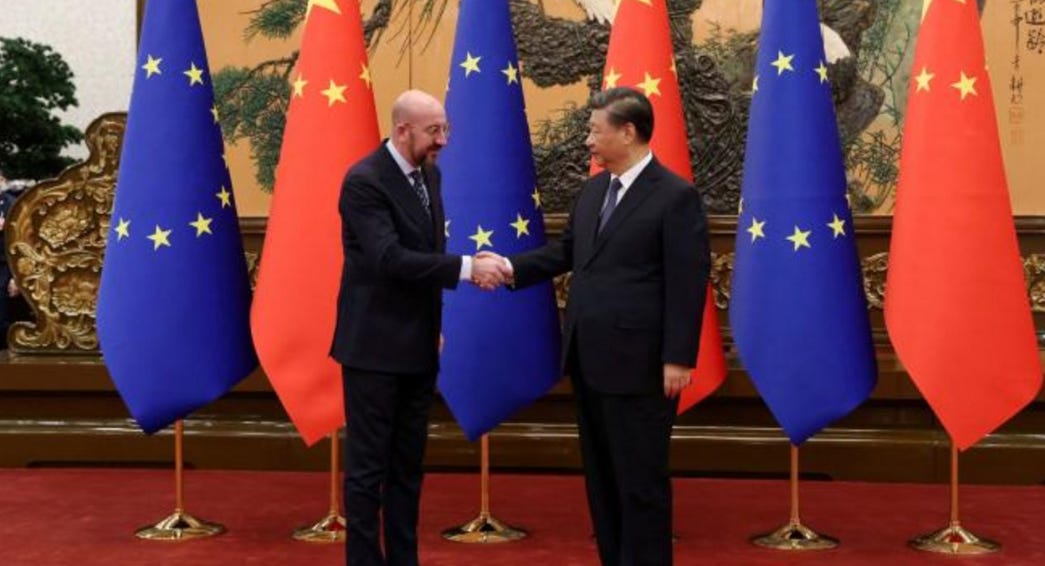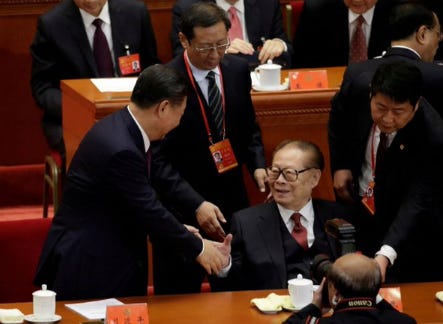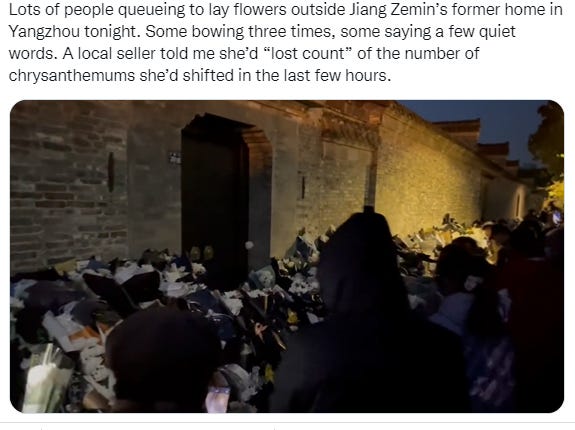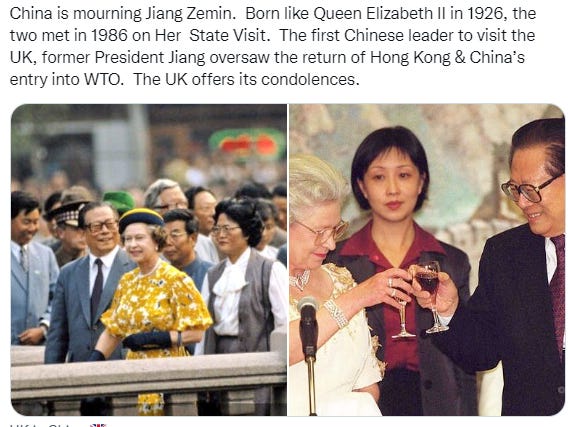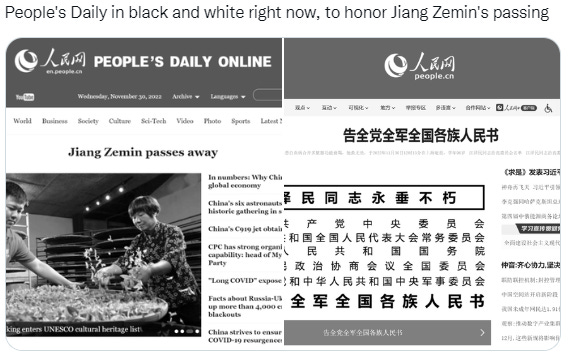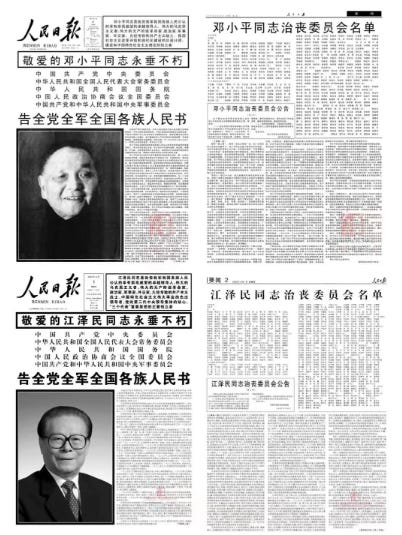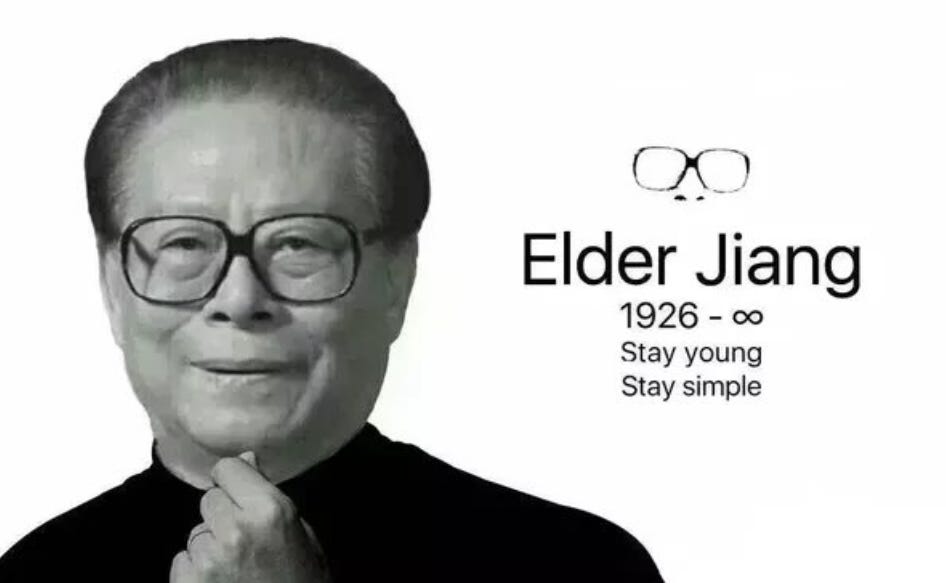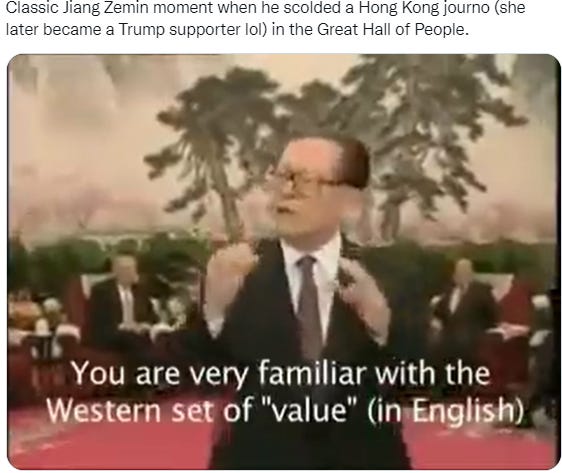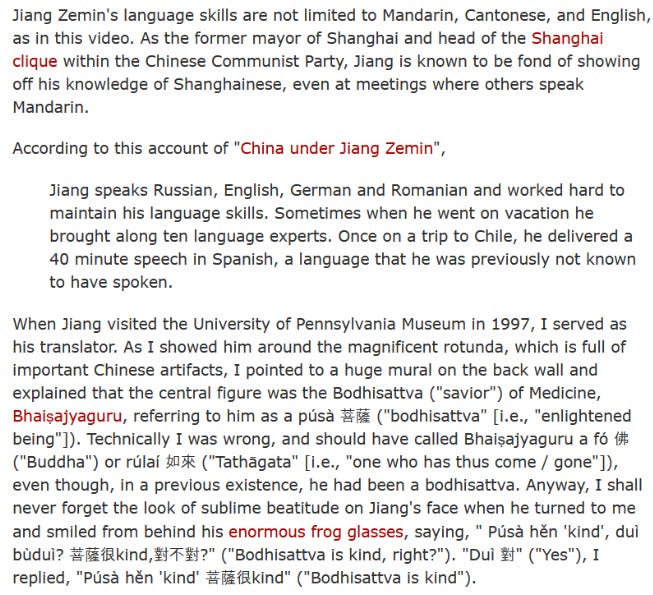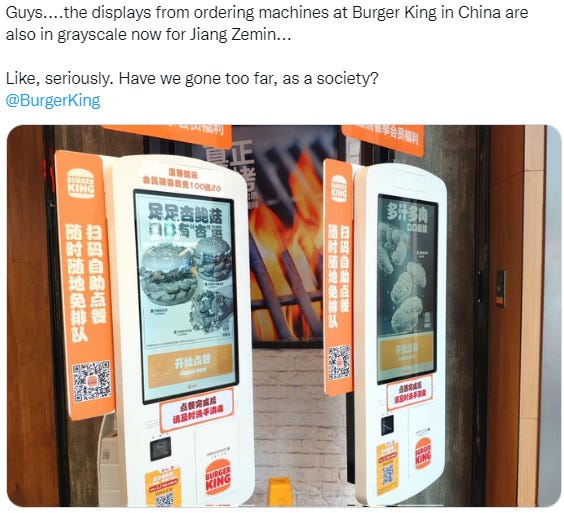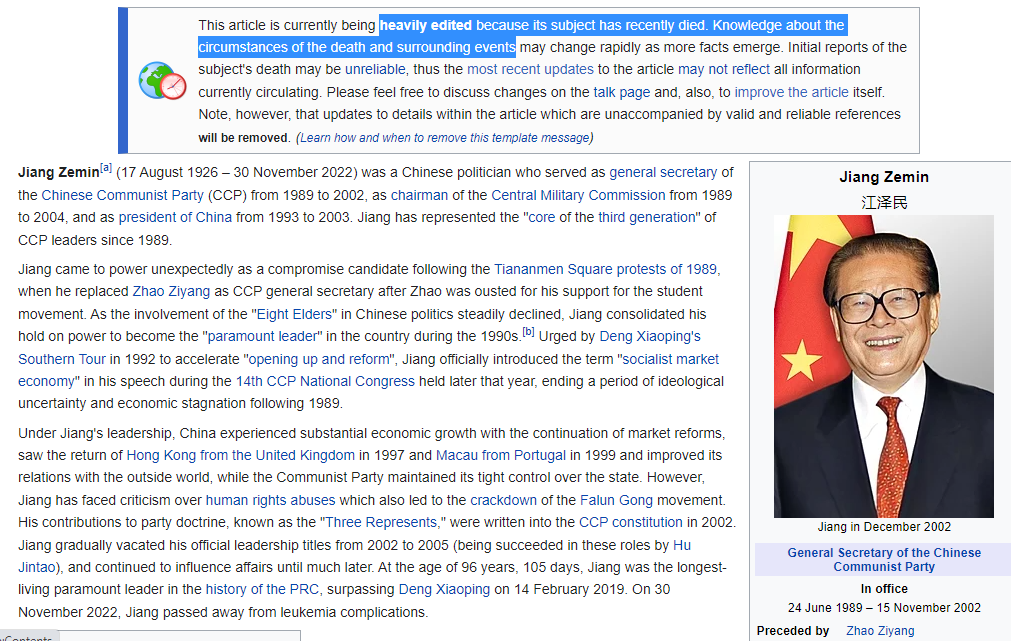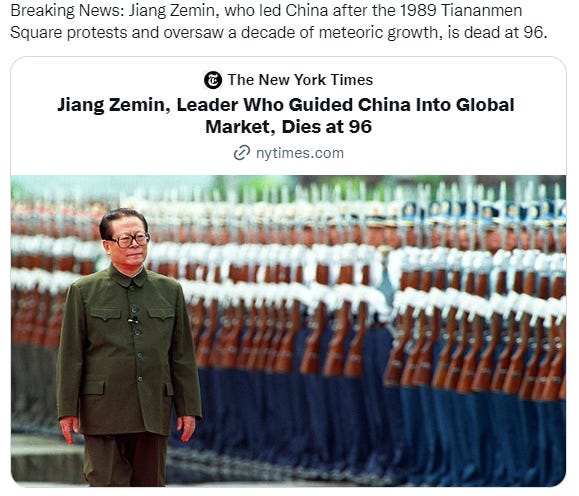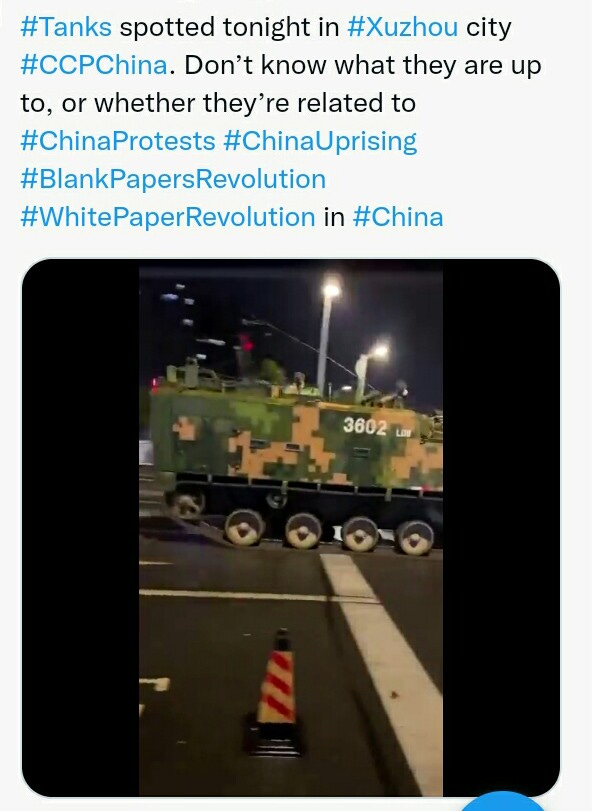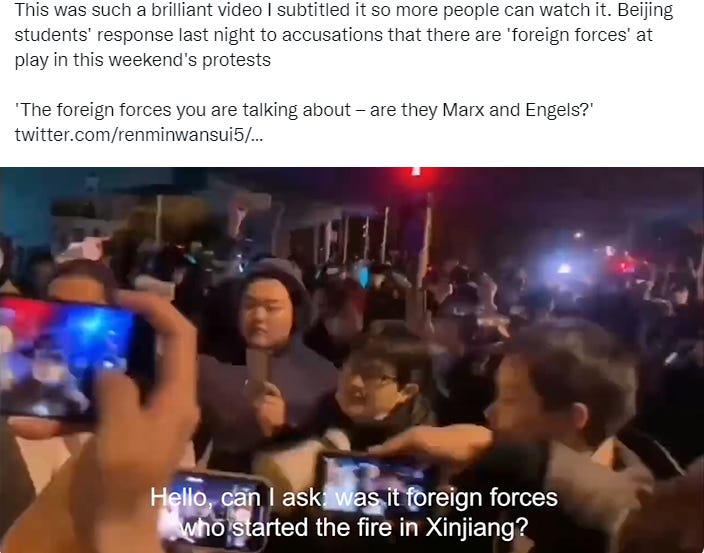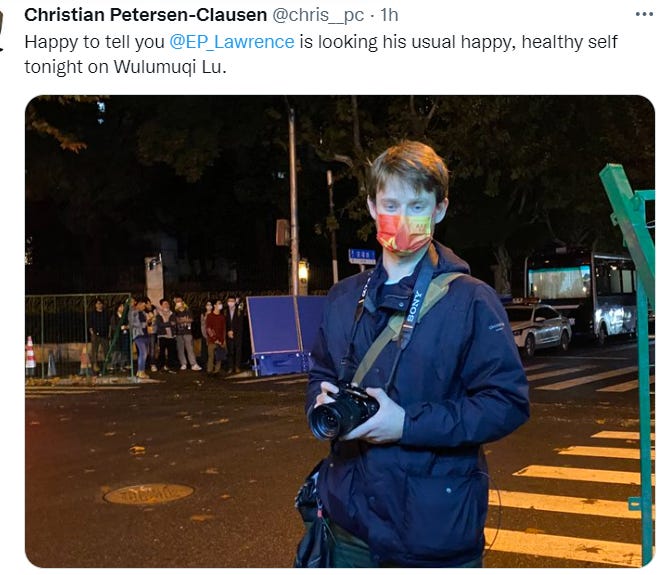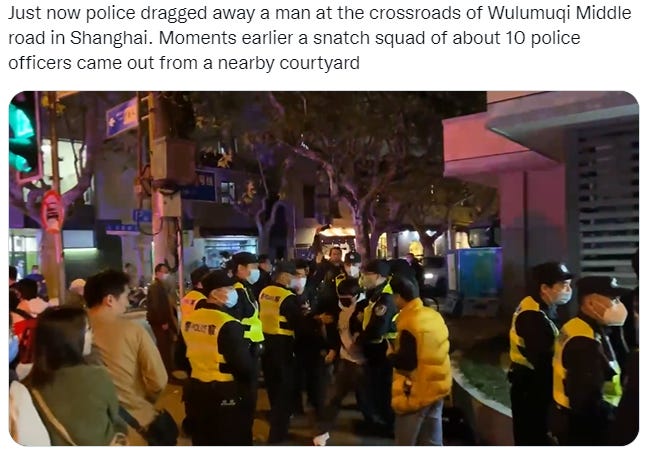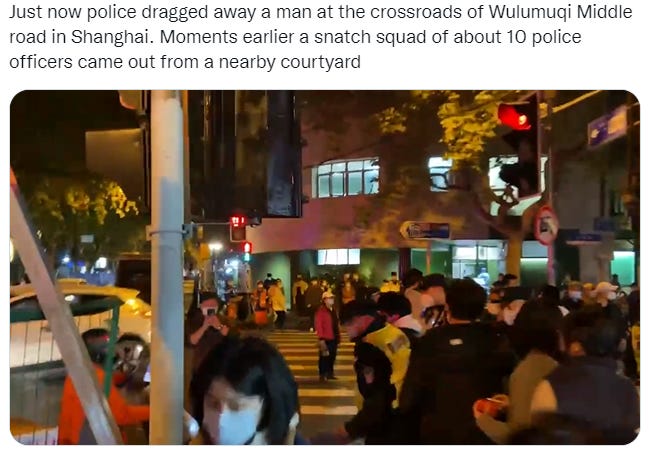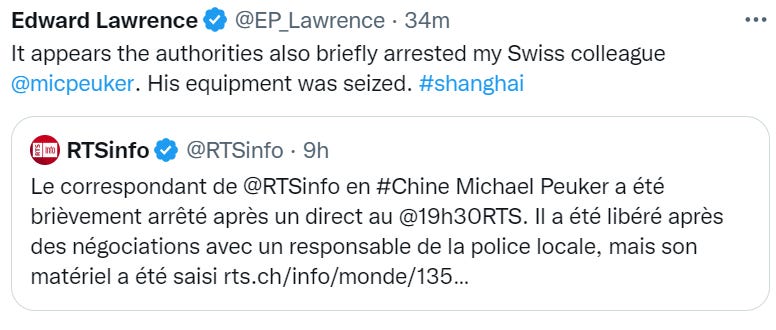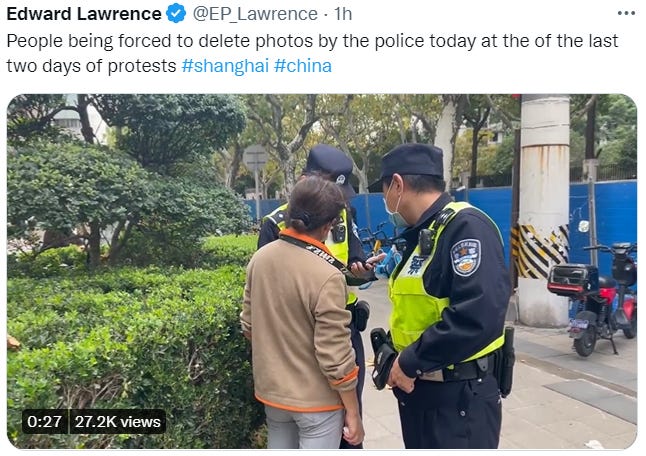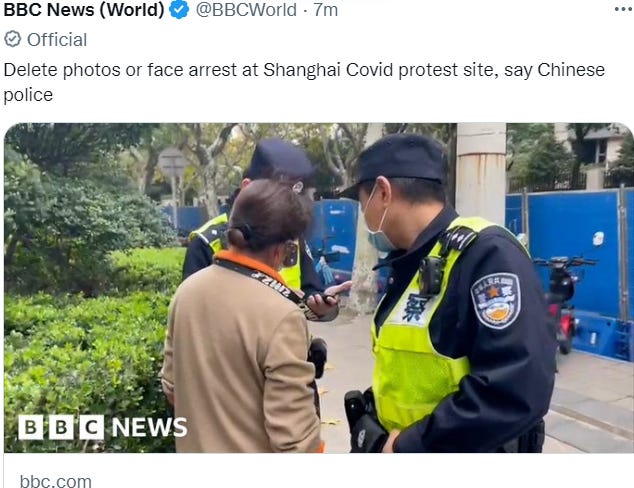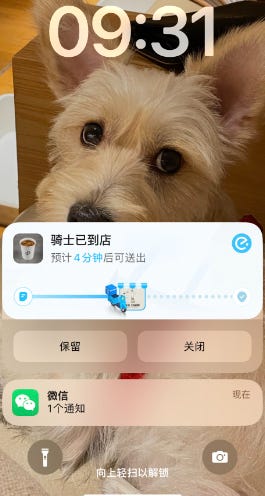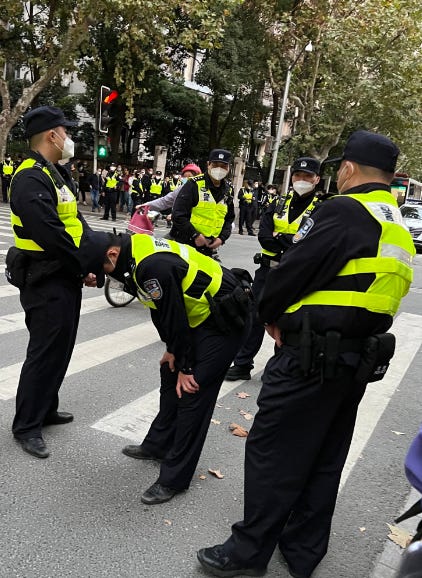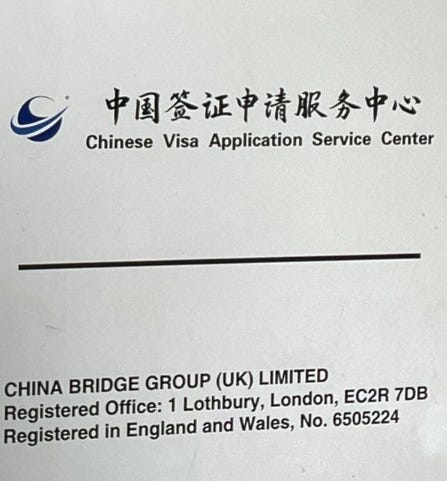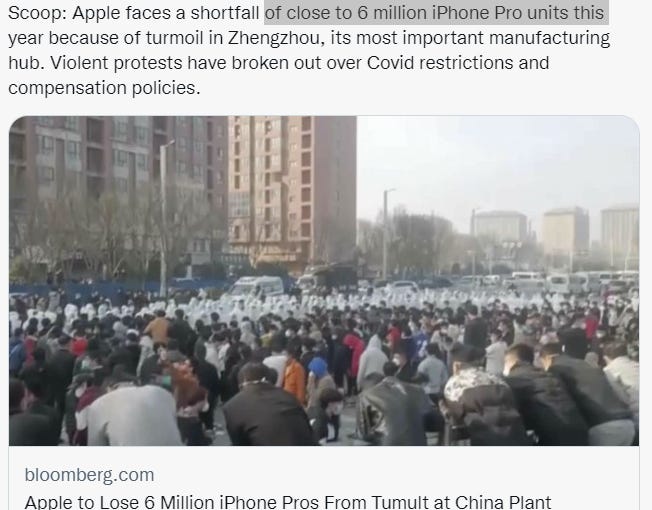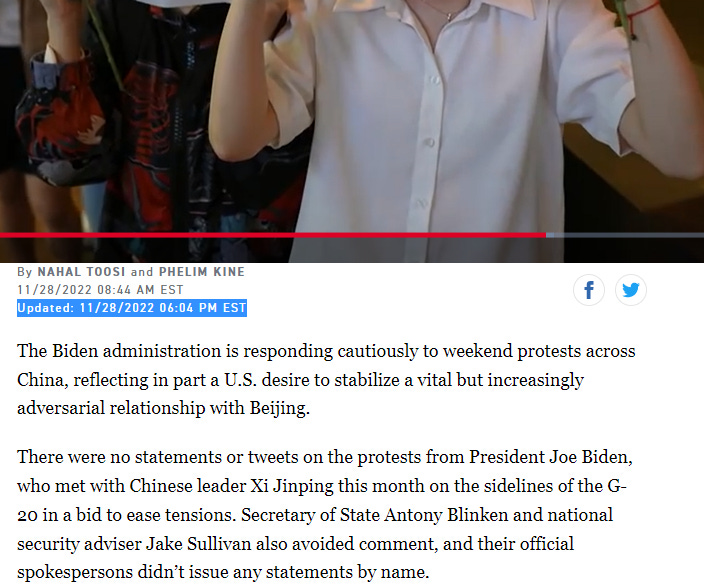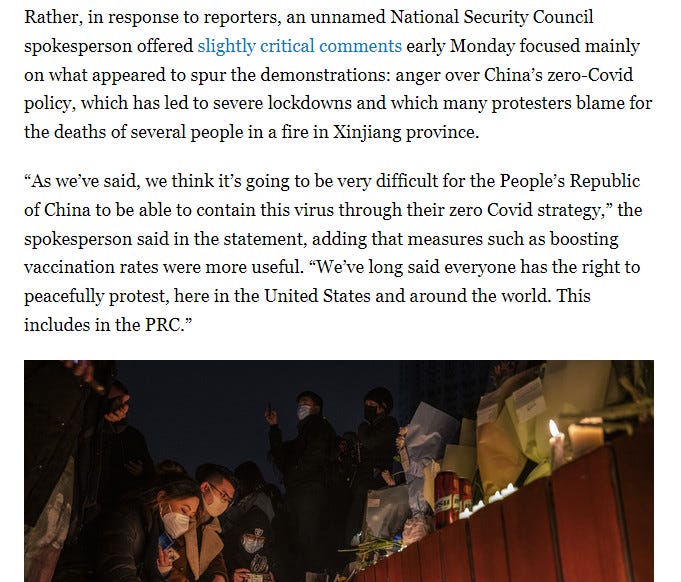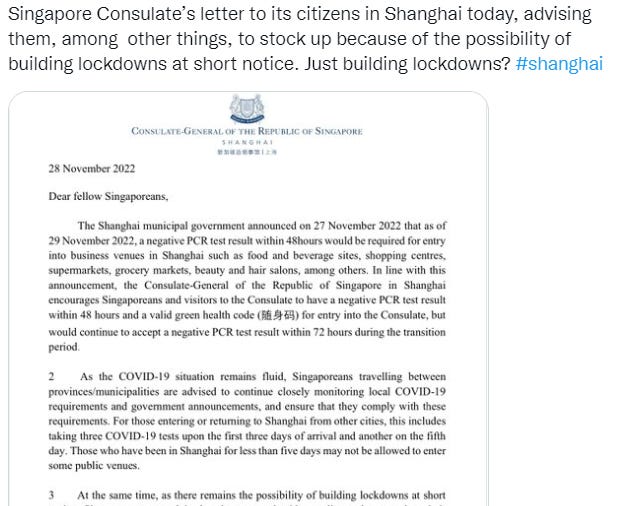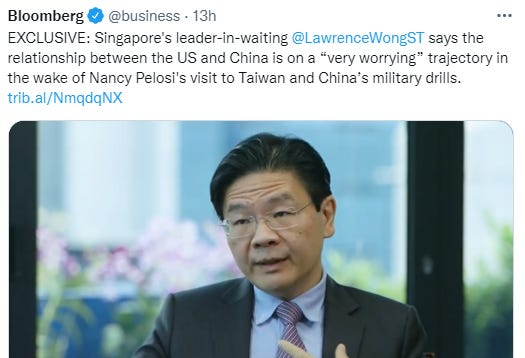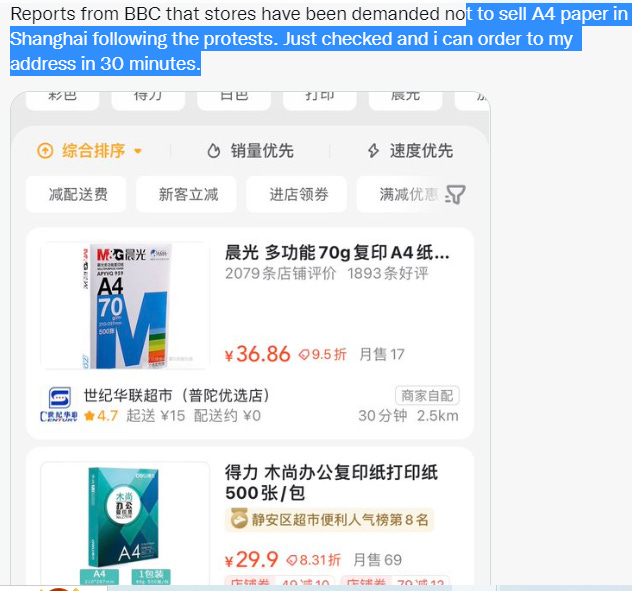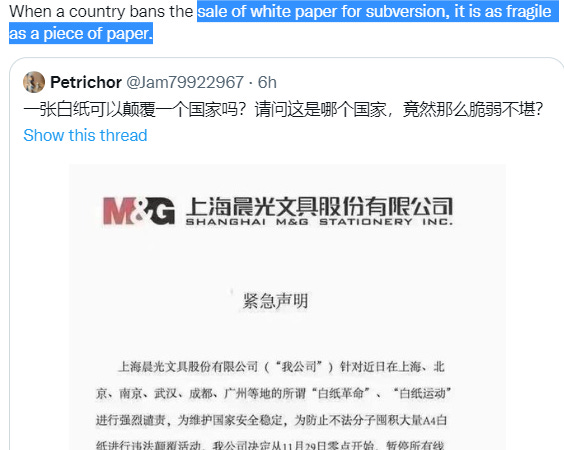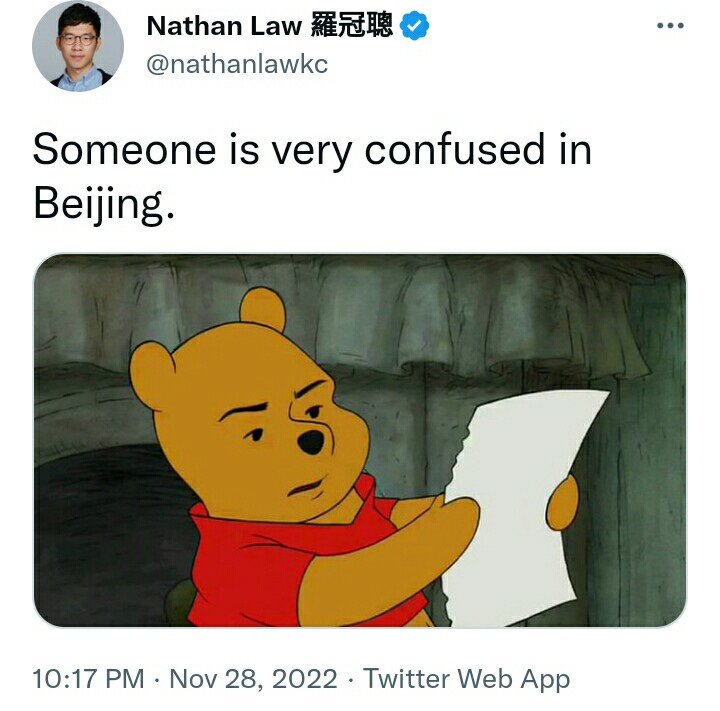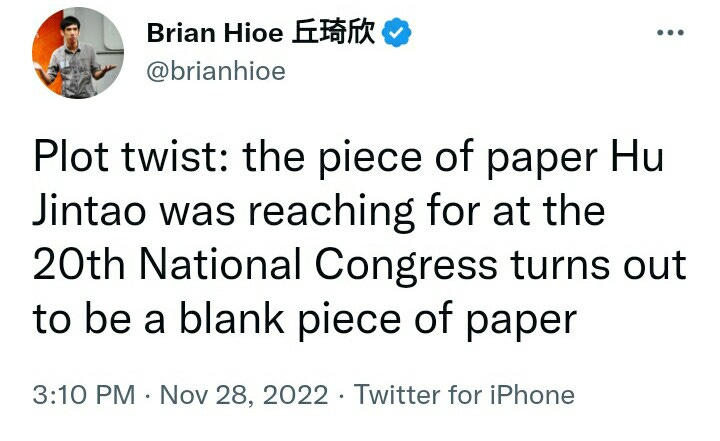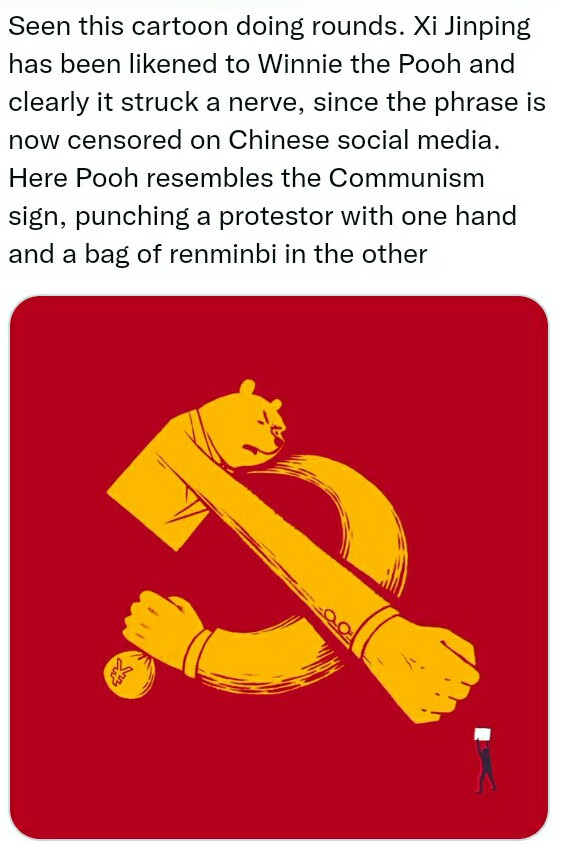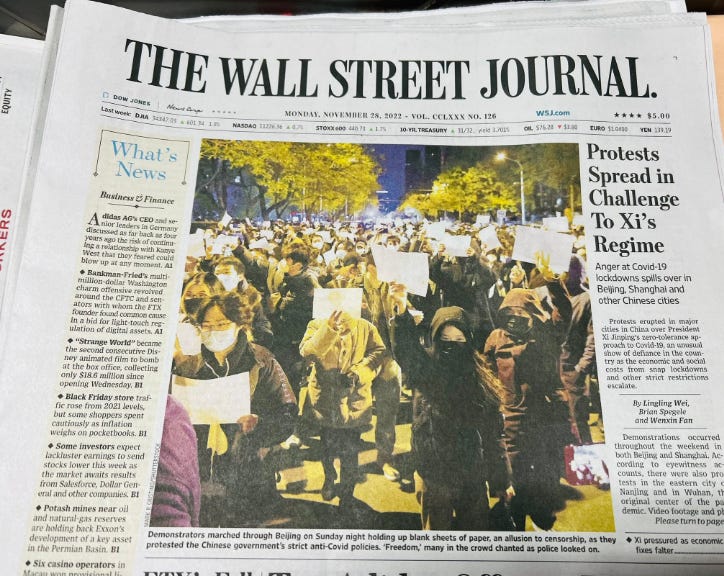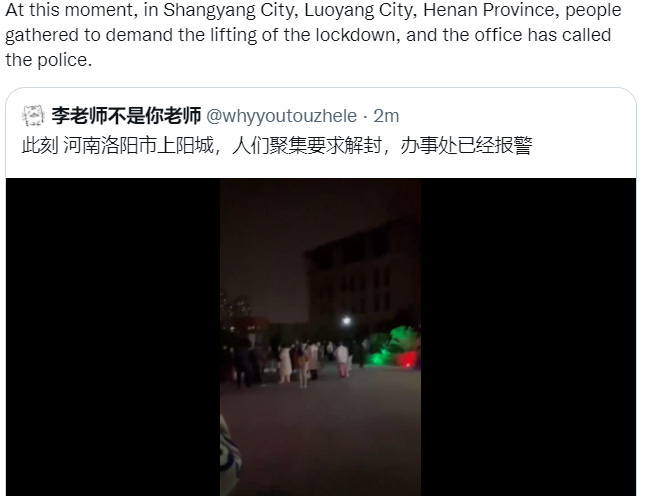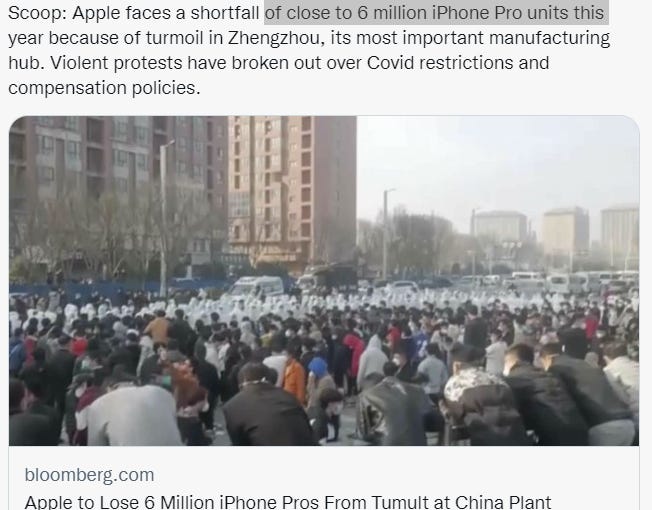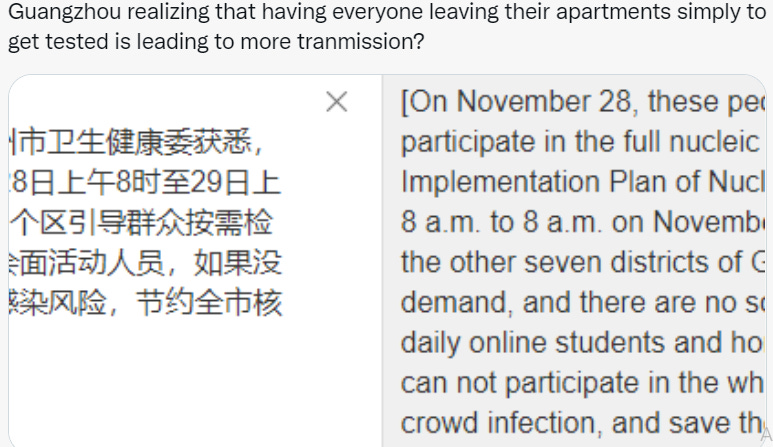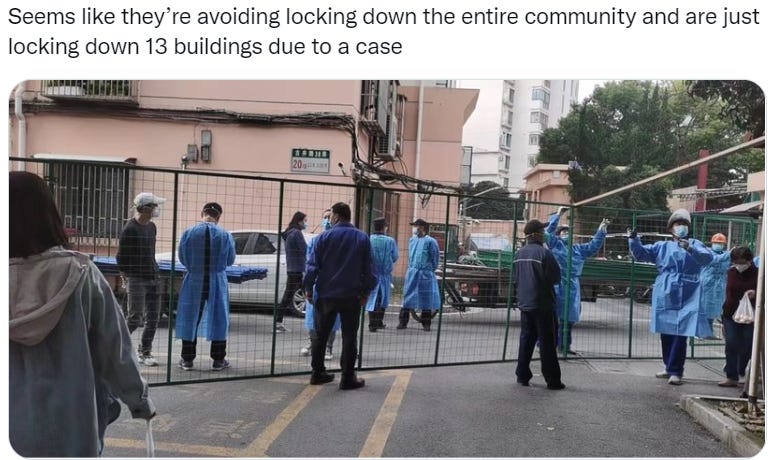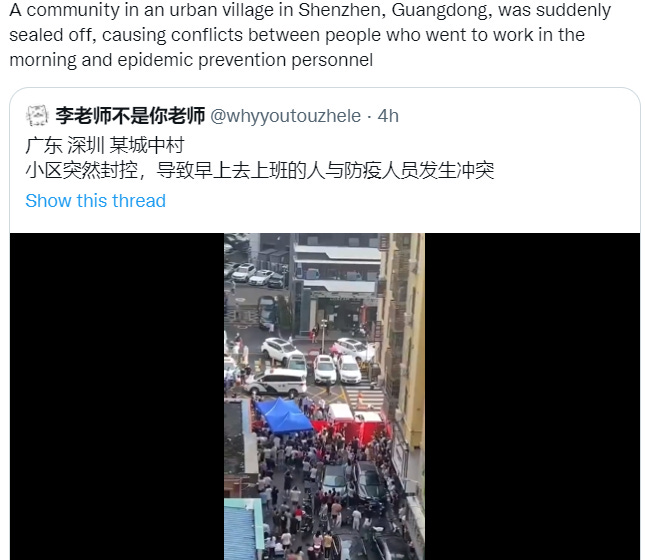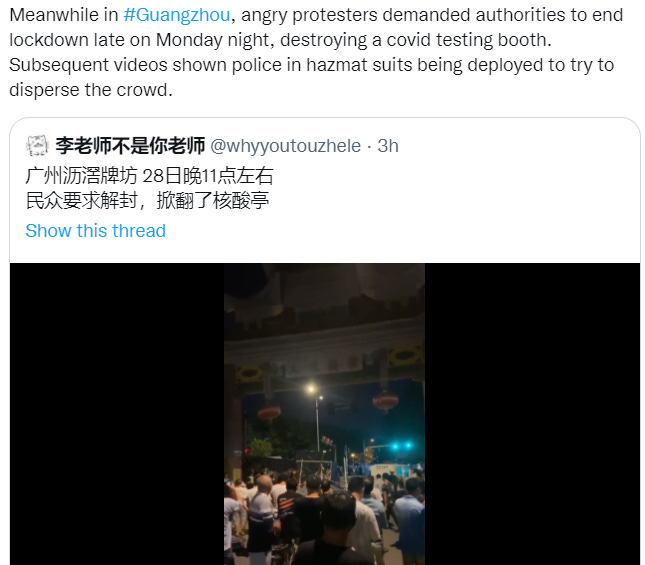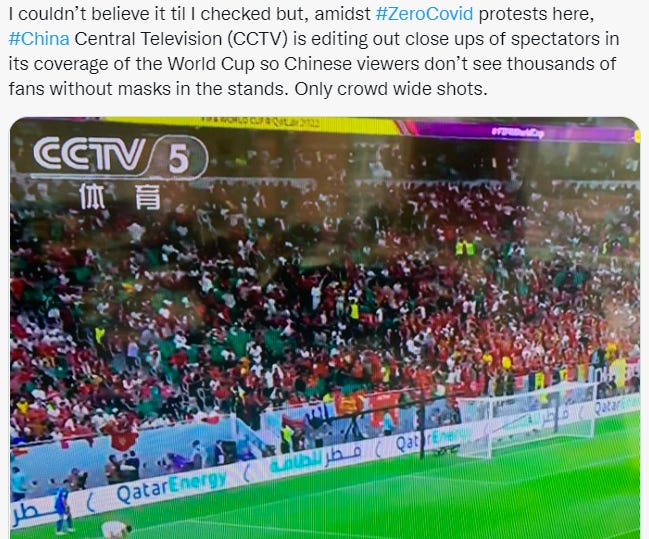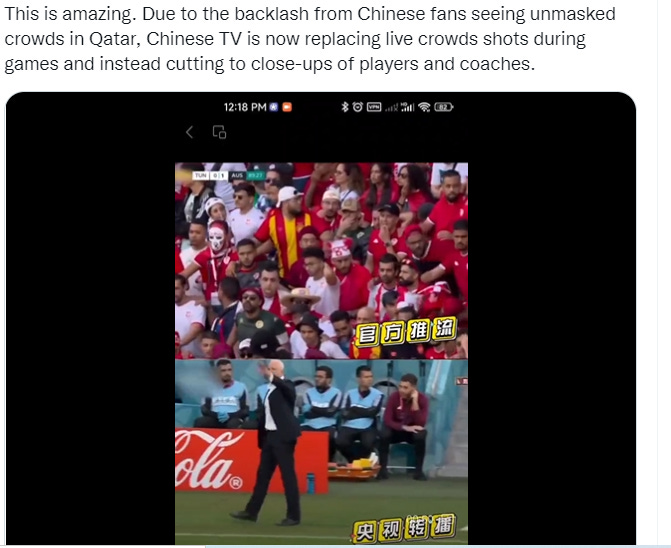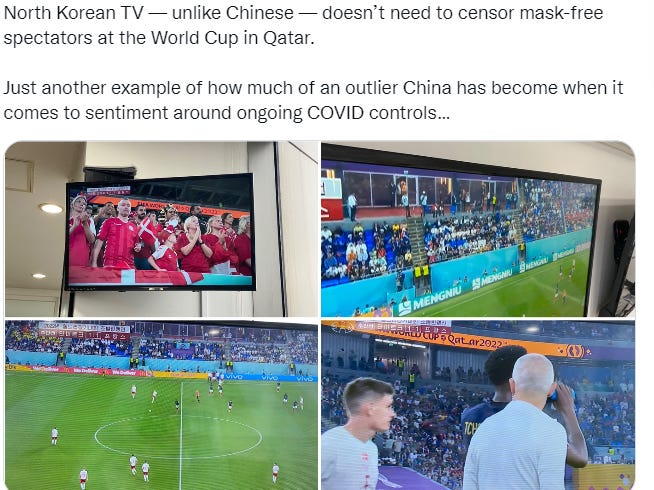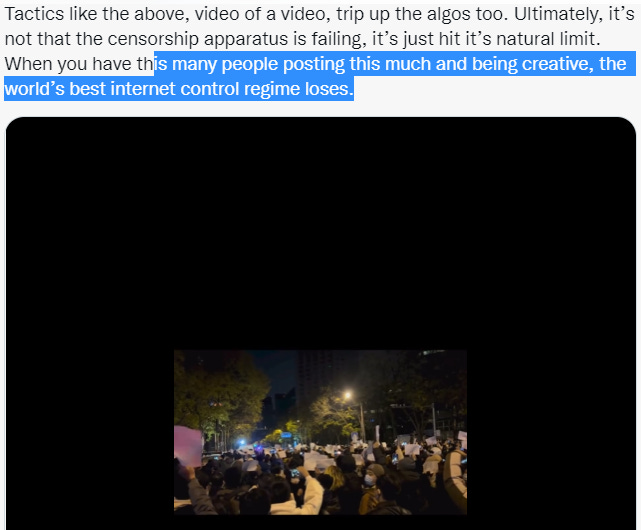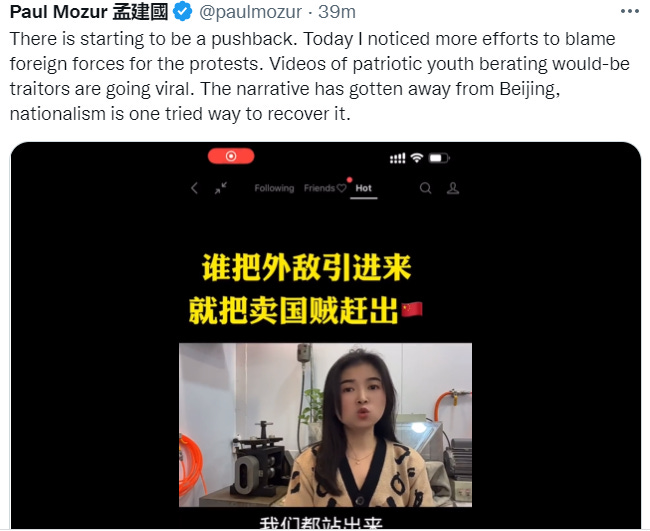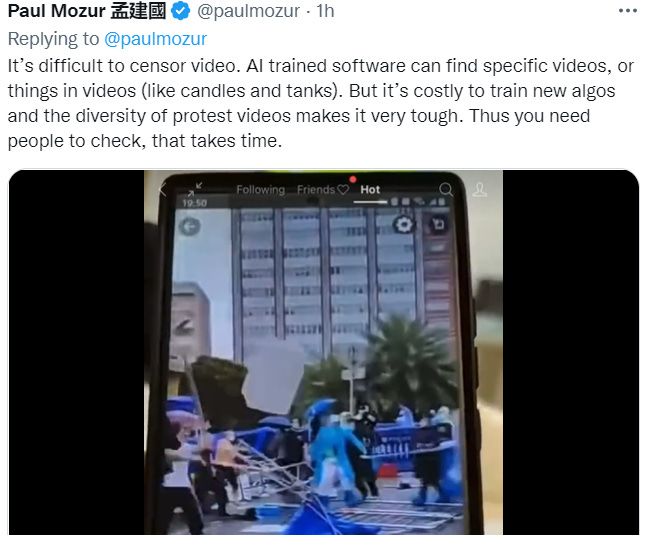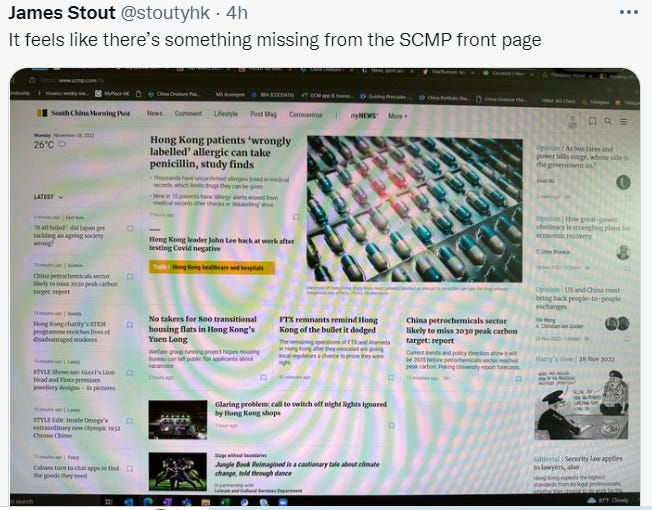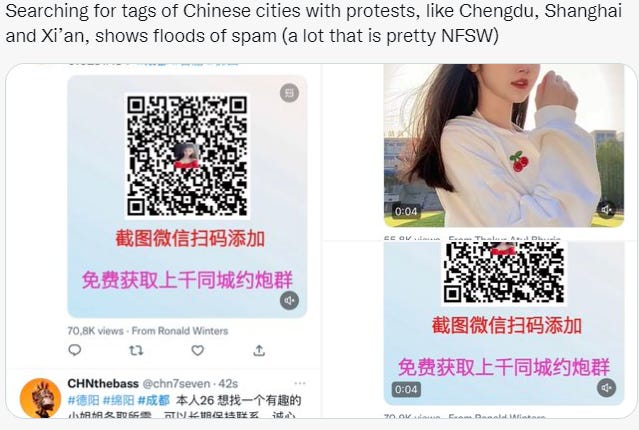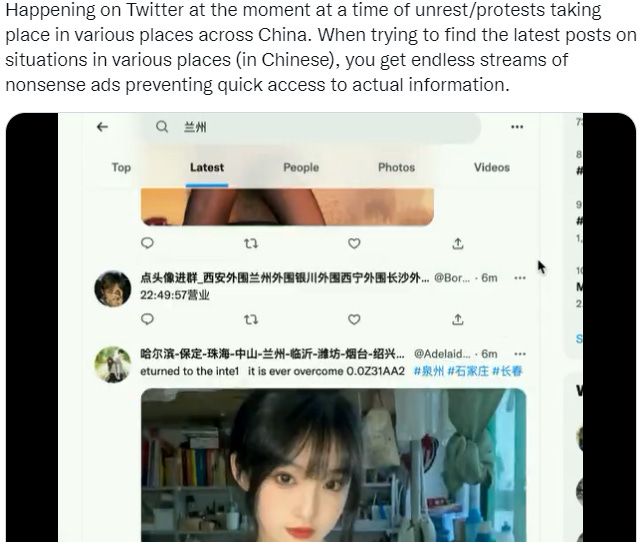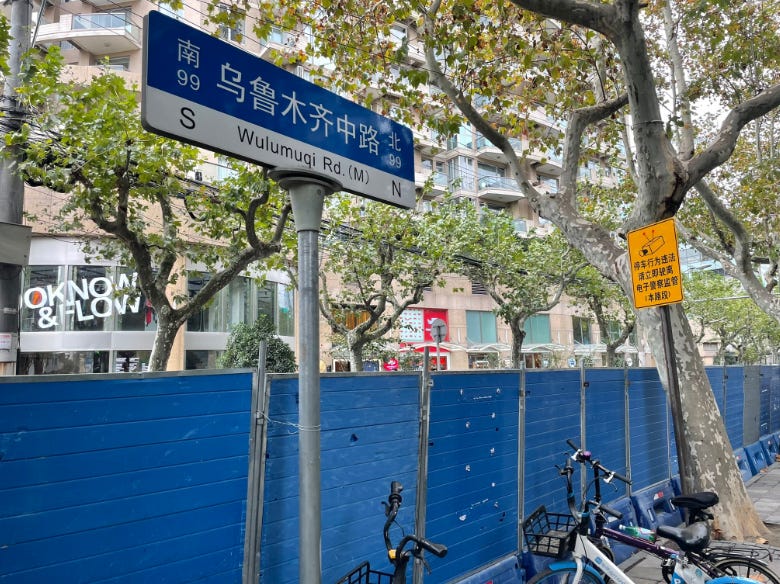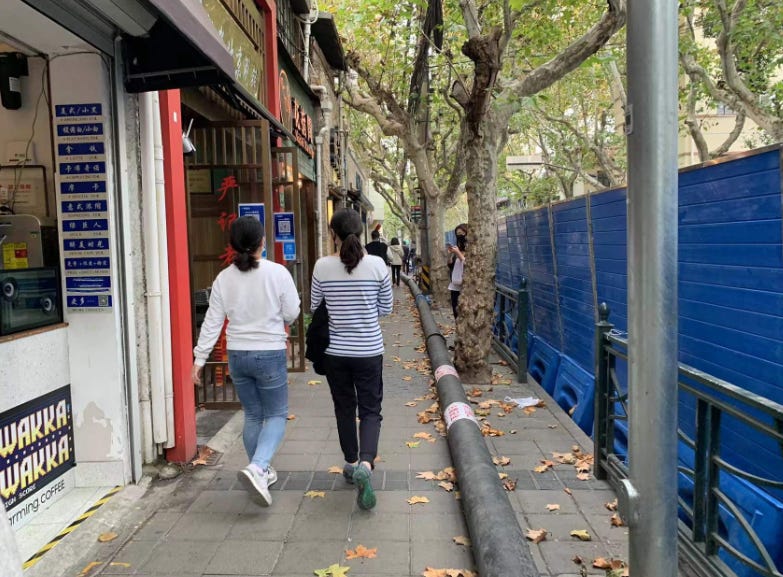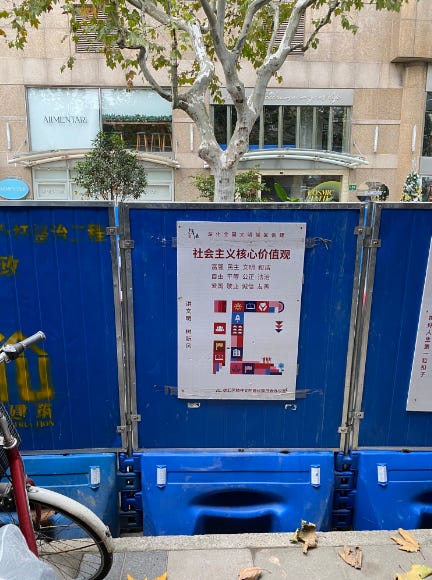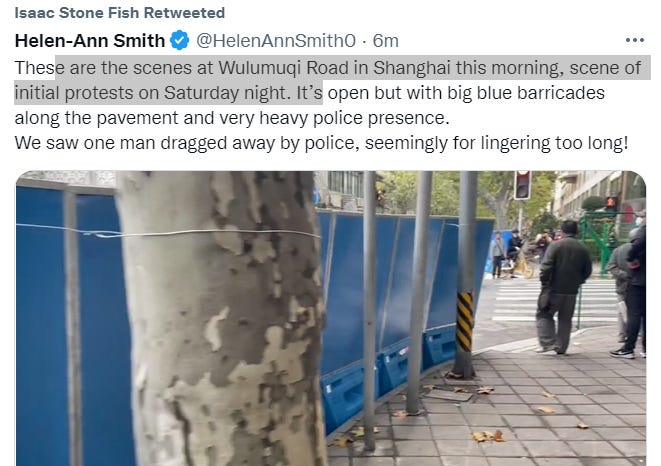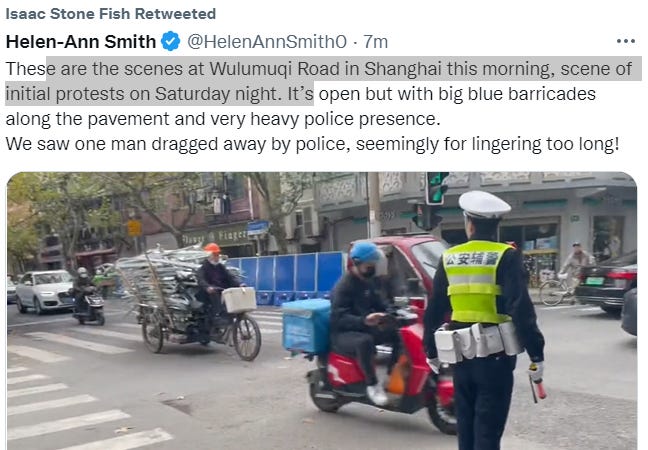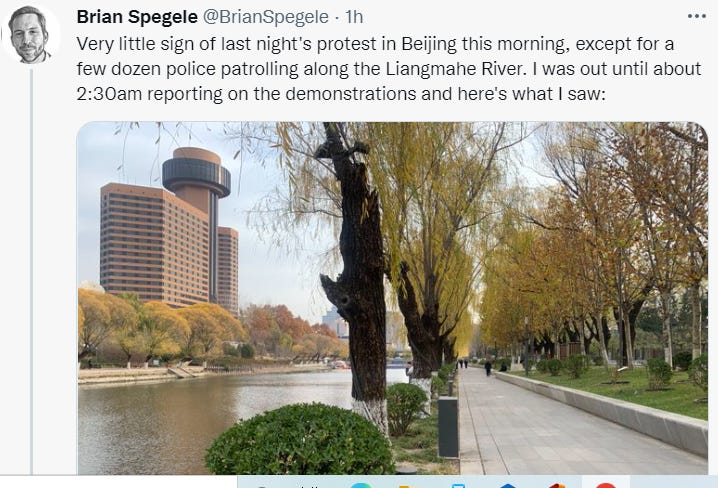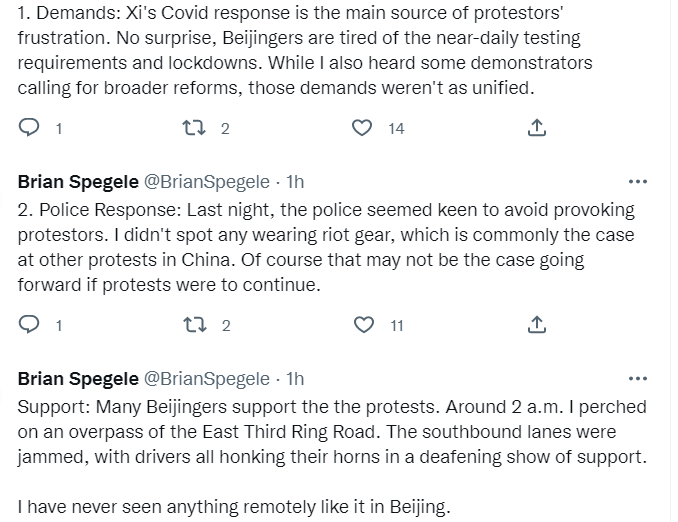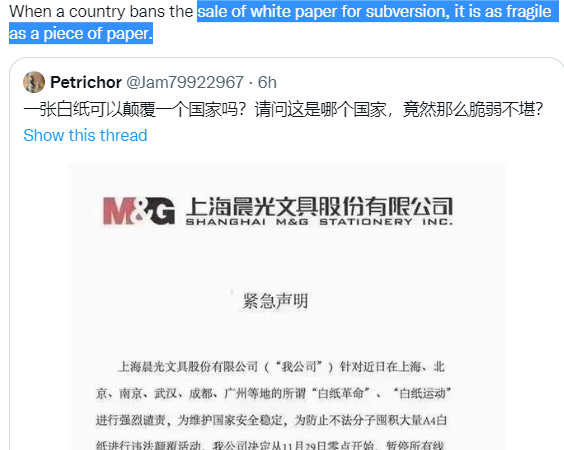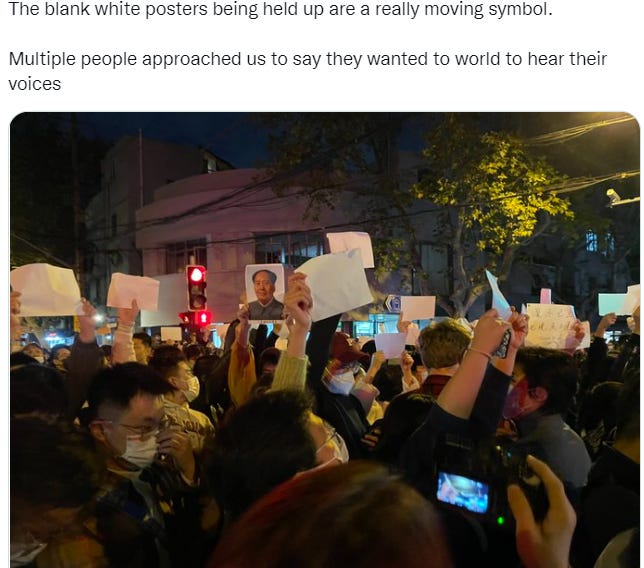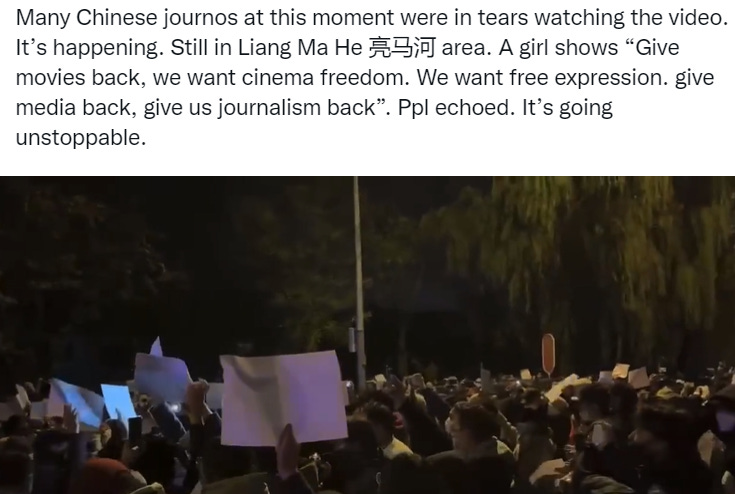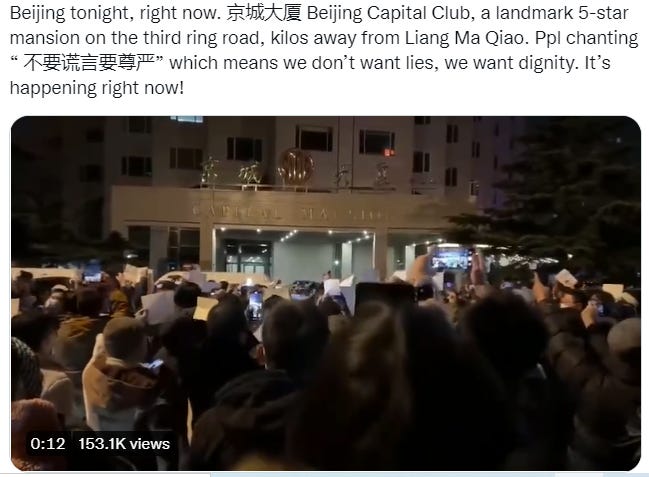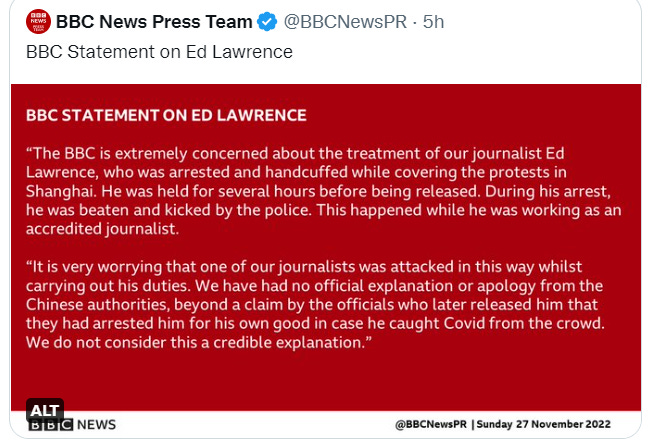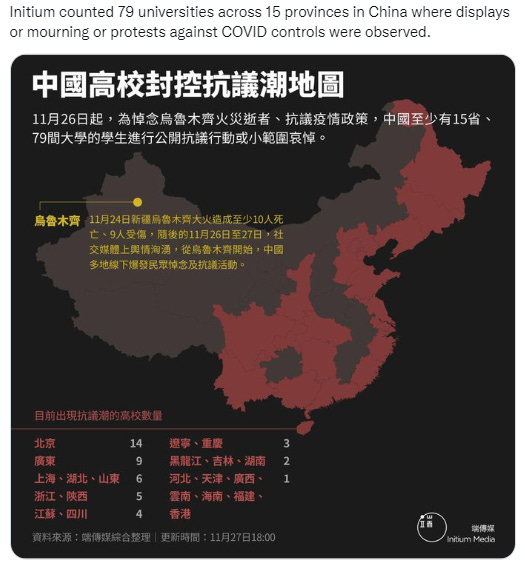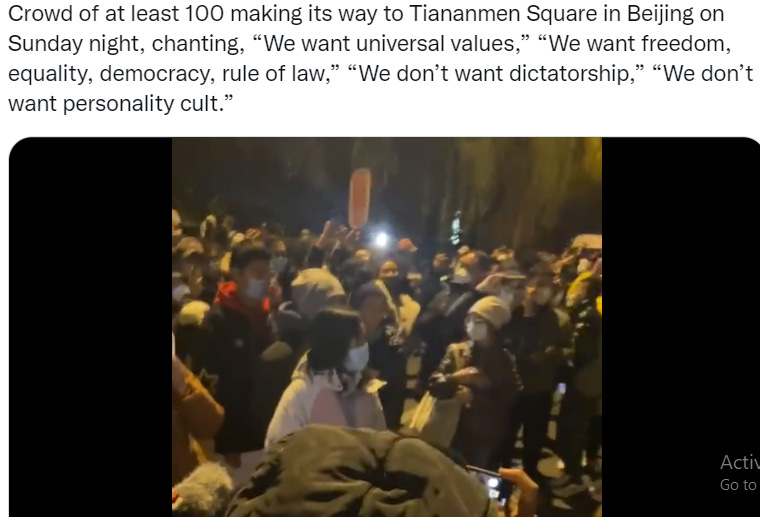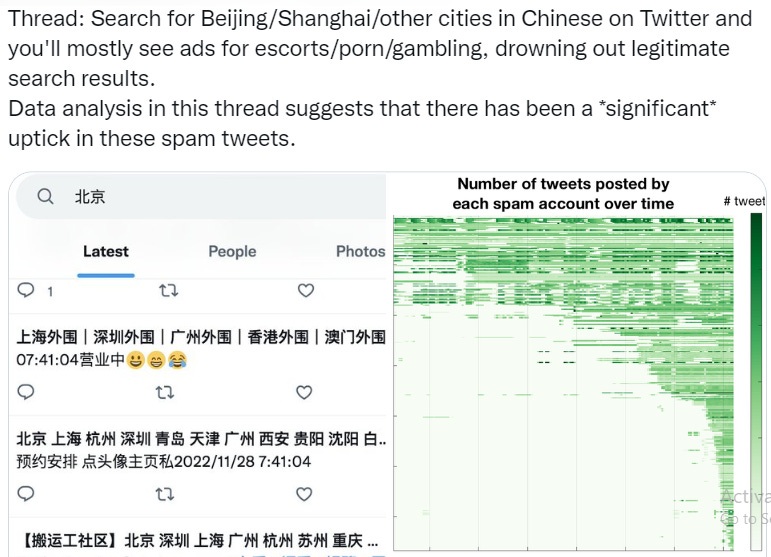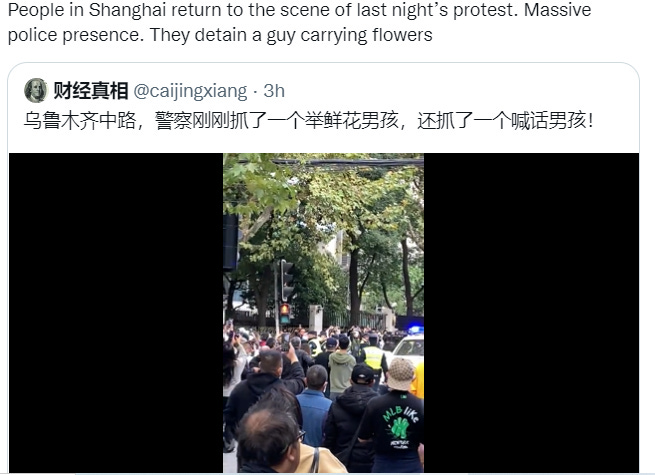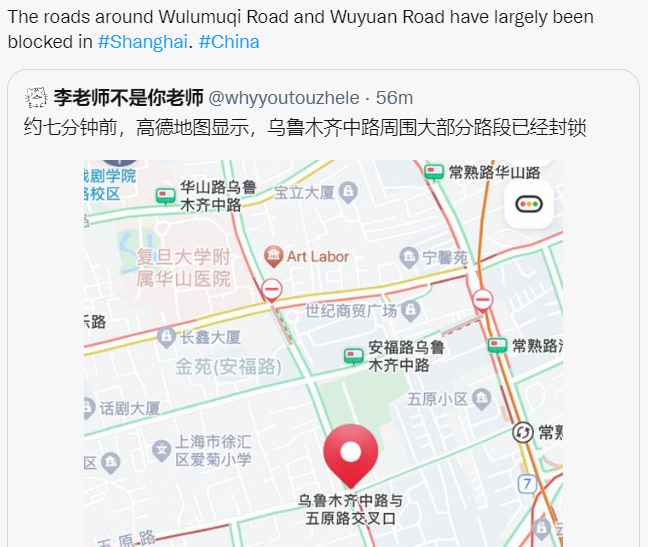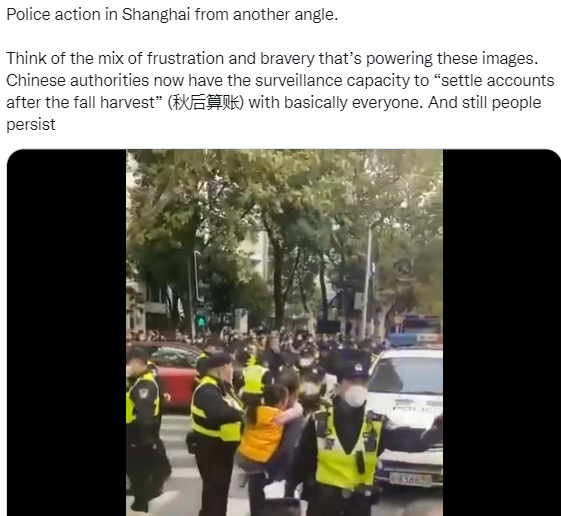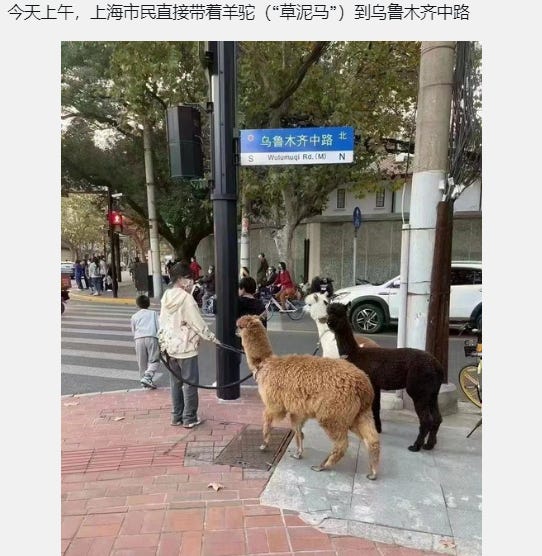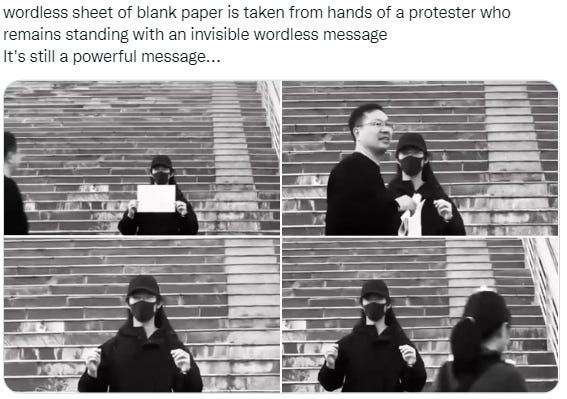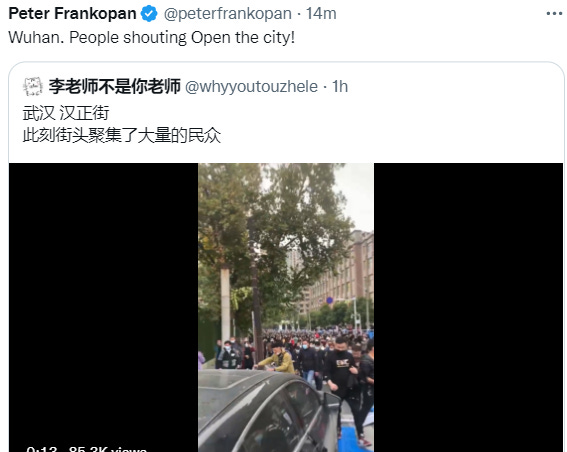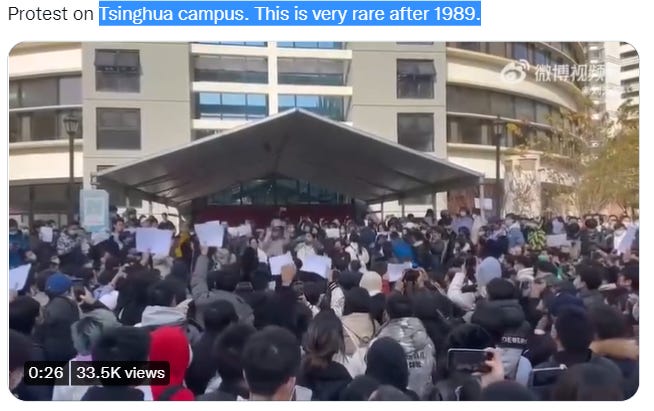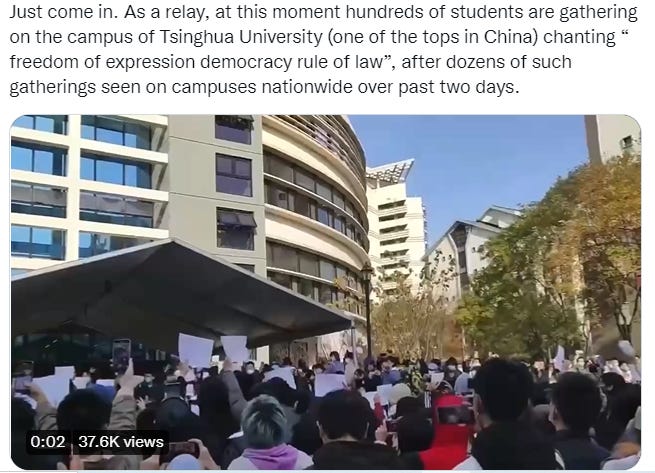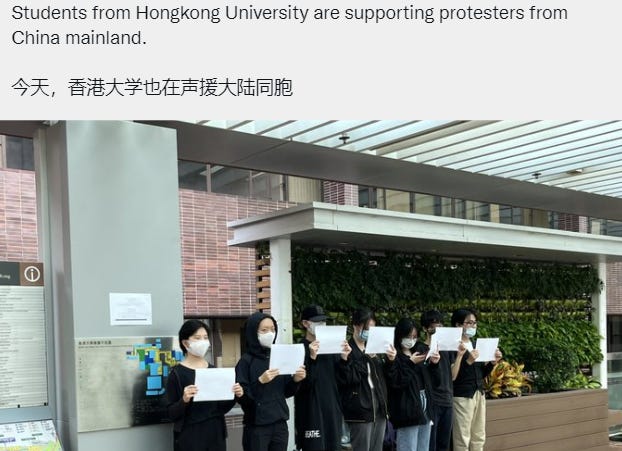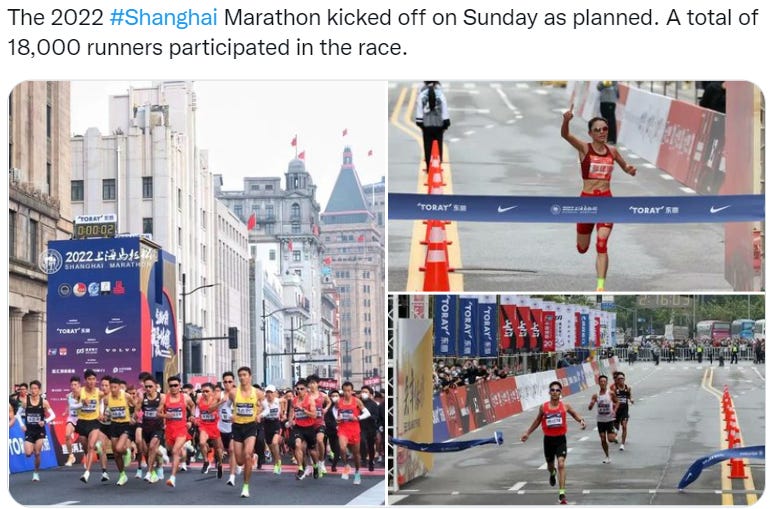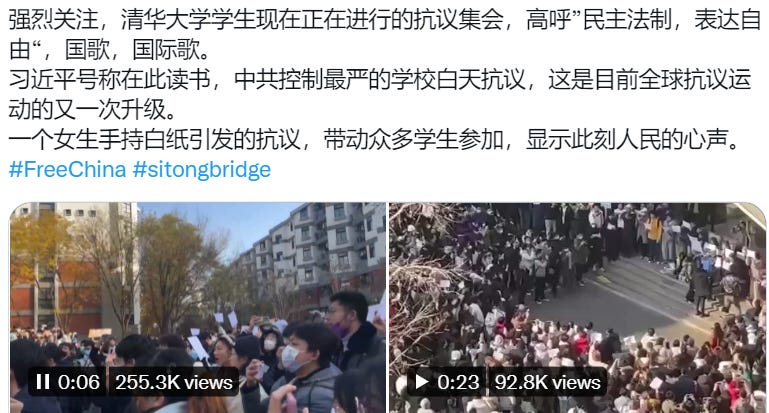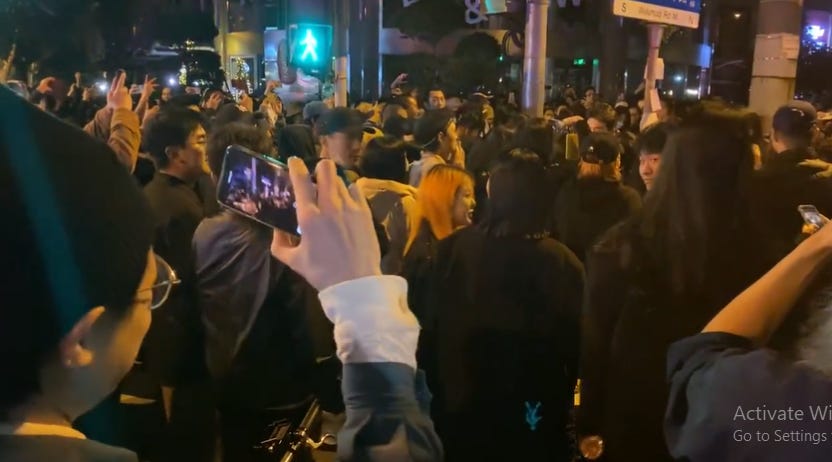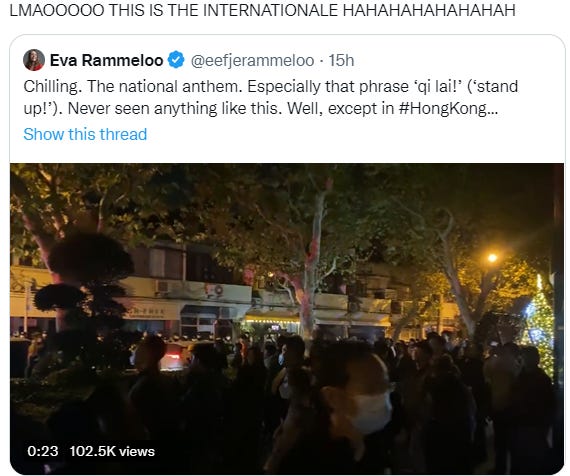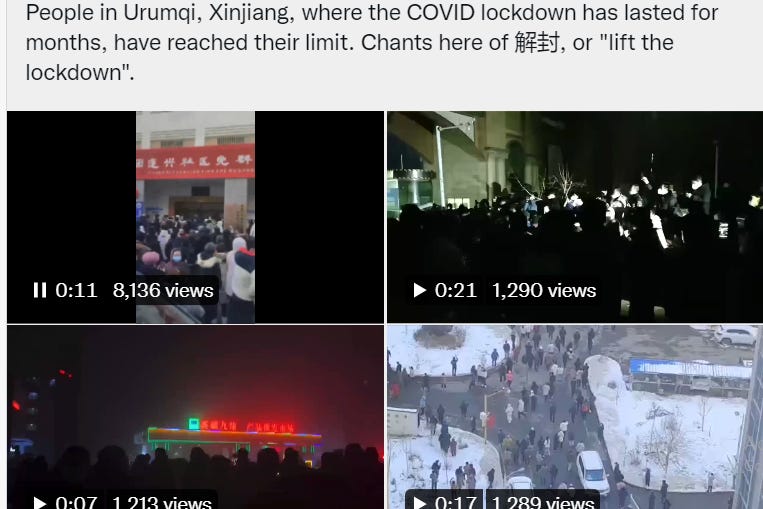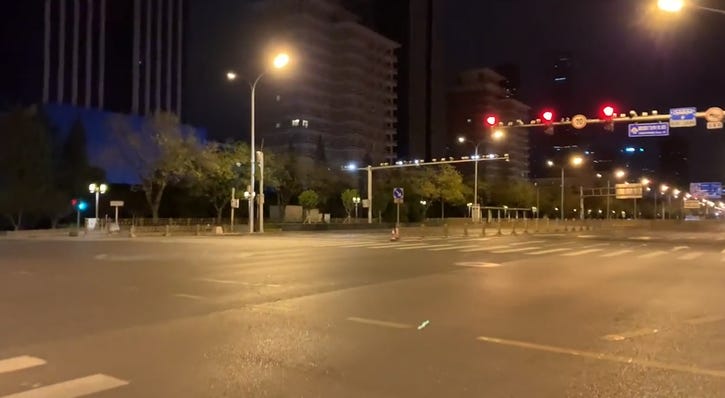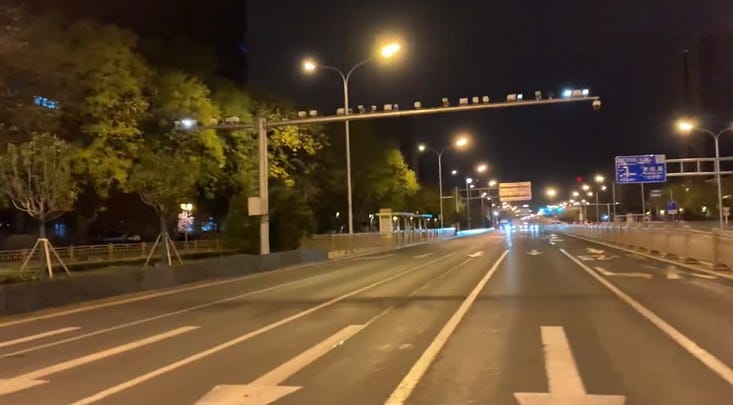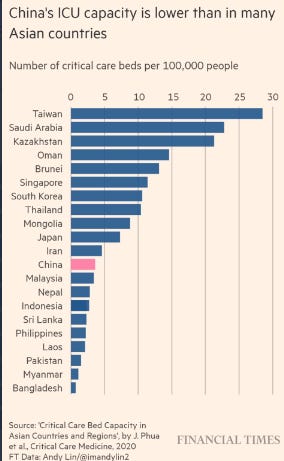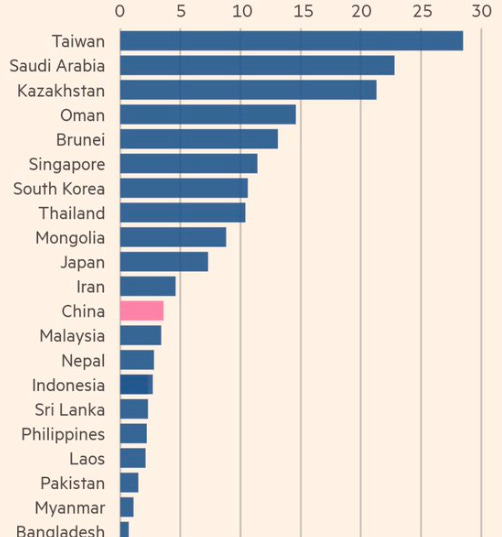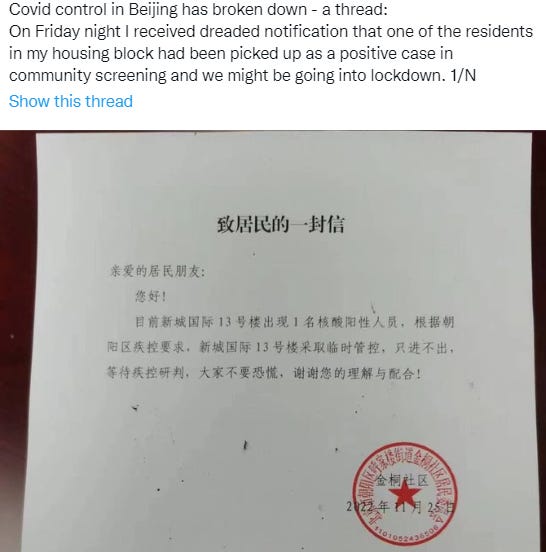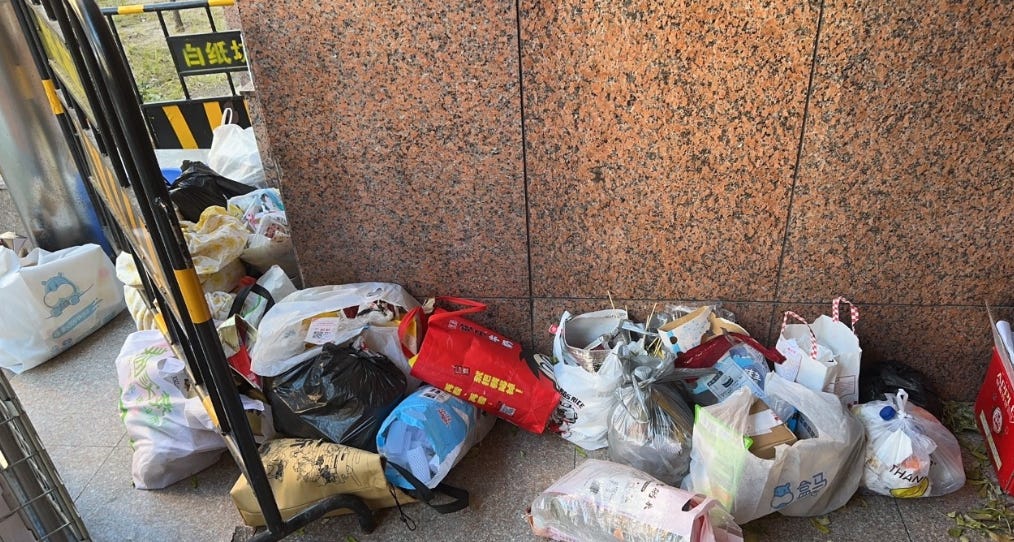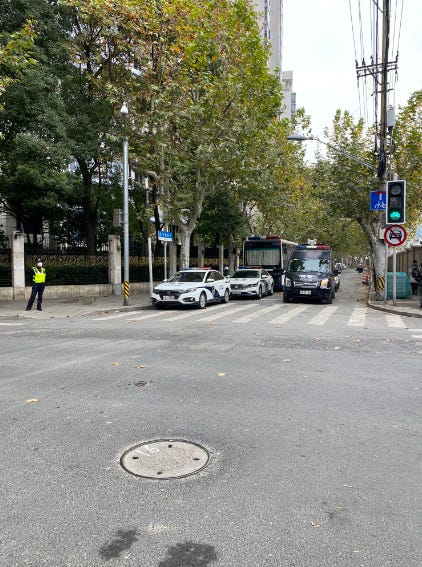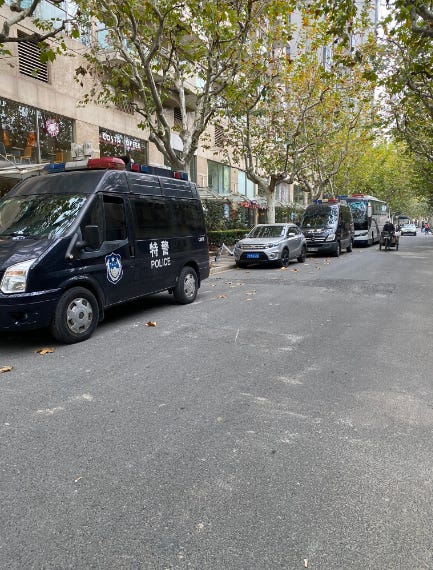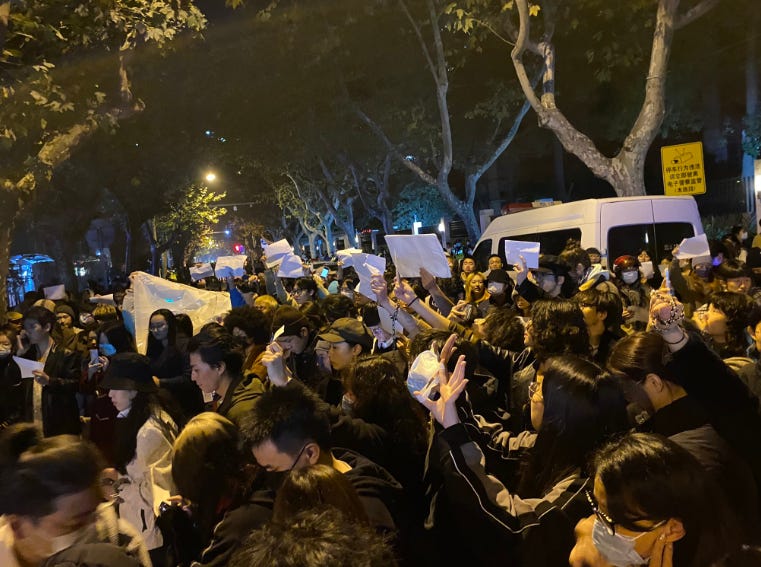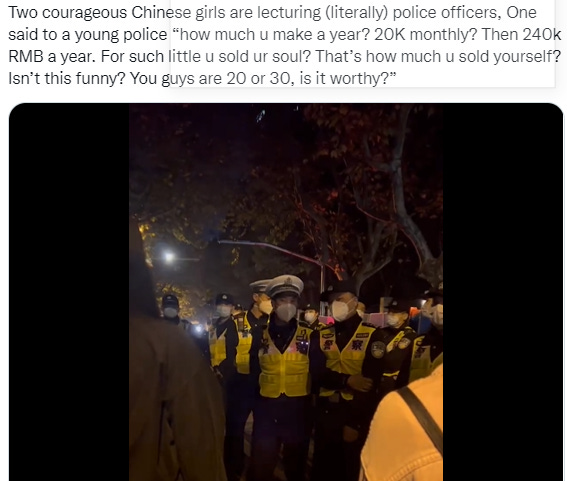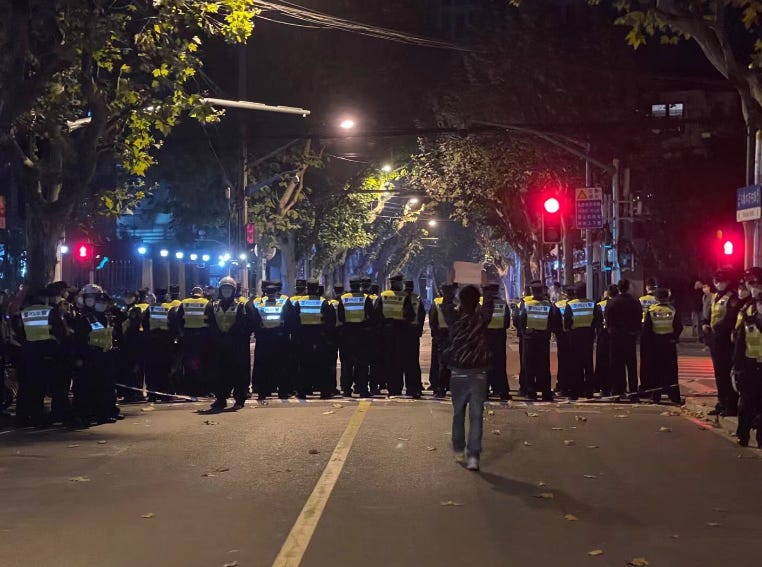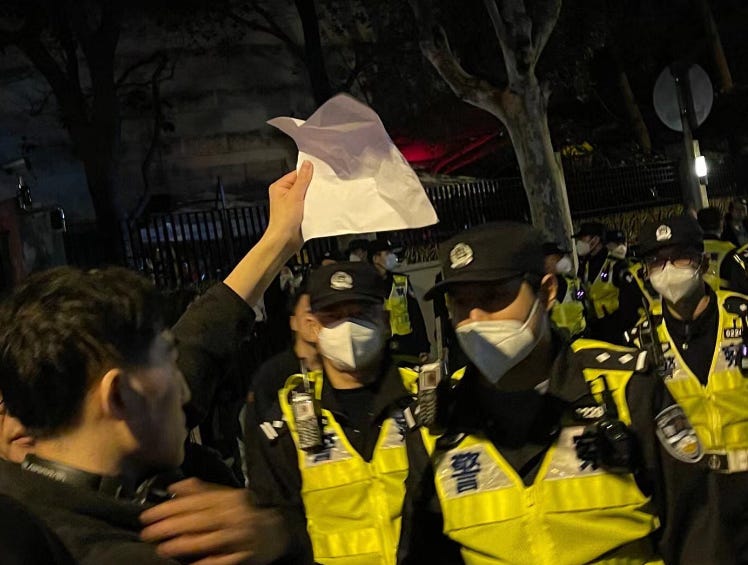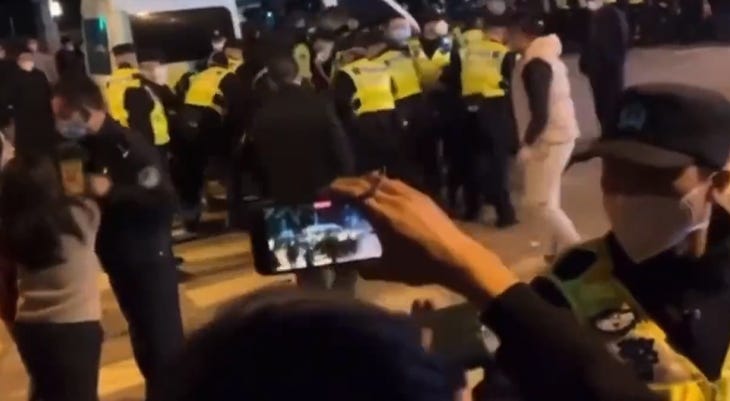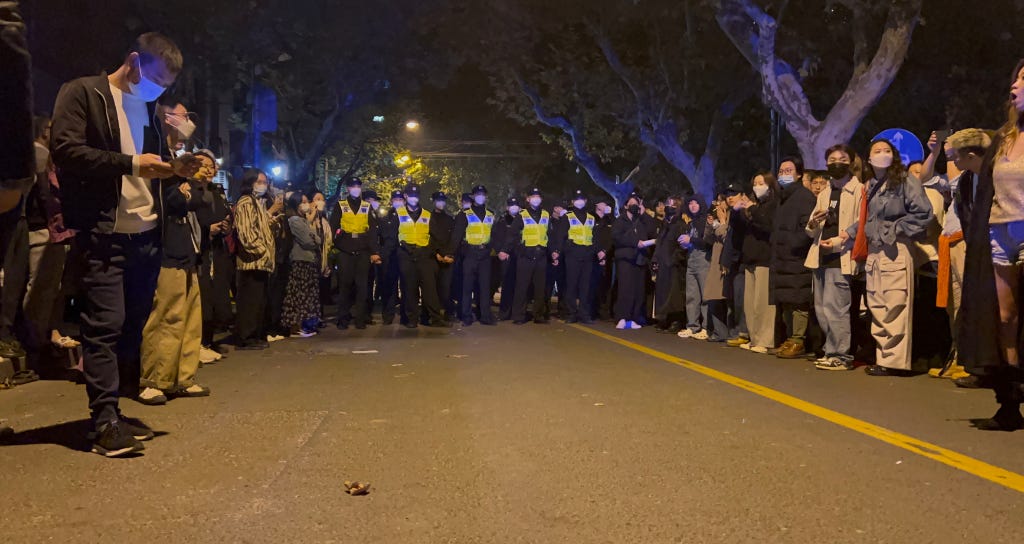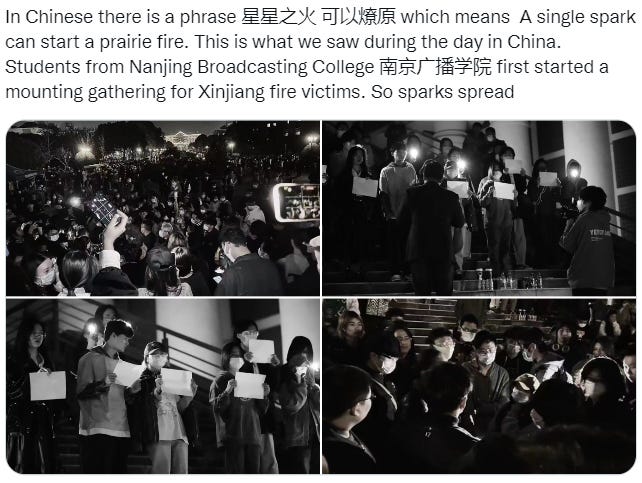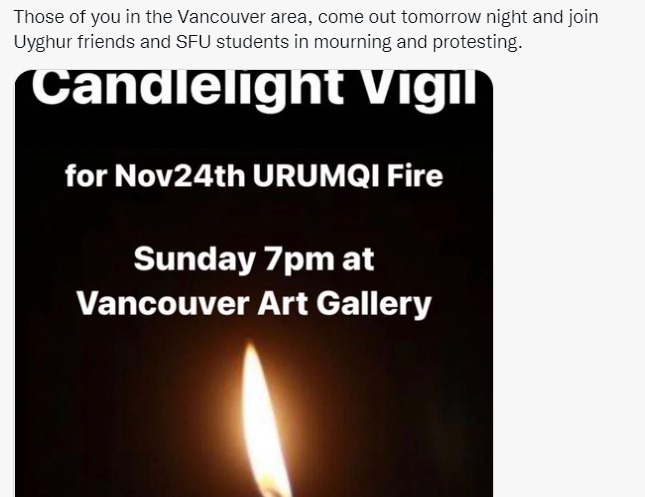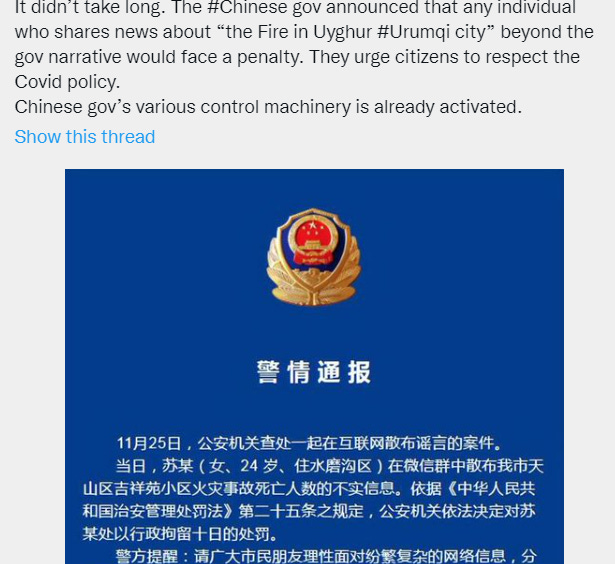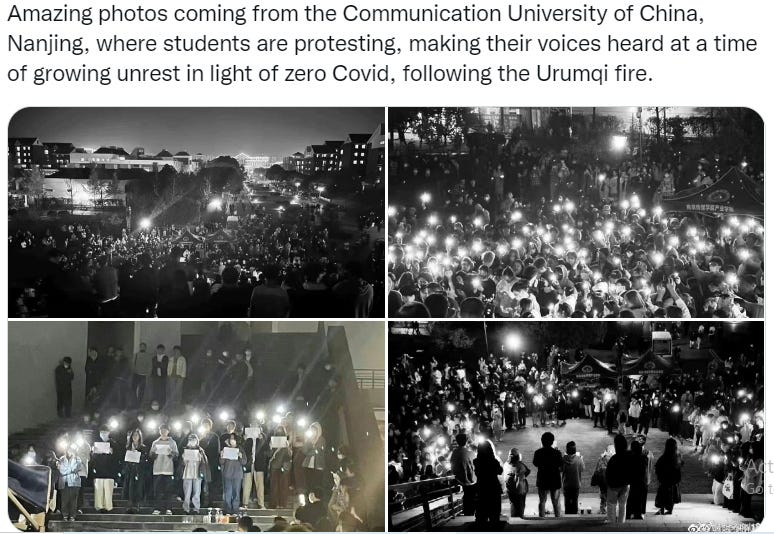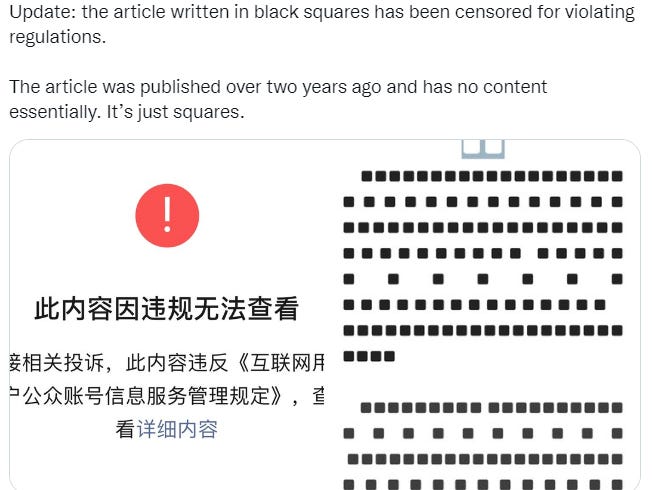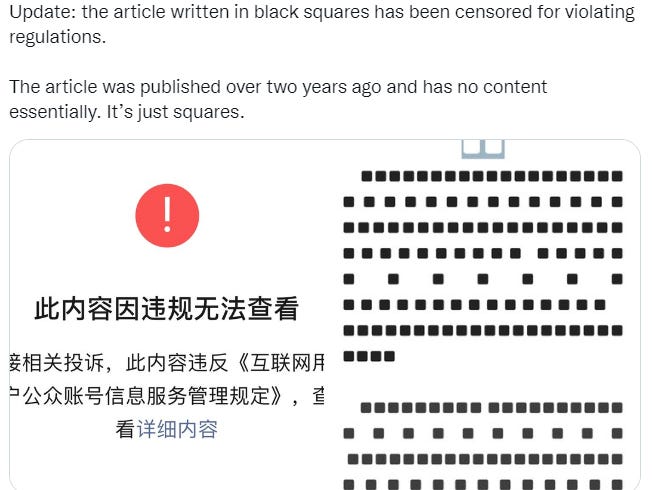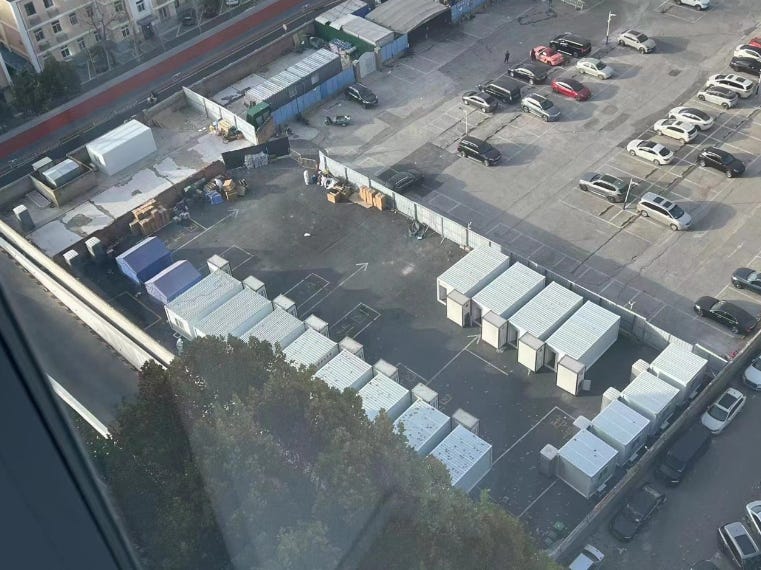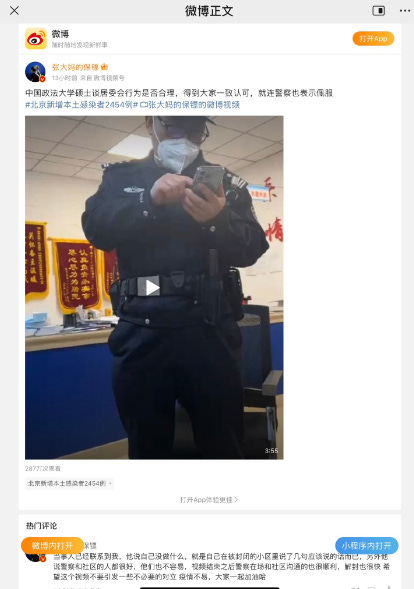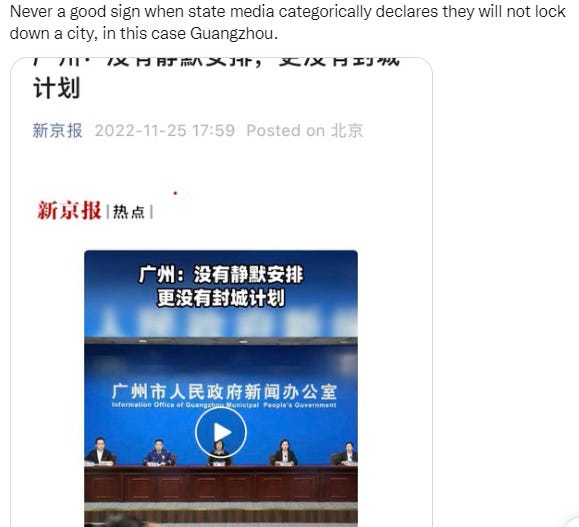Live Update: 2nd Mini Tiananmen in China Mainland
(since Friday Nov 25th) Riot in Urumqi / Wulumuqi Shanghai, (maybe) 2nd (mini) Tiananmen. Also protest because dead of several Xinjiang people last Friday.
I try to compile every eyewitnesses. For clear, 2 URUMQI in here. Urumqi Xinjiang, and Urumqi (Wulumuqi) road in Shanghai
(several pictures selected, to imagining latest situation in China)
Refresh this substack to see more update about latest situation in China, not only Covid. Rest in peace to all the victims in Urumqi Xinjiang. Rest in peace for Jiang Zemin, who set a landmark for unwavering support - relations between China and ASEAN. Maybe will extreme long like substack Live Update Russia - Ukraine since February 24th. Not sure if twitter’s gonna be around much longer, join my substack to keep in touch (*was in English, German, Francais, Indonesian, Turkiye language. More / Planning: Italy, Dutch)
======================================================================================================
START LIVE UPDATE:
EY:
(two tale of only two superpowers in entire earth)
(Japan forced a mandatory coronavirus test for everyone visitors from China, but)
(two tale diplomacy: Former FM U.S. Michael “Mike” Richard Pompeo, and New Chinese FM Qin Gang)
under the line: before Dec 22th 7 am Beijing / local time
above the line: after Dec 22th 7 am Beijing / local time
===================================
under the line: before Dec 20th 7 am Beijing / local time
above the line: after Dec 20th 7 am Beijing / local time
===================================
EY:
under the line: before Dec 6th 7 am Beijing / local time
above the line: after Dec 6th 7 am Beijing / local time
===================================
EY:
EY:
EY:
EY:
EY:
EY:
EY:
EY:
EY:
EY:
EY:
EY:
EY:
EY:
EY:
under the line: before Dec 3rd, 1 pm Beijing / local time
above the line: after Dec 3rd 1 pm Beijing / local time
====================
EY:
EY:
EY:
EY:
EY:
above the line: after Nov 30th 11 am Beijing / local time
under the line: before Nov 30th, 11 am Beijing / local time
===================================
EY
EY 1
(19 hours after no tweet by Ed):
Small crowd (specific) Day-3 / Night-3 in Wulumuqi Lu Road / Urumqi Road Shanghai. Bigger number of police officers rather than (potential) protesters
News written directly by Ed, circa 8.50 pm CST Nov 28th
(Refresh this substack to see more update about erupt protest across China Mainland. Rest in peace to all the victims in Urumqi Xinjiang. Not sure if twitter’s gonna be around much longer, join my substack to keep in touch (*was in English, German, Francais, Indonesian language. More / Planning: Italy, Dutch)
EY 2
EY 3
EY 4:
EY 5
EY 6
Systemic Censorship in China to several website:
EY 7
EY 8
EY 9
under the line: before Nov 28th, 11 am Beijing / local time
above the line: after Nov 28th 11 am Beijing / local time
===================================
EY
Liang Ma He = Liangmaqiao DRC, an expatriate area (diplomatic residence compound)
EY
EY 2
示威行动仍在中国各地发生,我也希望能继续与各地参与或关注相关行动的中国人民对话交流。若妳/你愿意以安全的方式分享想法,欢迎在推特私讯我,或写邮件至 hao-wei.yang@dw.com。若您有Signal或Telegram的话,欢迎传讯息至 +886911408706。
希望能和今天参加了抗议和悼念活动的同学聊一聊。务必是本人参与的。请私信或发邮件 li.yuan@nytimes.com 谢谢!
under the line: before Nov 27th, 1 pm Beijing / local time
above the line: after Nov 27th 1 pm Beijing / local time
====================
The Protesters very much hate Xi Jinping, but are using INTERNATIONALE, a song to embrace communism. A Xi Jinping regime. A Putin regime. A Castro and after Fidel Castro regime. A Maduro regime. A Kim Jong-un regime (since weeks ago showed her daughter, an estafet leadership in North Korea). It Looks like China citizens learn from zero about democracy. Malaysia, for example, waited 1997-2022 then finally Anwar Ibrahim, a symbol of Malaysian democracy, was crowned to be PM a week ago.
eyewitness 1 (EY 1):
‘Down with the party! Down with Xi Jinping!’ Free Xinjiang!’
eyewitness (EY) 2:
In the coming days, foreign journalists, diplomats, government leaders and dignitaries around the world, please do all you can to report on the events and pay attention. This is the best way you can help with the safety of the protesters.
EY 3:
Scale of the protest tonight in Shanghai. Notice police didn’t do anything but standing calmly watching people protest and shouting. It’s not benevolence. My guess: they need to ask for directives from the top authorities. Police might be stunned as nobody dares doing so for decades.
EY 4:
People in Urumqi protesting Covid lockdown in front of city hall. The inhumanity has become too much to bear. Not sure how this will end, but I wish the protesters safe (health-wise and politically,) and feel empowered by their own burst of courage no matter what the outcome is.
EY 5:
Crossing the main east west thoroughfare in China’s capital city Beijing tonight you can see how pumping it is under Zero Covid Policy
EY 6:
One of my office staff in Xicheng has been on lockdown since Friday. Trash is piling up in the hallways and food deliveries are waiting outside the compound. She volunteered to take out trash and deliver food for neighbors but she refused. Said she wasn't a professional.
EY 7:
Incredible scenes of unrest in Zhengzhou (Foxconn Factory, China's largest iPhone factory) today, of an intensity unseen in mainland China for many years. Public sentiment – like Beijing’s COVID policy – feels extremely volatile right now. Violent protests erupted at Zhengzhou over poor conditions and an alleged pay dispute, as hundreds of workers faced off against riot police from last night well into this afternoon. Foxconn confirmed the "violence" in a statement
EY 8:
After the protests of yesterday night in Shanghai, police in full force to make sure won’t happen again…… I expect big crackdown
EY 9:
More from protesters who participated in #Shanghai's protest: "The main demand was to put an end to the zero-Covid measures. Some people expressed their dissatisfaction with the Communist Party, while others mourned the death of those in the fire in Urumqi."
EY 10:
已开始联系做采访。若有推友近日曾参与示威行动或看完相关视频希望分享看法,欢迎私讯我或寄邮件至 hao-wei.yang@dw.com
EY 11:
People holding up white sheets of paper. ‘We don’t need to write anything on it. It is a symbol of the revolution of the people’, someone says.
EY 12:
At the south end of the street (Wulumuqi / Urumqi road) are still more than hundred people. They are yelling. ‘We are all Chinese!’ The police is quietly waiting until they leave.
EY 13:
It’s hard to identify who’s taken the videos in Shanghai or other cities and campuses. It’s totally spontaneous. Decentralized distribution is hoped for. Ppl took videos,uploaded, hoping to spread and share ASAP despite the risk. So if there is credit/IPR concern,shout pls.
EY 14:
The protest (in Wulumuqi / Urumqi road) ended at 3-4am local time. Witness said at least five young ppl were taken into police cars. By far no update on whereabouts of them from Shanghai. All such videos were first published on Weibo and Wechat video accounts but were taken down right away.
EY 15:
Protesters chanting we want freedom on Urumqi Street of Shanghai. Notice ppl are holding a piece of white paper. It’s because students from Nanjing Broadcasting College earlier of the day were protesting, holding a piece of white paper, meaning “censorship shuts us up”.
EY 16:
The tragic fire in Xinjiang this week reminded me of the fire department “training” we get at Guomao office towers in Beijing. They openly told us that we cannot fully rely on them to rescue us in the event of a fire. Why? Because of Beijing traffic, they said. Made sense.
EY 17:
Most serious moment since Tiananmen 1989. Hard to see the genie get put back in the bottle. A soft touch needed; a hammer much more likely to come next. And then who knows
EY 18:
I've lived in China for 30 years, and I've never seen such a brazenly open and sustained expression of rage against the PRC govt. WeChat is exploding with protest videos and furious vitriol, and civil disobedience is becoming rampant. This is a serious test of CCP governance.
EY 19:
EY 20:
EY 21:
Soho towers in Sanlitun. Apparently, these quarantine pods went up in a parking lot overnight. They must be expecting a huge surge in positive cases within Beijing.
EY 22:
One impression I’ve been getting from all these Weibo and WeChat posts about urban Chinese residents trying to lawyer their way out of lockdowns is that these people really do care about legality, and that the confusing legal signals sent by the government in recent weeks played at least some substantive role in fueling social protest (whereas the greater legal/regulatory clarity of the summer lockdowns may have aided their implementation).
EY 23:
Whatever else might happen in China as a result of these protests, regime change is not one of the possibilities. Anyone who claims otherwise is either bullsh*tting you or has no clue what he or she is talking about.
EY 24:
The scenes of public protest in Mainland China are so rare I almost don’t believe they are really happening. Probably nothing like it has been seen since Tiananmen.
EY 25:
Beijing weekly update: things are going downhill here. Everything's shut, more and more buildings are being locked down, cases continue to rise. Yesterday there were over 4000 cases in Beijing, of which over 800 were found "in society" (outside of locked down areas). Yesterday it was around 2500 cases, of which over 400 were found "in society". This means cases practically doubled in one day. The measures taken may have slowed the spread, but they haven't stopped it yet. Meanwhile, there is more and more anger over the lockdowns. My building was closed for 10 hours yesterday, because a resident was in a batch of ten tests that returned a positive. At 11 pm, when this person's test cam back negative result, people were free to leave again. Then today at 9 am, we were locked down again for the same reason. With all these cases, this is clearly going to keep happening. This time, however, our building's WeChat group was full of anger and complaints. People kept asking what right the "community" has to lock us down, and why we all need to stay indoors because of one person's test.
EY 26:
Big jump in COVID cases in Beijing over the past 24 hours, including a 2x increase in cases found in community testing (as opposed to positive cases emerging from among identified close contacts of previous cases). Numbers still small (by global standards) but trending ominously. Things are quiet right now, at least in our little portion of Beijing, but the BIG Q is whether officials can stomach rising cases without resorting to (even more) draconian measures, up to and including some form of mass lockdown. But this past weekend also has provided ample evidence that Beijingers are no longer willing to unquestioningly accept restrictive measures and that they are also willing to push back, at least verbally and possibly even physically. The next 24-48 hours will be interesting.
EY 27:
Premature to say that this is a 1989 minute. In 1989 top leadership was divided about student demonstrations and that split was a preexisting condition. The thing to watch out for is whether a split may emerge. But that is a black box and we don’t have a clue.
Protests are rare in China because there is no coordination mechanism. In other societies religion, NGOs, and technology serve that coordinating function. One folly of COVIDZero is that it supplies a coordination mechanism across regions and socioeconomic classes. Irony is rich.
I am willing to make one prediction: the current situation is not a steady equilibrium. China can go more repressive, e.g. militaristic autocracy. Or government makes some concessions but this invites more demands. The latter is a Tocqueville moment feared by many autocrats. This batch of college students is among the first that their parents have no memory of 1989.
======
Resume:
The Protesters very much hate Xi Jinping, but are using INTERNATIONALE, a song to embrace communism. A Xi Jinping regime. A Putin regime. A Castro and after Fidel Castro regime. A Maduro regime. A Kim Jong-un regime (since weeks ago showed her daughter, an estafet leadership in North Korea). It Looks like China citizens learn from zero about democracy. Malaysia, for example, waited 1997-2022 then finally Anwar Ibrahim, a symbol of Malaysian democracy, was crowned to be PM a week ago.
On Thursday (Nov 24th), a fire in Urumqi, Xinjiang, apartment complex killed at least ten. Many on social media suspected that Covid Zero restrictions like iron-barred windows and roadblocks inhibited evacuation and firefighters’ access, contributing to an increase in casualties. The next day, largely Han protests in Urumqi numbering in the thousands gathered to express their outrage with current policies. At least 79 university campuses across China have seen protest actions, ranging from a sizable gathering at Tsinghua to graffiti at Beida. Friday and Saturday, thousands gathered in the streets of Shanghai, Beijing, Wuhan, Chengdu, Guangzhou and other cities, making various demands including the end to Covid Zero, freedom of expression and media, and even the fall of Xi Jinping and the CCP. The Inititum made a useful map illustrating the scale of the unrest and has more comprehensive coverage than anything I’ve seen in western media. If you can read Chinese, I’d encourage you to subscribe and support their work.
The protests seem to be a truly cross-class manifestation of anger, with educated youths and workers turning out across the country. The acute cause of this protest is frustration with Zero Covid. The policy has had both generalized and concentrated impacts. The western media has done a decent job of capturing the general impacts of reduced economic growth and day-to-day headaches around mask-wearing, testing, and travel restrictions. However, beyond these impacts, the policy has fallen disproportionately on the poor who need jobs to survive, those who’ve life savings have been lost due to family businesses destroyed by covid, and the countless who suffered through forced quarantines.
Protesters have not limited their demands to Covid restrictions alone. Videos are circulating of chants demanding freedom of expression, freedom for Uyghurs and even Xi’s ouster. Beyond Covid Zero, frustrations resulting from Xi’s increasingly autocratic governance are manifesting.
In the short term, Xi has two decisions: how to handle Covid Zero and how severely to crack down on the street and online protests. The key unknown is just how much sustainable momentum there is behind the popular movement today, and how decisions around Covid policy and repression will impact public opinion and the intensity and scale of street protests.
I would not underestimate the capacity of the Chinese security state to deal with medium or even large-scale domestic disturbances. For thirty years the Chinese state has been aggressively investing in state capacity to respond to these sorts of eventualities. The system looked like it was caught flat-footed over the weekend, with online censorship completely failing to control the narrative and policemen mostly standing by while protesters across the country demonstrated. However, I expect both online censorship and street-level government responses to be much more severe in the days to come.
First, the online domain. In past rounds of recent public outrage, like during the Li Wenliang saga in the early days of Covid, the censorship regime at first struggled to respond. Particularly over weekends, when many censors take off work, sensitive content seems to have a longer lifespan. Over this past weekend, obviously sensitive WeChat articles racked up millions of views and stayed online for hours upon hours. People were able to live stream protests on Douyin. There’s a small chance that censors, sympathetic to the protesters, have been “quiet quitting,” but more likely this is just a function of incompetence and layoffs that have been heavily impacting the consumer internet.
I expect in the coming days this state of affairs to change. Additional escalatory steps if regular heightened censorship doesn’t quiet things down and disrupt future in-person actions include shutting down WeChat Moments, deleting large WeChat groups that use any controversial language, shutting down Douban, and even going after Github. This seems to already be happening.
Now, turning to street protests. Over the past few days, we’ve seen a relatively lax attitude on the part of the police towards the protesters. For an example of how softly police are currently handling the situation, see the Economist’s David Rennie’s thread of a protest in Beijing where the police were handling the situation “cautiously.”
I don’t see a scenario where Xi tolerates continued street activity, particularly in key city centers like Beijing and Shanghai. Just in the past few hours we got a glimpse of what mobilization will look like, with some heavy duty “anti-terrorism” trucks (VN-4s?) apparently getting trucked into Shanghai overnight.
Escalatory moves the government will likely take include the use of tear gas in the event of larger or more unruly gatherings, an announcement of mandatory long prison sentences for protesters, and a freer hand in disappearing protesters off the street (which has already occurred sporadically).
It is in these police measures, not the online crackdown, where the small but real risk for the government lies. Past protest movements like those in Hong Kong gained momentum after violent police action galvanized fence-sitters into joining in-person movements.
Non-activist Han Chinese post-89 (setting the Falun Gong aside) have by and large not been subject to the sharp end of autocracy. Covid Zero measures have given people a strong taste. However, arbitrary, indefinite detention for hundreds if not thousands of youth and the excessive use of force shared widely on social media may change the calculus for the masses.
That said, it is unlikely that these protests metastasize into an ongoing concern attracting upwards of tens of thousands or stretching out months. Hong Kongers had multiple rounds of protests in the 2010s to learn and organize before the summer and fall of 2019. Small actions like the 2018 Jasic Factory unionization drive are a far cry from Occupy Central and the Umbrella Movement. Hong Kong also benefitted from secure communications on Signal and Telegram as well as a police force that in the initial weeks was both too soft in cracking down and too undisciplined not to create viral moments of violence. I’ve seen some posts on WeChat of folks ordering protester materiel like wirecutters on Taobao—Hong Kongers kept getting these sorts of things delivered far longer than mainland Chinese should expect to.
Overall, how skillfully the government directly cracks down on street and online protests will likely have a decisive impact on the trajectory of the movement. There are, however, edge cases where Beijing either comes out aggressively in favor of Covid Zero (20% in my estimate), inflaming tensions on the street, or announces an abrupt end to Covid Zero (5%). In the later case, it’s more likely that this will in the near term calm things down than embolden protesters to demand more concessions. However, if this announcement comes following weeks of increasingly intense street activity, then a Covid policy change could potentially embolden protesters. All that said, I don’t think Xi is the sort of leader who will want to look weak in the face of protests.
Recall that even Li Qiang, the incoming Premier, tried to chart a more moderate course in Shanghai before being forced to lock the city down. However, disagreeing on Covid policy is a far, far cry from a Hu Yaobang or Zhao Ziyang. As Julian Gewirtz explores in his fantastic new history of China’s 1980s, there was a widespread movement for political reform in the 80s pervasive in civil society that had momentum even in the highest levels of the party. In the mid-80s even Deng was sending signals that he was on board with political reform. There is zero evidence for anything like that burbling in today’s leadership structure.
Into the medium term, we are far more likely to see Xi’s China trend more into militarized autocracy than use this moment as a reset point to pursue a more open and conciliatory policy.
Game changer, in little, after UK BBC Journo Edward Lawrence and Switzerland, a neutral country, named Michael Peuker, arrested by China police. Little seismic diplomatic relations. China has a significant investment in Switzerland and the UK, vice versa.
Inevitably, the propaganda response will include assertions that the protests were part of a CIA plot with foreign black hands pulling the strings. It’s important not to forget that some high level Party leaders really do believe this stuff. See, for instance, Desmond Shum’s beat in his book Red Roulette about how Wang Qishan, a sophisticated technocrat with significant overseas experience and personal ties, loved a book that bought into anti-semitic conspiracies about global finance.
Wang also shared some of the paranoid delusions particular to China’s ruling elite. He was, for example, a huge fan of a 2007 best seller, Currency Wars, written by a financial pundit named Song Hongbing. Song claimed that international, and particularly American, financial markets were controlled by a clique of Jewish bankers who used currency manipulation to enrich themselves by first lending money in US dollars to developing nations and then shorting those countries’ currencies. Song’s book mixed the disdain, suspicion, and awe of the United States held by many of China’s leaders. Wang Qishan, at least, should’ve known better; he’d worked closely with Westerners for decades.
Not that anyone in high circles in Chinese politics wasn’t already convinced that the US was trying to bring China down, but moves like this will only solidify these sorts of views.
These protests surely weaken Xi’s hand regionally, as slowing growth and domestic troubles will call into question China as a model and economic partner. We’ve already seen Beijing reach out to the US to try to cool down tensions, an effort which culminated in the recent Xi-Biden summit. Even before the protest, I didn’t think any serious US-China cooperation was in the offing. That prospect has gotten even slimmer, though given the economic and social troubles at home I’d be surprised if Xi used this as a moment to escalate abroad. I’m not entirely sure whether the sort of deal the Chinese side proposed in the track II dialogue last week has gotten more or less attractive thanks to the protests.
As the impact of edge cases where the protests intensify, a violent crackdown would push some wavering countries in the EU like Germany to more aggressively break ties with the PRC. There’s also a very outside chance that things get bad enough at home that Xi decides a Wag The Dog-style escalation in Taiwan is necessary to rally support. 4 Days before the G20 Summit in Bali Indonesia, Scholz and Xi Jinping made a mammoth deal, EUR 18-20 Billion Airbus airplane.




